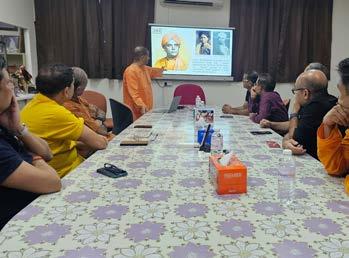

















Supporting your vessel wherever it sails












Published by DMET-MERI Alumni (Singapore)
Chief Editor
Kapil Berry
Editorial Team
Balaji Krishnamurthy
Deependra Singh
Sunil Anand Roy
Alok Pandey
Assisted by Harsh Kumar
Atman S. Kumar



















Supporting your vessel wherever it sails












Published by DMET-MERI Alumni (Singapore)
Chief Editor
Kapil Berry
Editorial Team
Balaji Krishnamurthy
Deependra Singh
Sunil Anand Roy
Alok Pandey
Assisted by Harsh Kumar
Atman S. Kumar
Design and Production
Simple Reels Genesis Pte Ltd
The last year 2024 was when we celebrated our alma mater’s 75th year anniversary. The event was celebrated globally. It is an immense pride to represent an institution so old and with an extensive list of fascinating stories of achievements and contribution to the maritime industry. We are now happy to bring up the next edition of our annual publication.
Our focus for the last two years has been on Decarbonization and ESG. This year, we have changed our theme to people and to Diversity, Equality and Inclusion. DEI is a broad topic and we are focussing on “Women in Shipping” in 2025. Ms. Sonali Banerji, who is the first female cadet from DMET-MERI, and possibly became the first female Marine Engineer from Asia, as well as the first female Chief Engineer from Asia will attend our Annual Reunion this year all the way from Mumbai. Sonali has been an inspiration to young ladies taking
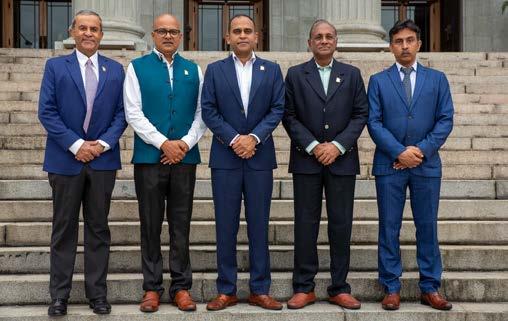
up sea careers and has proved that women can indeed make the best of Marine Engineering.
The photograph on the cover page represents actual female Marine Engineers, Ms Anna D.M, Ms Ishika Chopra, Ms Nur’iffah Sohaimi, Ms Ruchi Tripathi, Ms Sonali Banerjee. The presence of women is becoming visible in the shipping industry as well as in the engine room and continues to rise, though at a slow pace. It is extremely important that the organizations continue to ensure a safe workplace which in turn will encourage more women to join on board and ashore. Quoting Sandra Day O’Connor – “As women achieve power, the barriers will fall.”
The activities last year focused on mobilizing the alumni more regularly and new informal events such as weekly “SG Adda” and monthly “DMET Walk” were introduced. The purpose of the event is to address
the mental well-being of members and meet more frequently with alumni and families, providing moments to cherish, relax and bring back college memories again. Henry Ford said – “ Coming together is a beginning, staying together is progress, and working together is success.”
Like every year, the issue of “The Engine Room”, 2025 edition covers a wide range of topics, apart from DEI - Women in shipping, such as emissions and green technologies, mountaineering apart from poems, paintings, cartoons and stories by alumni and their family members.
It is heartening to see active participation of the alumni families in submitting articles for this year’s publication. As always, past and present issues of our annual publication can be accessed by scanning the QR code.
Happy reading! ▄
Our Alumni is now online! Look for us and join us on social media platforms by scanning the QR codes below!
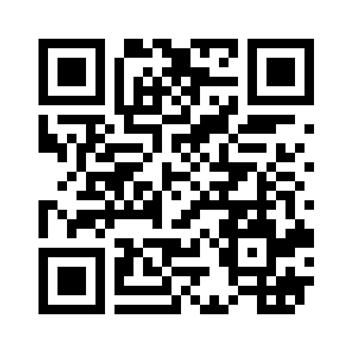

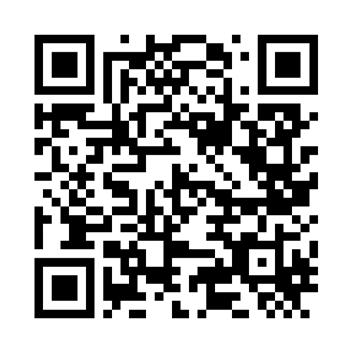

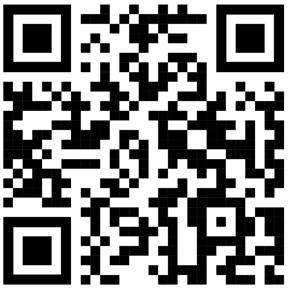



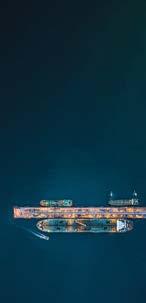




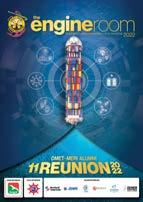










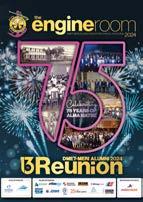
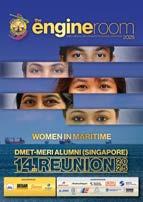








Committee
Sanjiv Mishra President
Sanjay Verma Vice President
Kaushik Roy Secretary
Deependra Singh Asst. Secretary
Balaji Krishnamurthy Treasurer
Rupesh Kumar Asst. Treasurer
Kapil Berry Executive Member
Upendra Kumar Dubey Executive Member
Bal Govind Singh Executive Member
Sunil Anand Roy Executive Member
Pranesh Kumar Executive Member
Associate Committee Members
Vinay Gupta
Alok Pandey
Mrityunjay Singh

Chief Guest
His Excellency Dr Shilpak Ambule, High Commissioner of India to Singapore
Guest of Honour
Mr. B. S. Teeka, Founder and CEO of Executive Group
Hosted by (Emcee) Angela Rebello - Bollywood fame
Singers Rishi Singh - Indian Idol 13 winner
Anjana Padmanabhan - Winner of first Indian Idol Junior
Dance Performances Arshiya Sharma - Recent participation in Super Dancer and America's Got Talent
Anuradha - Choreographer of India's Best Dancer & Super Dancer
Other Programs Ganesh Vandana - A group from SIFAS Lucky Dips - Three Rounds Local Performers



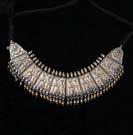











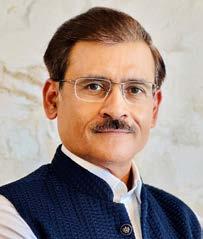
Sanjiv Mishra (Roll Number 3806, Class of 1991)

Greetings and a warm welcome to the 14th Reunion of the DMET-MERI Alumni (Singapore) Association!
Our annual reunion is the signature event of our community, bringing together not only our alumni but also our valued partners and supporters, both locally and internationally. This year, we proudly embrace the theme of Diversity, Equity, and Inclusion (DEI) – Women in Shipping, a powerful message beautifully reflected on our magazine cover.
As one of the most vibrant alumni associations within the maritime industry in the “Red Dot” – the maritime hub of Asia – we take great pride in celebrating our institute’s rich legacy through a series of events throughout the year.
• A nnual Reunion (16th March 2024) – Our flagship event, held at Shangri-La, was a grand celebration of DMET-MERI’s 75th anniversary. It was attended by an overwhelming 500+ guests, including 33 overseas alumni, and we were honoured to host Dr. Shilpak Ambule, High Commissioner of India to Singapore, as our Chief Guest.
• Technical Meet (24th May 2024) – this event, cohosted with DNV at M-Hotel, brought together around 120+ maritime professionals and alumni, featuring
decarbonization apart from insightful campus updates from present day cadets.
• Family Day (3rd August 2024) – A fun-filled day at Ola Beach Club, Sentosa, attended by 400 alumni and their families, strengthening our community bonds.
• D iwali Movie Show (3rd November 2024) – A cherished tradition where alumni, dressed in traditional Indian attire with their families, enjoyed an exclusive screening at Carnival Cinema.
To further enrich our alumni engagement, we introduced several exciting initiatives:
• F irst-Ever DMET Singapore Friendly Golf Tournament (29th September 2024) – A fantastic day of camaraderie with 32 golfers, followed by a lively cocktail and dinner at Sembawang Country Club.
• D MET SG Adda – We started a weekly gathering at Anglo Indian Restaurant, Shenton Way, where alumni enjoy a 50% discount on lunch or dinner on Fridays. This can be a great venue to meet up with your local or overseas batchmates.
• M onthly Walks – As part of health initiatives, a new guided walk series bringing together 25-30 participants to explore scenic trails, followed by a networking breakfast.






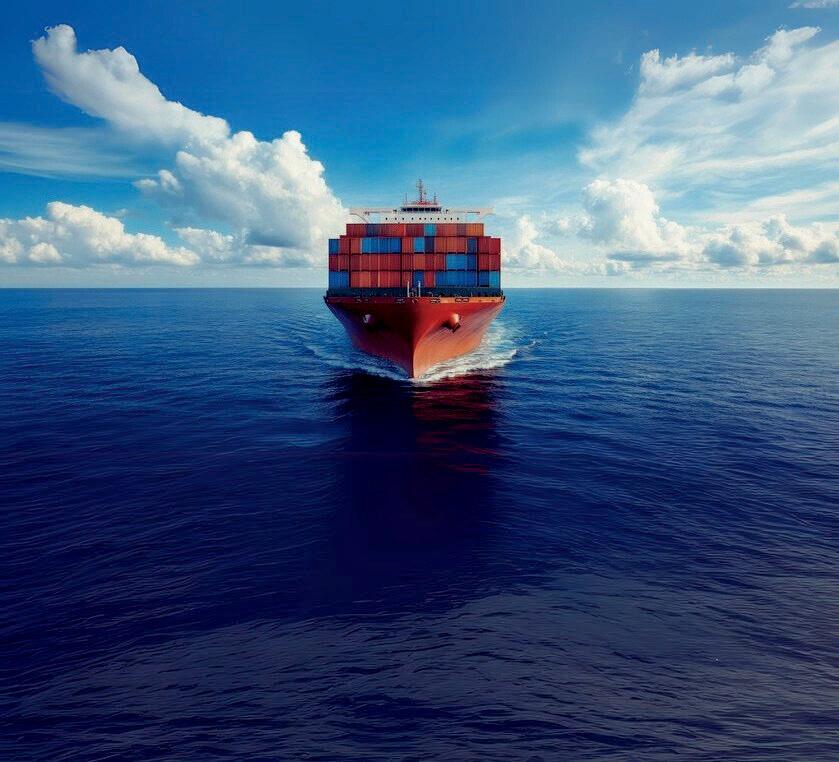
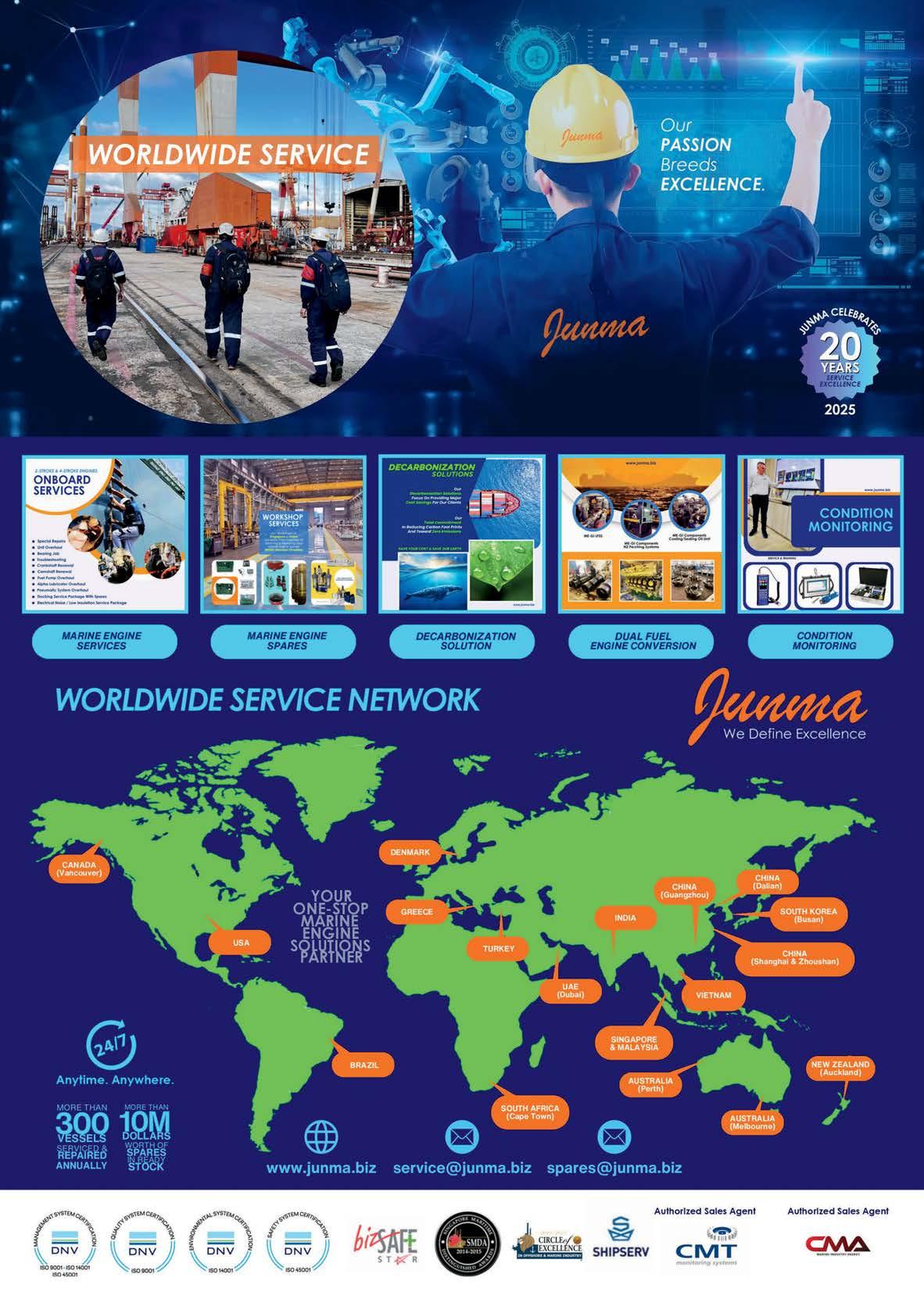


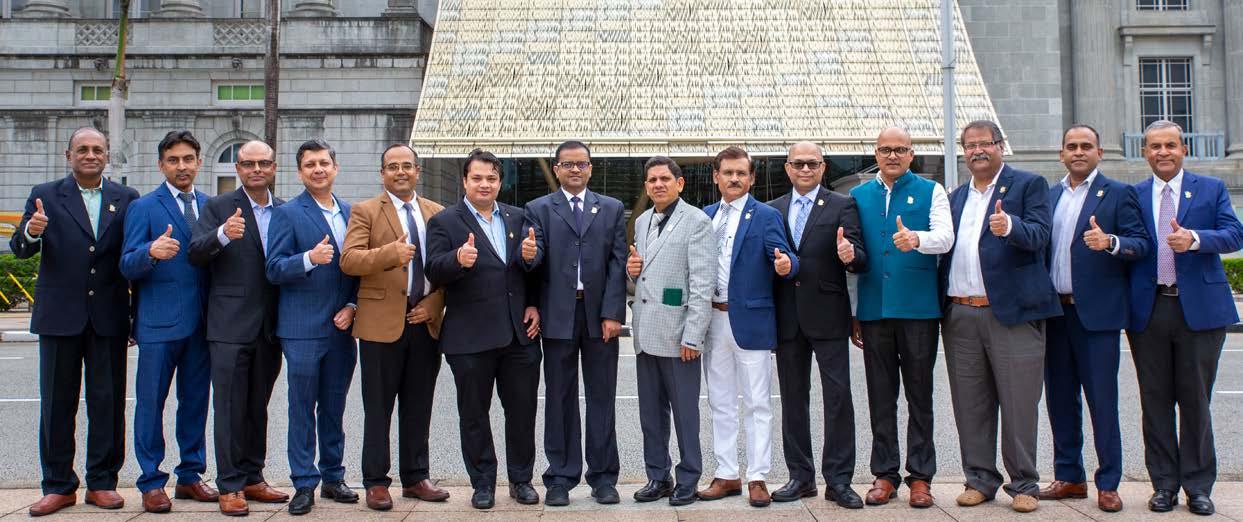
“Alumni are like bridges; they connect the past, present, and future of our alma mater.”
This sentiment is reflected in the enthusiastic participation of members across generations, strengthening our alumni network
We encourage you to stay engaged through our official platforms:
• W hatsApp : (+65 84332312)
• W ebsite, LinkedIn, X (Twitter), Instagram, and Facebook
For any queries or suggestions, feel free to reach out at dmet@dmetalumnisg.com
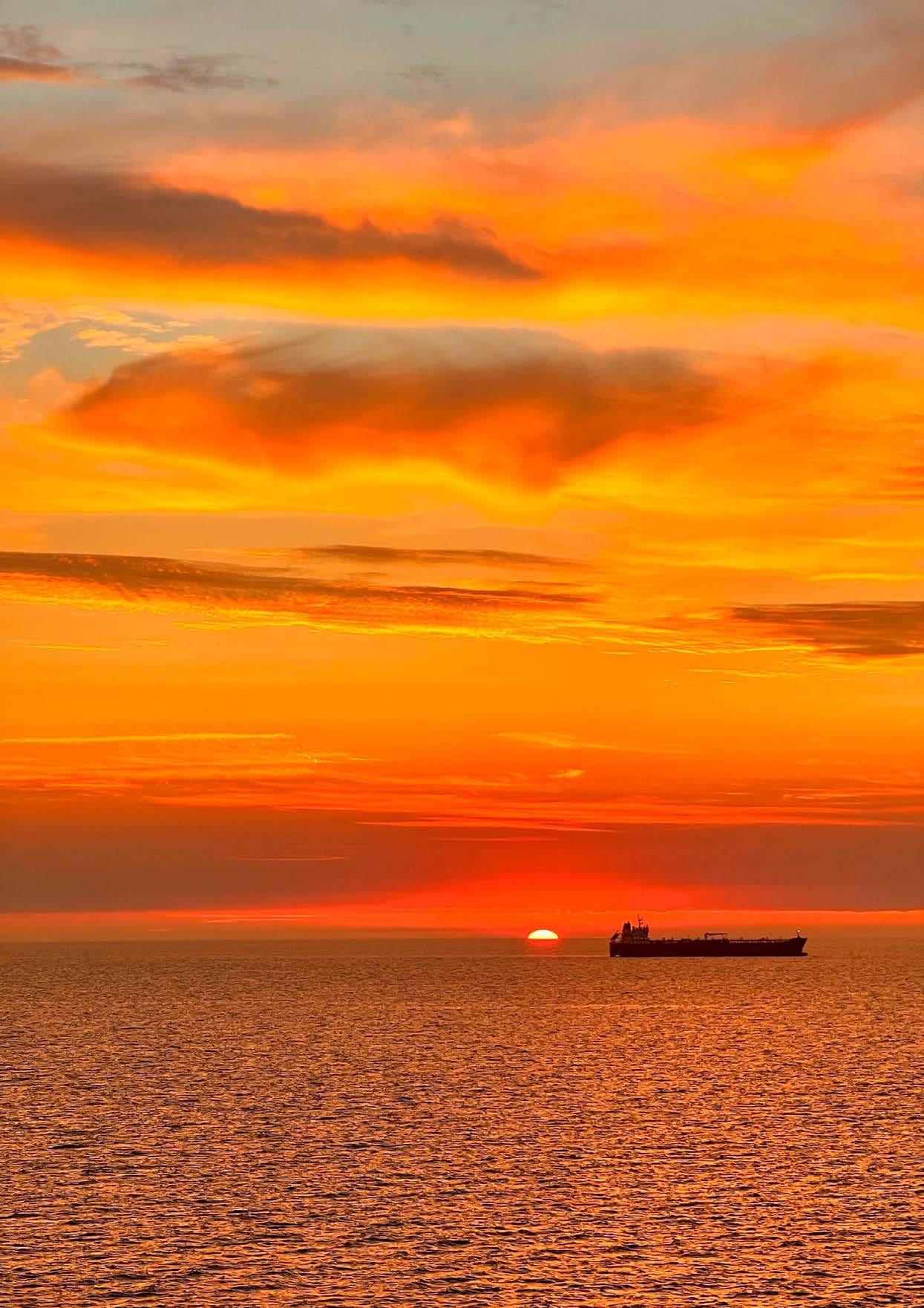
Looking ahead to 2025, we remain committed to organizing engaging events, fostering collaboration, and elevating the DMET-MERI brand globally.
A heartfelt thank you to our sponsors for their unwavering support and to our dedicated committee members for their relentless efforts in making these events possible.
Wishing you all a happy, healthy, and prosperous year ahead!
On Behalf of DMET-MERI Alumni (Singapore), Sanjiv Mishra


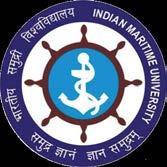
Dr. Malini V. Shankar
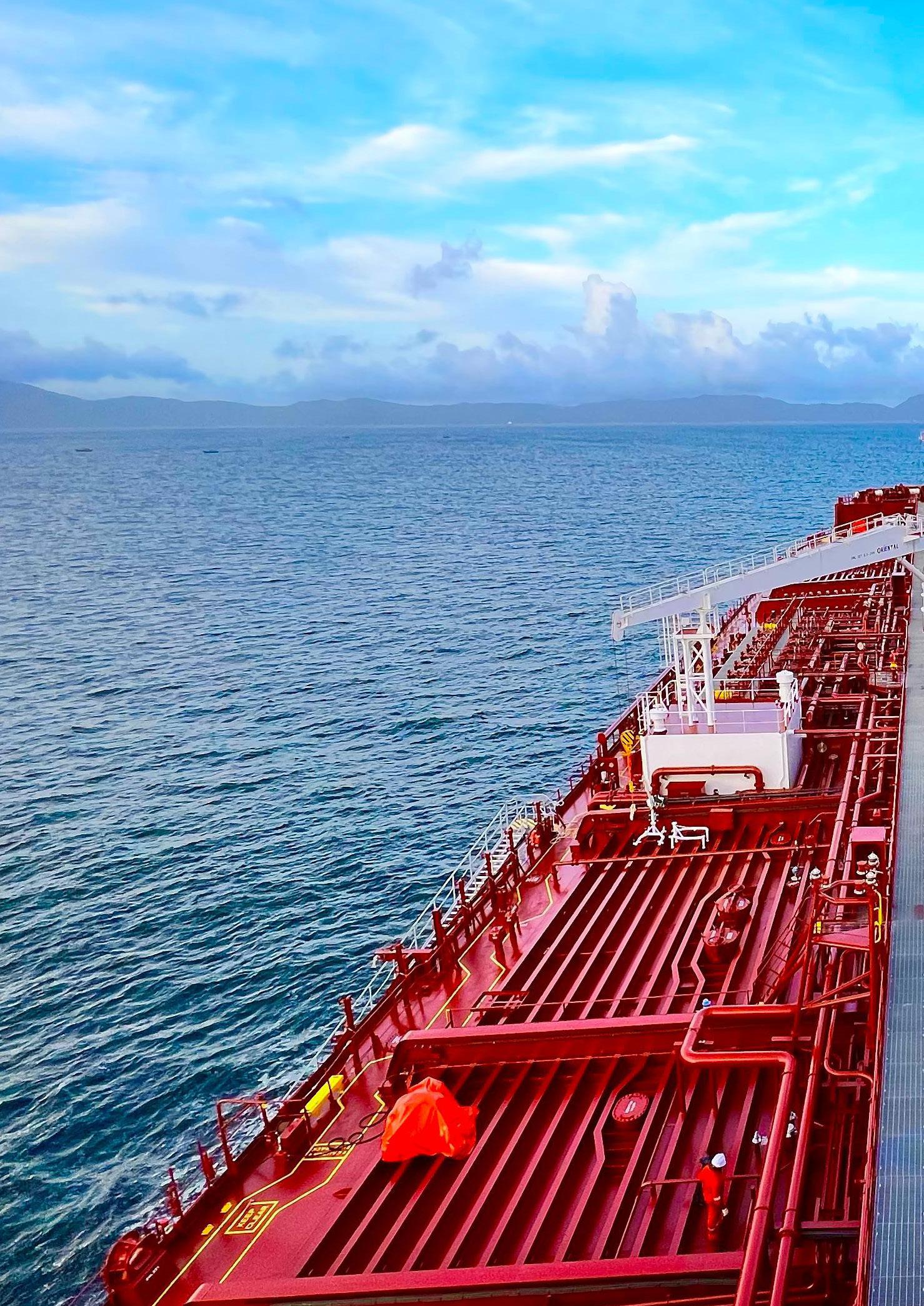
It is with great pleasure and pride that I extend my warmest greetings to all of you on the occasion of the DMET-MERI Alumni (Singapore) Reunion 2025. This significant event serves as a testament to the enduring bonds and shared commitment within our maritime fraternity.
As we come together to celebrate our achievements and reflect on our journey, I am filled with immense pride in the accomplishments of our alumni. Your unwavering dedication, resilience, and excellence have not only elevated the standards of the maritime industry but have also inspired the next generation of maritime professionals.
The publication of “The Engine Room” magazine stands as a beacon of knowledge, innovation, and unity. It serves as a platform to showcase the remarkable contributions of our alumni and to share insights that will shape the future of maritime endeavors.
I extend my heartfelt gratitude to the DMET-MERI Alumni (Singapore) association for organizing this remarkable event and for their tireless efforts in fostering a sense of community among our alumni. Your commitment to nurturing the bonds that connect us all is truly commendable.
As we navigate the seas of progress and innovation, let us continue to support and uplift each other, embracing the spirit of camaraderie that defines our alumni network. It sounds like a truly special event, honoring the achievements and contributions of successful alumni. Recognizing their efforts not only celebrates their individual accomplishments but also serves as an inspiration to current and future students. It’s always wonderful to see a community come together to applaud the success of its members.
Best Wishes for the DMET-MERI Alumni (Singapore) Reunion 2025.


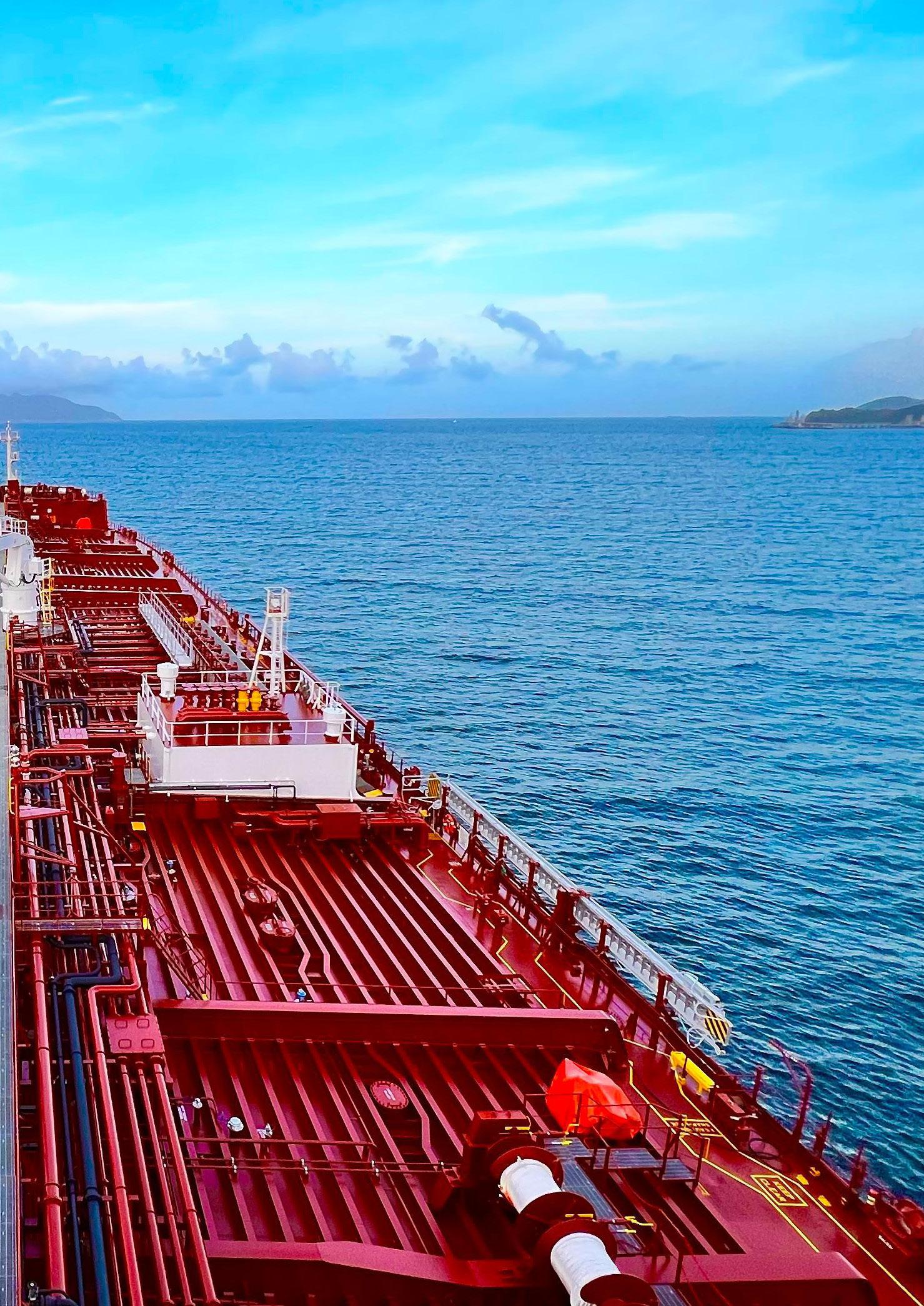
Esteemed Ambassadors of DMET/ MERI/ IMU(KC),
It is indeed a matter of immense honour for IMU, Kolkata Campus, the erstwhile DMET/ MERI, to continue our everlasting ties with you. Your perseverance, dedication and work ethics have helped you master the waves and sail into the prestigious positions in your areas of expertise, while bringing laurels to our institution. These qualities in our Alumni have always been a source of inspiration for the present batch of Cadets, who surely would like to emulate you. I wish to appreciate the concerted efforts of the entire team at DMET-MERI Alumni (Singapore) towards ensuring that the name of our institution holds a place of pride amongst the entire Maritime Fraternity.
At this juncture, I express my gratitude to DMET-MERI Alumni (Singapore) for having donated Fuel Valves and Testing Kit to our Campus, which would go a long way in imparting hands-on training to the Cadets. Your support in terms of placement assistance is also deeply acknowledged. May I request for your continued support to the Campus, towards effecting incremental improvements in
amenities for the Cadets, be it on training, sports, infrastructure, etc.
It was also a pleasure to host Mr Sanjiv Mishra, President DMET-MERI Alumni (Singapore) in our Campus on 24 Jan 2025. Undoubtedly, Alumni Associations help in creating a healthy bond between our institute and industries, by sharing your practical experiences, sharing of insights on the latest technological advancements as well as the industry expectations from the Cadets. These inputs help immensely towards better placement records.
I am sure that this reunion would also take you down the memory lane and help you cherish the fond memories of the golden years of your youth that you had spent with your teachers, mentors and friends in our Campus. I sincerely wish you all, as indispensable cogs in this Alumni Association, grand success in all your ventures and that you maintain this healthy rapport with your Alma mater for a life time.





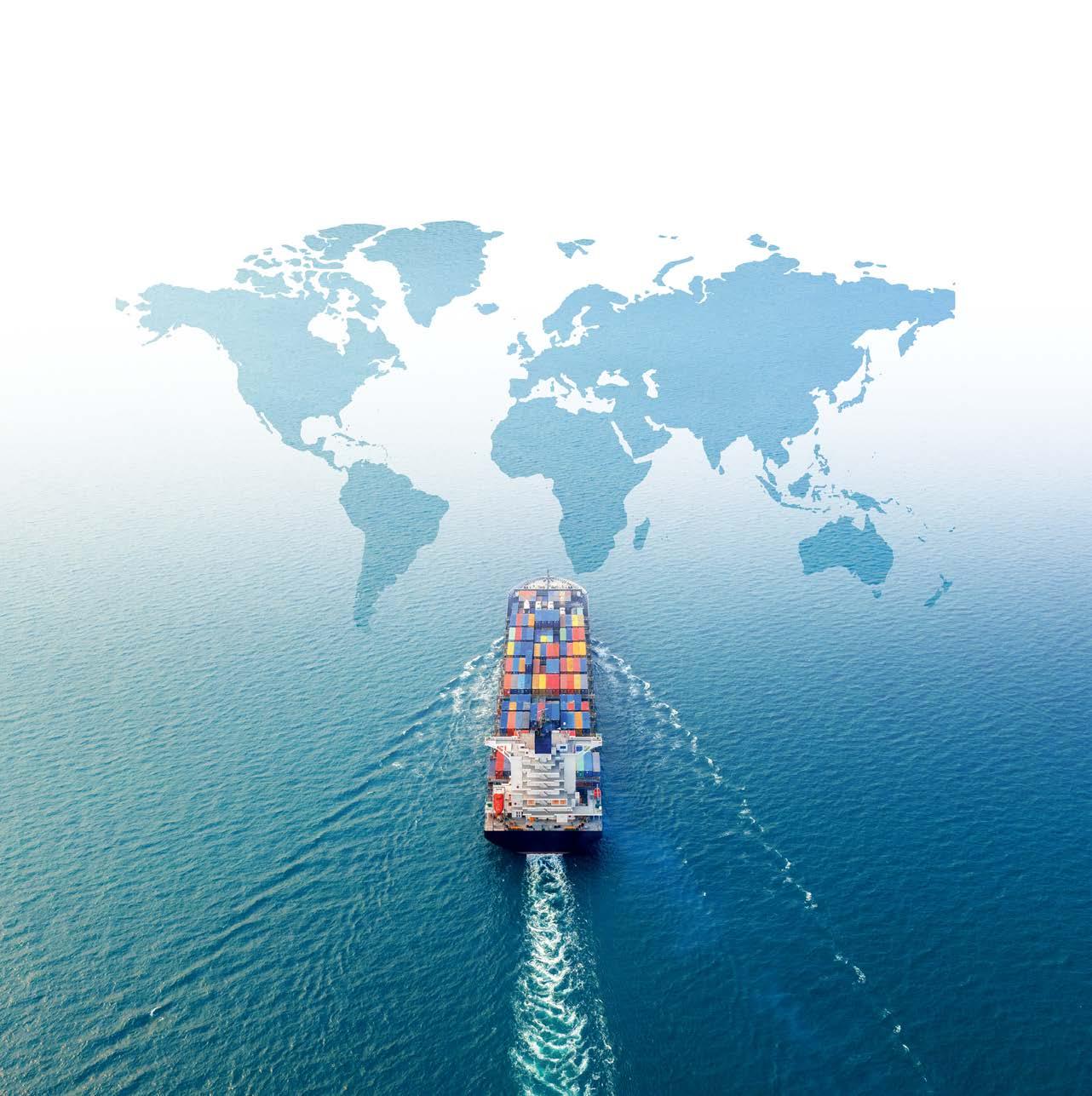

By Cadet Anna DM & Cadet Sreya V Pillai

In the legacy of the DMET-MERI, now known as the IMU, Kolkata Campus, the journey of women has been one of determination, perseverance, and growth. This institution, a cradle for countless maritime professionals, has seen a transformative shift in gender representation over the years, paving the way for greater inclusivity in marine engineering - a domain which perceived as a male bastion. From only one lady cadet in the institute to eighty lady cadets at present, DMET has been the trendsetter for promoting the involvement of women in the maritime industry.
The journey began with Engineering Officer Sonali Banerjee, who etched her name in history as India’s first woman marine engineer. Joining DMET in the mid-1990s, she broke stereotypes and charted a course for countless others to follow. August 27, 1999, marked a historic moment for gender equality in the maritime industry as she graduated from DMET to become India’s first woman marine engineer demonstrated the courage to enter a field dominated by men.
In those days when societal norms and the demanding nature of the profession made merchant navy an unconventional choice for women, pioneers like Sonali Banerjee and others proved that grit and dedication could overcome any obstacle. Their achievements became a beacon of hope, encouraging others to venture into the maritime world.
There are combined efforts from the government and private stakeholders to increase the enrollment of lady cadets in this field which comprises of Maritime Training Trust scholarship for lady cadets and BW LPG scholarship for lady cadets pursuing maritime training in IMU. Companies like Chevron, Maersk, and Synergy have increased their intake of lady cadets onboard and incorporated a gender sensitized crew.
Over the decades, there has been a significant rise in the number of lady cadets enrolling at DMET. This change is attributable to growing awareness, evolving societal attitudes, and efforts by institutions to create a supportive environment for women. Particularly in DMET Samvaad there has been a significant presence of lady cadets.
It is with utmost honor and pride that we share that DMET Samvaad has the maximum number of girl cadets engaged and the number is continuously increasing every year.
DMET provides dedicated hostel facilities for female cadets, designed to ensure safety, comfort, and access to campus resources. Senior faculty and alumni networks actively mentor female students, fostering a culture of guidance and support. Workshops and engine rooms ensure cadets, regardless of gender, receive hands-on training equivalent to global standards.






Collaboration between DMET and organizations like WISTA (Women’s International Shipping & Trading Association) provides platforms for networking and professional growth.
The placement scenario for lady cadets at DMET has seen a steady rise. Shipping companies, recognizing the value of a diverse workforce, have increasingly opened doors to female marine engineers and deck officers. Companies like Maersk, Chevron, NYK, Wilhelmsen Shipping Management (WSM) and Synergy actively recruit female marine engineers from DMET.
As DMET continues to nurture talent and shatters barriers, it stands as a shining example of how inclusivity and equal opportunity can transform an industry. The achievements of its lady cadets are not just individual triumphs but a collective stride toward a more diverse, equitable, and forward-thinking maritime future. By nurturing leadership qualities and technical acumen in its lady cadets, DMET aims to produce a generation of maritime leaders who will redefine the industry.
The legacy of these pioneers and the rising participation of women at DMET underscore a powerful message: no dream is unattainable, no ocean too vast, and no horizon too far when guided by courage and commitment. From

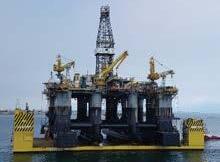


Sonali Banerjee’s pioneering path to the thriving community of women seafarers today, DMET has not only stayed ahead of the curve but has also set the standard for maritime training in India. As the seas become more inclusive, DMET remains firmly anchored in its mission to produce competent, confident, and visionary women leaders of tomorrow.
Cadet Anna DM: Currently associated with NYK-SM, she is known for her exceptional organizational and communication skills. She has consistently excelled as a content writer and graphic designer for DMET Samvaad. She represented her college at prestigious events like INMARCO and IMO Mock Technical paper presentation competition and won them both. She also represented the Indian Maritime University at the G20 University Connect in New Delhi.
Cadet Sreya V Pillai: A multi-talented member of DMET Samvaad, serving as a graphics designer and content writer. She serves as a Placement Cell Member and has gained considerable experience through an internship at the Centre of Excellence (Marine Engineering), INS Shivaji. She is also one of the scholars of BW LPG India scholarship. Also, a part of the Sainyayatri–elite parade contingent of the college.








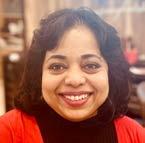
By Mahua Chakravarty Editor, Marine Fuels (Asia Pacific), Argus Media
When I first started covering marine fuels for Asia at Argus, I was at one of the most challenging points in my life. Shipping was an unfamiliar industry, and I questioned whether it would be engaging enough for my career as an editor. But over the past two years, my perspective has completely changed. What began as just another professional assignment has turned into something far more meaningful.
Shipping is more than just an industry—it is a community. It is operationally fragmented, spanning suppliers, shipowners, shipbuilders, and ex-sailors. Yet, despite the geographical distances and differences in roles, it thrives on strong personal bonds and shared experiences. Many of the professionals I have met spent years at sea before transitioning to shore-based roles. But no matter how far they move from the ocean, a part of them always remains there.
This enduring connection to the sea is what makes shipping unique. It is not just a job or a business—it is a lifelong passion. There is a certain longing for the unknown, an attachment to the vast waters, and an understanding of its challenges and rewards. It is this connection that binds people together, whether they are sailors, shipbuilders, or traders. But today, this deeply traditional industry is undergoing one of the most significant transformations in its history.
The winds of change are here. The International Maritime Organization (IMO) is driving the sector towards decarbonization, challenging shipping to move away from its long-standing reliance on fossil fuels. As a pricing reporter and editor, I have spoken with companies and organizations working to bring clean marine fuels into the mainstream. These discussions on fuel production, market demand, and price discovery have given me insight into the complexities of this transition.
Decarbonization is not just a technical challenge; it requires a complete mindset shift. Shipping has always been fuelled—both literally and figuratively—by fossil energy. Now, it must embrace new regulations, alternative fuels, and ship designs that are radically different from those of the past. This is more than just replacing one fuel with another—it is a transformation of the entire operational framework.
Yet, despite the challenges, progress is happening. Shipbuilders are reimagining vessels that can run on ammonia or hydrogen. Ports are evolving, integrating digital systems and automation to enhance efficiency. AI, drones, and smart technologies are becoming part of the supply chain, redefining how ships are operated and maintained. These advancements are not just reshaping logistics but also changing the nature of maritime careers, creating new roles while shifting traditional ones.





One of the most inspiring aspects of this transition is the collaboration it has sparked. The journey to decarbonization is bringing together experts from different fields—engineers, fuel suppliers, regulators, and data analysts—who must bridge the gap between legacy practices and future innovations. While challenges remain, this collaboration is driving innovation in ways that were unimaginable just a decade ago.
Beyond decarbonization, another shift is taking place— the growing focus on diversity and inclusion. The maritime industry has been perceived as male-dominated in the past, but that is changing. In the past two years, I have met remarkable women who, like me, found their way into shipping unexpectedly and fell in love with it. Others have spent their lives mastering the craft of building and sailing ships. Their presence in the industry is growing, and as shipping continues to evolve, it will benefit from the perspectives and skills that a more diverse workforce brings.
This diversity is not just about gender. It is about welcoming people from different backgrounds, disciplines, and ways of thinking. As shipping transforms, new voices and
ideas will be needed to navigate the challenges ahead. Multi-generational teams are already working together to imagine the ports and ships of the future, combining traditional expertise with cutting-edge technology. The sector’s ability to embrace this diversity will determine how successfully it adapts to change.
Shipping is not just an industry in transition—it is an industry in motion. Every day, millions of people across the world work to keep it moving, whether by designing new vessels, developing alternative fuels, or optimizing port operations. And just like the sea itself, shipping is always shifting, adapting, and evolving.
When I first entered this industry, I was unsure of my place in it. But over time, I have come to see its depth, complexity, and resilience. Shipping embraced me at a time when I needed direction, and now, as the industry sails forward into uncharted waters, I am excited to see where this journey takes us next. I am grateful to be part of this transformation—to witness history as it unfolds, to engage with those shaping the future, and to tell the story of an industry that never stands still. ▄
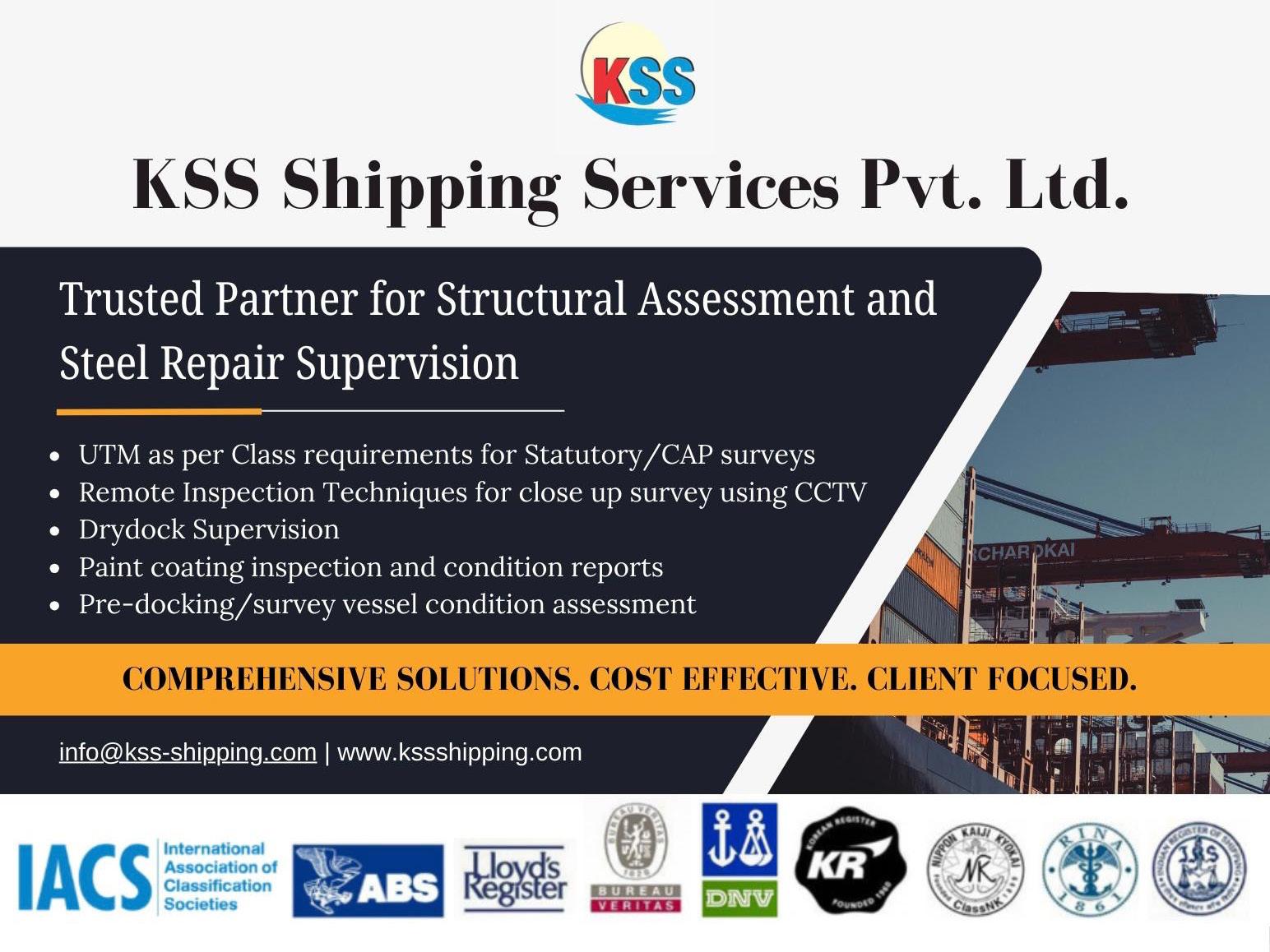




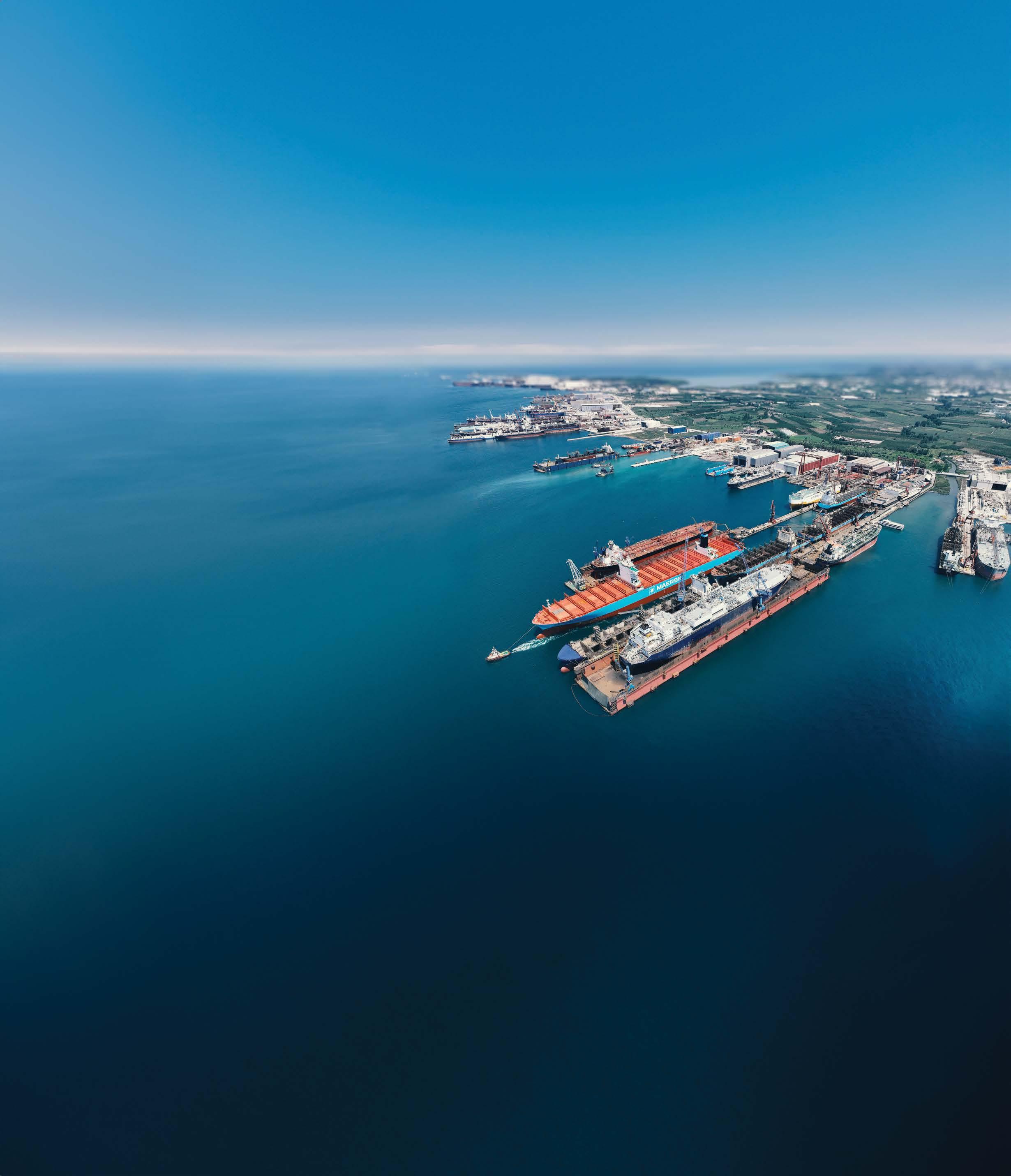


Alma Marter – “A nourishing mother”. A proud daughter of DMET / MERI / IMU (Kol), it’s always a great privilege to pen down my thoughts as an Alumnus.
Being an Ex- DMETian always give us a great networking and mentorship platform in the maritime fraternity. They also help in career advice, cadets’ recruitment and industry insight. In Marine Engineering, DMET/ MERI was always a name to reckon with, providing the finest of Marine Engineers to the country.
I remember as the first lady cadet inducted into the Fouryear program, my experience has been a combo of both pleasant and some not so pleasant experience, as the system was not prepared to have a lady in the campus. I would like to take this opportunity to express my gratitude to MERI Kolkata for all that I am today, and we hope the same support and guidance we are able to give the budding youngsters passing out each year.
Thirty years … And a lot has changed. The younger generation today is full of confidence, uncompromising.

By Sonali Banerjee
Roll Number 4843
Class of 1999
Thankfully they have unlimited access to information, where all solutions are available at the click of a mouse. However Maritime being a typically experience based profession, they would still need guidance from those who have matured within the profession.
As I move along my career path, I can see there is a lot of thrust on DEI initiatives from Big Business houses. In contrast to the same from some pockets of the world we get to hear some revolts against the DEI initiatives, which is a bit of a concern.
Diversity, Equality and Inclusion – Should we “promote the fair treatment and full participation of all people, particularly groups who have historically been underrepresented or subject to discrimination based on identity or disability” or should we “strictly be guided by merit-based hiring”.
The need for DEI for a society, which is primarily Patriarchal, and the representation of women is very low in technical functions, is imperative. To be able to see some Diverse leadership at the top tomorrow, we need to invest in




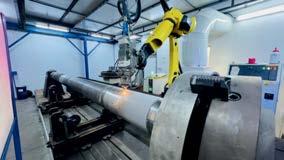




developing the Capacity in terms of Bench Strength and Experience.
In any organisation, as we start moving from the base to the Apex of the triangle, the choices start narrowing down. Hence to be able to see a diverse representation, we need to have the desired numbers at the base, which sometime may require little hand holding and empathy, to start with. Gender Neutral is the way to be inclusive of Gender Diverse identities.
There is a low representation of women in STEM –Science, Technology, Engineering and Mathematics. The STEM Careers are the jobs of the future driving innovation, well-being and sustainability. We see women rising to mid- management, thereafter either they drop off or settle into some comfortable corner, wherein their presence and leadership in these domains are not tangible. Though a lot of women take up studying at the under-grad level, a miniscule percentage of them take up engagement as a professional. The paucity of women in STEM is not merely due to skill inadequacy, but also a result of assigned stereotypical gender roles.
The representation of women in STEM is essential to a be able to capture the vast potential lying untapped in that segment. Their representation can be enhanced by
Research, Capacity Building, and Mentorship Programs. Globally, many programs in the form of financial support from various Trusts / Governments, arranging awareness camps, advocacy toolkits are being arranged, to enhance the DEI measures.
Indians has seen a significant upsurge in the stature of the Nation in the International Domain, and so have.
Today the scenario has improved a lot. Gender inclusivity and Gender, sensitization are showing the fruits, which were sown earlier, as lot of companies are taking up DEI initiatives and the number of women seafarers have increased multiple folds since when we started.
It is the right time for women to progress in technical field and progress with changing strategies, as maritime was primarily an experience based domain, and with advancement of technology, it is no longer only about past experience but adaptability to the new technology, use of digitalization, Artificial Intelligence, Machine Learning etc. Its more about brains rather than brawns, which are a level playing field for women too.
To conclude, I sincerely believe that such Alumni gathering and networking platforms would help us to understand the gaps in diversity and help us embrace each other, for a more meaningful tomorrow. ▄
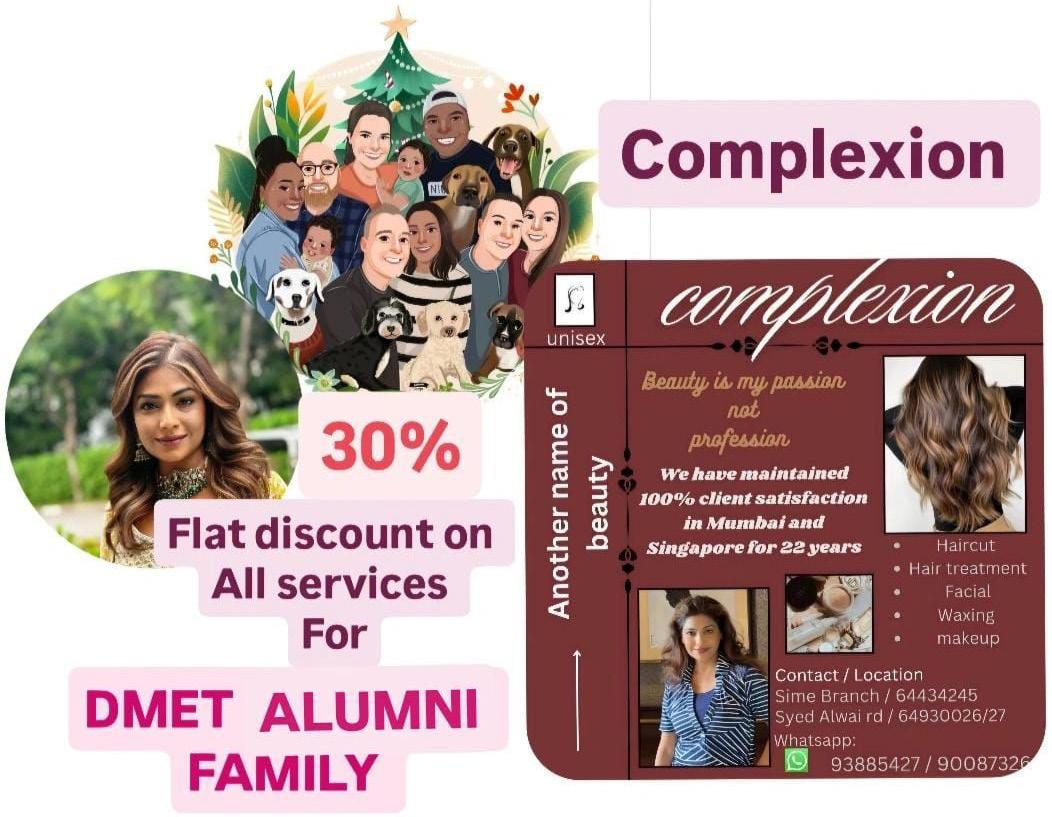




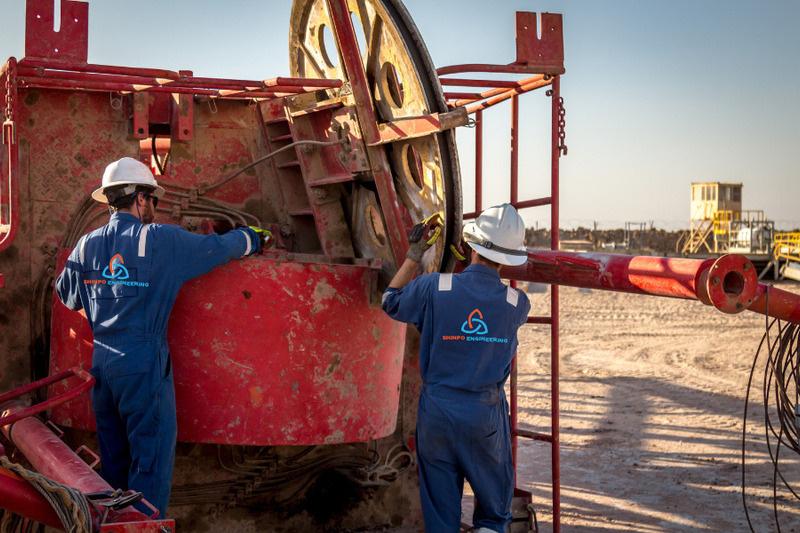


The maritime industry has long been a cornerstone of global trade and commerce, moving approximately 90% of the world’s trade by volume. Yet this industry has struggled to reflect the diversity of the world it serves. From the bridge to the boardroom, maritime remains a male-dominated field, with women and other underrepresented groups facing significant barriers to entry and advancement. The Maritime sector still lags when it comes to DEI.
According to IMO women make up only 2% of the world’s seafarers, with a mere 1% holding officer positions. On shore, the numbers are slightly better with 5% of leadership roles in the maritime industry held by women. A lack of diversity leads to a lack of innovation, creativity, and problem-solving. Maritime companies risk missing out on innovative solutions, neglecting emerging markets, and failing to attract and retain top talent.
Research has shown that diverse companies outperform their less diverse peers, with higher revenue growth, greater innovation, and better decision-making. McKinsey reports that companies with representation of women exceeding 30% are significantly more likely to financially outperform those with lesser.
Women often face a unique set of challenges that prevent them from advancing in their careers especially in leadership positions. According to a survey 47% of the respondents said they were “‘comfortable” having a woman as CEO of a major company in their country, declining trend than a year prior.
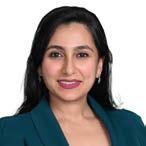
By Akanksha Batura Pai Executive Director, Sinoda Shipping
Women are also expected to take on more family responsibilities, making it difficult to balance work and personal life. The penalties for taking time out of the workforce are high: For women who took one year off from work had 39% lower earnings calculated over 15 years period. Mothers have it worse - while 75% of expecting moms say they are excited to go back to work after giving birth, 43% end up leaving the workforce altogether.
Approx. 70% of high school valedictorians are girls. Despite outperforming their male counterparts up till a certain age, women’s representation in the workforce dwindles afterward. This alarming trend is largely attributed to the lack of adequate childcare support, which forces many women to choose between their careers and family responsibilities. Another issue facing women is the “imposter syndrome”. Despite their qualifications and experience, women often feel like they don’t belong or that they’re not good enough. This can lead to a lack of confidence and a reluctance to take on leadership roles.
Successful women are also often expected to remain “humble” in the face of success, downplaying their achievements and giving credit to others. Such perceptions reinforce the stereotypes and biases that affect the role and contributions of women in the workplace, which can result in inferiority complexes and the discounting of success.
So, is that it… Is the future just bleak? No, the world indeed is changing. And here’s what can you do to support DEI in maritime:
Speak Up
Use your voice to amplify the voices of others and challenge biases and barriers. Participate in campaigns like International Women’s Day and the IMO International Day for Women in Maritime. Celebrate women’s achievements






by recognizing and celebrating women’s successes. Foster a culture of inclusivity in meetings by actively amplifying marginalized voices and ensuring they are heard. Make a conscious effort to prevent interruptions and allow colleagues from underrepresented groups to share their thoughts and ideas clearly.
Advocate for inclusive policies and practices in all aspects of your own company – from hiring and training, to promotion and opportunities for representation on Boards, conferences and work groups. Create flexible scheduling, remote work options, and parental leave policies to support work-life balance.
Additionally, digitalization can also offer job re-designs –a traditionally desk bound job can potentially be done at home, hence enabling traditionally disenfranchised communities, differently-abled people to re-join the work force by working part time from their homes.
Encourage the women in your companies to join organizations like WISTA, Maritime SheEO and WiMA, Diversity Study Group and SMF etc for networking opportunities and join mentorship programmes. Join as a mentor and sponsor younger and mid-career women by providing guidance & support to advance in their careers. You can also participate in surveys that routinely try to gather information to understand the participation of women in the maritime workforce. Not only do these surveys help in charting the progress of DEI practices in our industry,

but they also point out and reallocate resources to the sub-sectors that especially need help in attracting diverse talent.
If you are a man, refuse to be a part of “MANels” (panels that only feature men). Encourage event organizers to include diverse panels and speakers. Having trouble finding a female speaker in a niche topic? The Maritime Speakers Bureau is an initiative by the IMO and the WISTA that is a free-to-use database featuring female speakers in different geographies. You will also be pleased to know that if you commit to this endeavour, you will find yourself in good company; the IMO’s Secretary-General Mr. Arsenio Dominguez is also known to refuse to be part of “MANels”.
Be a trailblazer, someone who can alter the behaviour of others by leading change - through actions and advocacy. Creating a more diverse, equitable, and inclusive maritime industry is not easy, but essential. Nevertheless, we can chart a new course for our industry – one that reflects the diversity of the world we serve and unlocks our full potential.
I would like to end this article with a powerful and thought-provoking quote by Singapore’s First Lady Ms.Jane Yumiko Ittogi - “If women were truly, fully and equally represented in all aspects of society, the world would certainly not be in the sorry state it is now.”
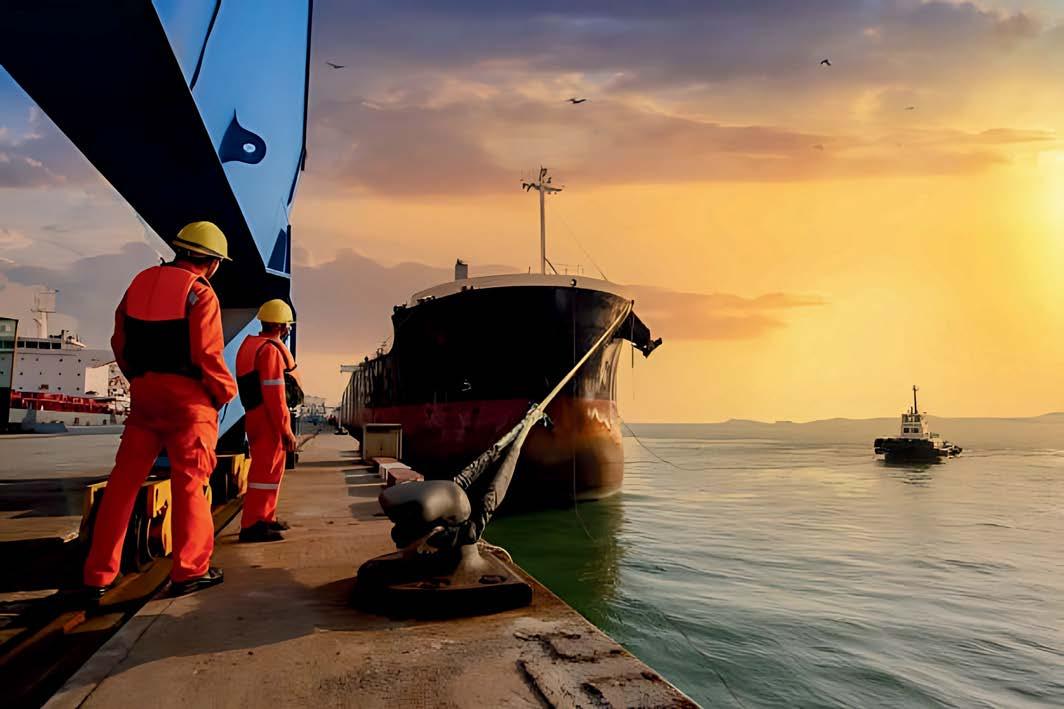

Strive-High




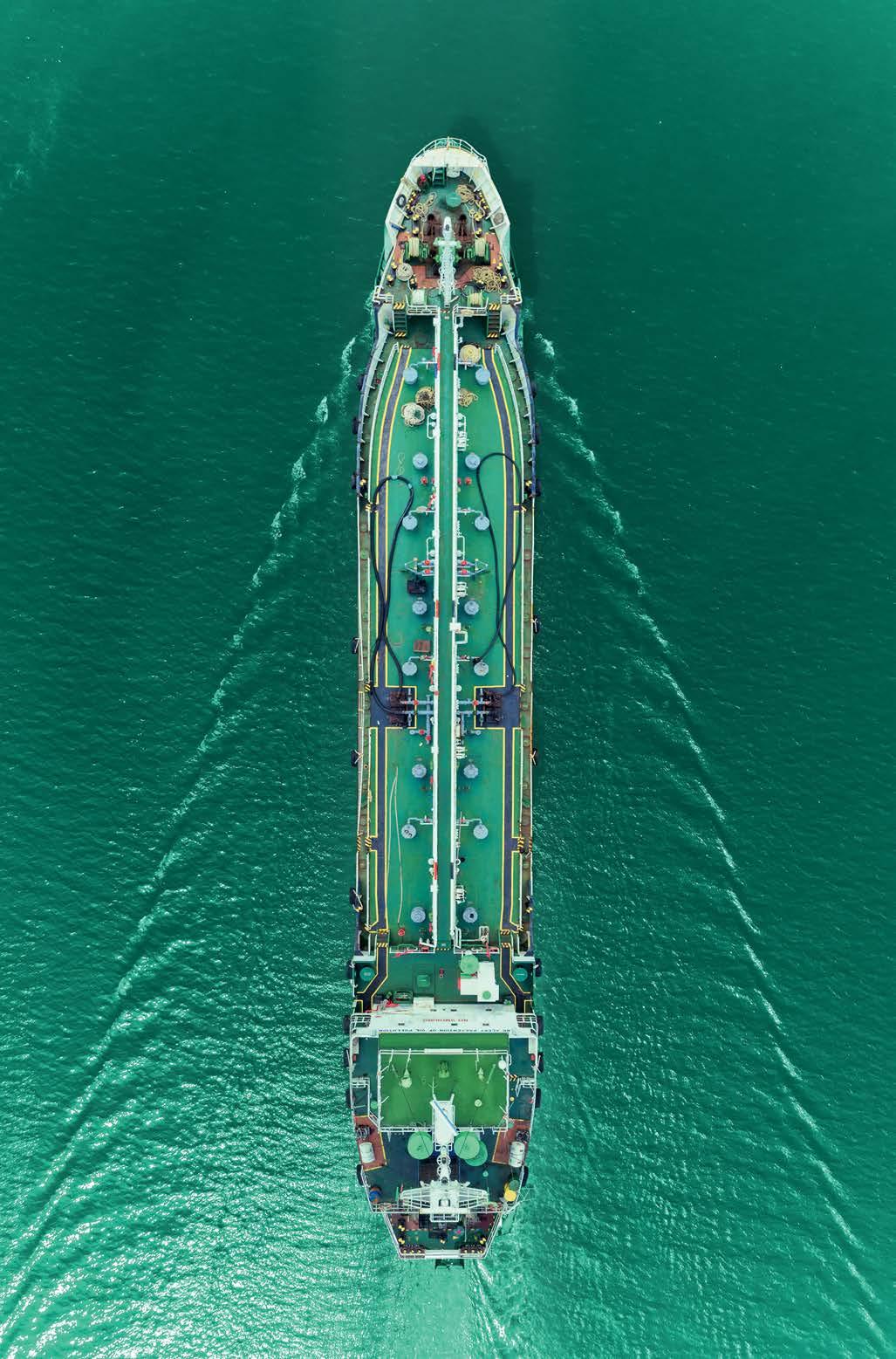


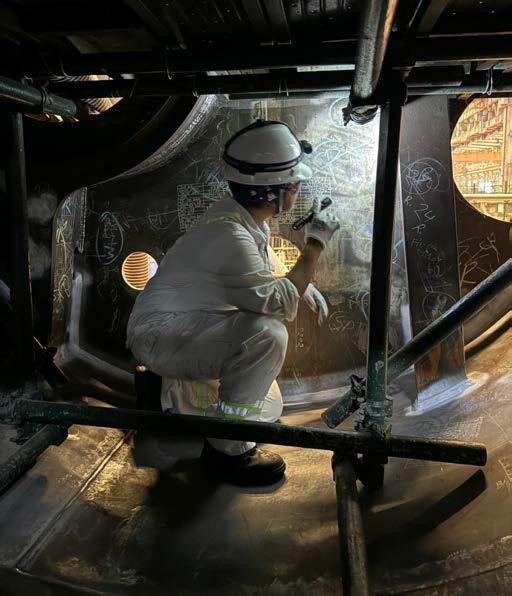
By Nur’iffah Sohaimi | Surveyor, ABS, Singapore
At the age of nineteen, Ms Nur’Iffah Sohaimi boarded her first vessel, sailing internationally around the world as a cadet engineering officer. Her adventurous nature and her love for science and engineering led her to explore the world via the maritime industry, specifically the marine seafaring industry. At the age of twenty, she obtained a certificate of competency class 5 marine engineering officer and sailed her first vessel as a full-fledged 4 th Engineer, holding up responsibilities of the auxiliary machinery in the engine room. It was unfortunate that her first vessel that she boarded had challenging machinery issues that caused the ship to have frequent blackouts and heavy rolling.
Therefore, she decided to recharge and upskill her knowledge by pursuing a degree in mechanical engineering specializing in robotics and mechatronics in hopes that it will aid her in her seafaring career. She sees herself enthusiastic about maritime and robotics. Her vision is to be able to combine both maritime and robotics together soon. As she completed her studies and obtained a bachelor’s degree with Nanyang Technological University, she continued her path to obtain the certificate of competency class 1 chief marine engineering officer license.
She is now working as a Classification Society Marine Surveyor with the American Bureau of Shipping (ABS). As she reminisced her past experience, there were bittersweet moments where she had to sail onboard a vessel during COVID pandemic period, experience missiles shooting over her ship in the Middle East when she was serving on a tanker ship, meeting derogatory seafarers and
being most of the time the only female onboard. However, this did not hamper her dream of reaching her goal in obtaining her Chief Engineer’s licence and her desire to travel to 30 countries before turning 30.
While she was sailing as an engineering officer, she had the opportunity to work with various nationalities around the world such as Britain, America, Croatia, Italy, Venezuela, Panama, Australia, Hungary India, Philippines, China, etc. learning their language and their culture as well.
As of now, she has travelled and explored seventy countries and sailed through the seven seas. In addition, she has obtained her Chief Engineer’s license. She has sailed as a Chief engineer below 3000kW and as 2 nd Engineer for vessels above 3000kW. Even though she has reached her initial goals, she is now exploring the possibilities of robotics being in the maritime industry for future application.
She chose to be a marine surveyor with ABS to gain more experience and knowledge in the maritime industry. She enjoys her work as it gives her exposure to new building projects and various challenges that require solutions to meet compliance with the maritime regulations.
Her advice for the young female aspiring seafarers is to believe and have faith in yourself. Mistakes and unpleasant events in life are inevitable, however it is the best lesson you can have. Remarkable stories come with overcoming great challenges. In addition, overcoming great challenges makes you stronger individually. ▄






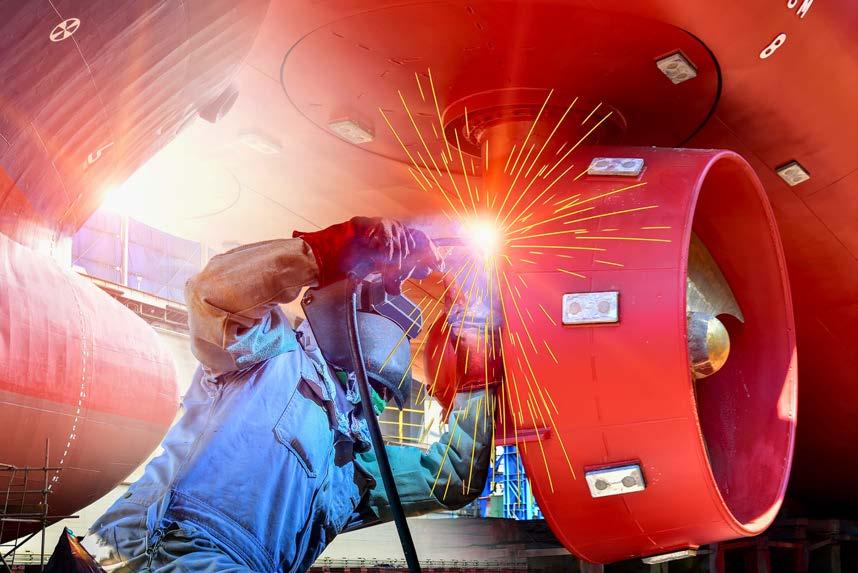




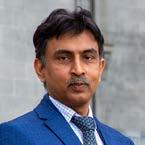
By Sunil Anand Roy | Roll Number 5019 | Class of 2001
Life of a Marine Engineer is a difficult one for women, but so is the life for women in politics
Margaret Thatcher was called as “The Iron Lady”, known for her mental strength and contribution to World Politics. Closer to Asia, Indira Gandhi , “The Iron Lady of India” led India for close to 15 years navigating through a complex political eco system. In recent times, Jacinda Ardern , the Prime Minister of New Zealand, and Sanna Marin , the Finnish Prime Minister provided leadership with empathy and grace. Jacinda Ardern, a vocal advocate of Mental Well Being, Climate Change, gained recognition for managing the situation during Covid 19. Sanna steered Finland during Covid 19, has been vocal about Russia’s attack on Ukraine and under her leadership, Finland joined NATO.
The above examples exemplify women leaders who can take defining decisions, actions, and work tirelessly.
Women in Marine Engineering: The first female Marine Engineer in the UK is Victoria Alexandrina Drummond (as per Wikipedia). She served at sea during the Second World War as an engineering officer in the British Merchant Navy. Lady Drummond faced prejudice and continued to sail as 5th Engineer, even when she had a 2nd Engineer license. The Department of Trade did not pass her in Chief Engineer’s examination for 11 years, following which she took her Chief Engineer’s license from Panama, and yet she could find employment only as 5th Engineer. She later worked as a Supervising Engineer (Superintendent), overseeing the building of new ships for short contracts and continued to struggle finding a proper job.
Ms. Sonali Banerjee, our alumni from the batch of (Class of 1999) is the first female Marine Engineer from DMETMERI and the first female Chief Engineer from India. She earned her Chief Engineer’s license in 2007. Subsequently young girls have been embracing Marine Engineering in India, graduating from DMET-MERI and other training institutes and taking to the high seas almost every year, many of them achieving Chief Engineer’s licenses.
Closer to home, Singapore’s Ms. Nur’iffah Sohaimi, fell in love with sea at a young age of 19. She returned to study and completed a degree in Mechanical engineering specializing in robotics and mechatronics at NTU. She returned to the sea as a 4th Engineer thereafter. In an interview with CNA, she said “I have a passion for both maritime work and robotics, but seafaring is my calling.” She is now working with Class ABS as a Marine Surveyor.
IMO, National governments, and many institutions have been encouraging women to join the maritime industry and sail onboard at different ranks. IMO supports gender equality and the empowerment of women through various initiatives:
• b y facilitating access to high-level technical training for women in the maritime sector in developing countries
• b y creating the environment in which women are identified and selected for career development opportunities in maritime administrations, ports and maritime training institutes; and
• b y facilitating the establishment of professional women in maritime associations, particularly in developing countries.
As per data from BIMCO/ICS 2021 Seafarer Workforce Report, female seafarers represent only 1.2% of the global seafarer workforce. This however represents a positive trend in gender balance, with the report estimating 24,059 women serving as seafarers, which is a 45.8% increase compared with the 2015 report. Within the framework of maritime development, and through its Women in Maritime program, under the slogan: “Training – Visibility –Recognition”, IMO has taken a strategic approach towards enhancing the contribution of women as key maritime stakeholders.
Shipping and Marine Engineering may be tough, but women can be tougher. ▄




Jason Electronics Pte Ltd (JEPL), headquartered in Singapore, has been a leading provider of integrated solutions for marine communication, navigation, and automation systems for 49 years. The company excels in designing, supplying, installing, integrating, testing, and commissioning comprehensive solutions for the marine and offshore oil & gas industries. JEPL also offers satellite airtime services to complement its communication solutions.
After-sales support | Maintenance services | Expert troubleshooting | Supply and installation of replacement parts | Certified surveys for major Classification Societies | Engineers certified to Maintain and service Voyage Data Recorders (VDR) & Perform annual performance tests for VDR KEY SERVICES
JEPL has a strong international presence in key markets, including India, Indonesia, Malaysia, People's Republic of China, Thailand, Vietnam, and Spain.
With over 40 years of industry experience, JEPL has forged partnerships with internationally renowned manufacturers such as Raytheon Anschütz, SeaTel, Netwave, Danelec, Navico, ACR, Koden, Skipper, and Cobham (Sailor / Thrane & Thrane). These partnerships allow JEPL to offer best-of-breed solutions, leveraging cutting-edge technology and expertise.
JEPL provides services to all ports in Singapore, China, Malaysia, Thailand, Vietnam, and Spain. Additionally, JEPL can arrange services worldwide, ensuring comprehensive support for its global clientele.
JEPL is accredited as the certified service center for Cobham and Skipper in Singapore and the authorized service center for Raytheon Anschütz in the People's Republic of China. These accreditations underscore JEPL's commitment to providing top-tier maintenance and after-sales support.






















































By Santosh Tiwari | Roll Number 4993 | Class of 2001
Introduction
The maritime industry is facing unprecedented pressure to decarbonize, driven by regulations like the FuelEU Maritime initiative, which mandates a progressive reduction in the greenhouse gas (GHG) intensity of energy used on board vessels. Compliance pooling is not just a beneficial option, but an urgent necessity for shipping companies to navigate this complex regulatory landscape, capitalize on financial opportunities, and ensure long-term competitiveness. The FuelEU regulation introduces a compliance mechanism where companies can share the surplus compliance of vessels using alternative fuels, with those that are not compliant. This mechanism is essential for companies to meet the stringent GHG reduction targets, incentivize the use of low-carbon fuels, and mitigate financial risks.
The FuelEU Maritime regulation sets increasingly ambitious targets for GHG intensity reduction, starting with a 2% reduction in 2025 and escalating to 80% by 2050 This regulation applies to ships arriving at, staying within, or departing from ports under the jurisdiction of an EU Member State. To comply with these targets, shipping companies must either switch to alternative fuels, use zero-emission technologies, or participate in compliance pools. The regulation is designed to create a market mechanism for the uptake of alternative fuels and technologies .
Why Compliance Pooling is Crucial
• M eeting Stringent GHG Targets: The FuelEU
regulation’s targets are challenging, especially for companies that rely on conventional fuels. Compliance pooling allows companies with vessels that exceed the reduction targets to share their surplus with vessels that have a deficit, enabling the entire pool to meet the overall compliance requirements.
• Inc entivizing Alternative Fuel Adoption: The regulation gives a significant advantage to renewable fuels of non-biological origin (RFNBOs), such as e-ammonia, e-methanol, and e-methane, with a multiplier that effectively halves their emissions intensity in compliance calculations until the end of 2033. This makes RFNBO-fueled vessels valuable assets for generating compliance surpluses within a pool.
• M onetizing Compliance Surplus: Vessels that surpass the FuelEU GHG intensity reduction targets can share their surplus compliance balance with other vessels that are not compliant. The value of this surplus is determined by the cost of compliance for other vessels, which is expected to be the additional cost of blending biofuel. Companies can thus generate revenue by participating in a pool with a compliance surplus.
• A ddressing the Cost Gap: The higher costs of alternative fuels are a major hurdle for shipping companies to invest in green vessels. Compliance pooling can help offset the higher costs of alternative fuels by allowing companies to monetize the surplus compliance generated by these vessels.






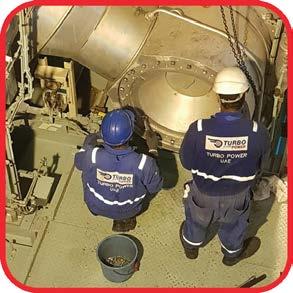


















• T ime-Limited Incentives: The multiplier for RFNBOs is only in effect until the end of 2033, making early investment in these fuels critical to maximize benefits from compliance pooling. After 2033, the compliance benefits of using RFNBOs will decrease, so companies that do not invest early will miss the financial advantages.
• A voiding Penalties: Vessels that do not meet the FuelEU targets are subject to penalties. Participating in a compliance pool allows companies to avoid these penalties by offsetting their deficits with the surplus of other vessels.
• M arket Power: The limited number of vessels using alternative fuels means that these vessels have market power and can set the price of participation in a pool up to the default cost of compliance. This gives companies that have invested in these technologies a significant advantage, especially in the early years of regulation. The forecast share of green vessels calling at EU ports is expected to be below 5% in 2030, further enhancing this market power.
Practical Steps for Forming a Compliance Pool Companies can create compliance pools by following these steps:
1. I dentify Qualifying Vessels: Assess your fleet to identify vessels using or planning to use low-GHG fuels, prioritizing RFNBOs

2. C alculate Compliance Balance: Calculate the difference between the required GHG intensity target and the actual GHG intensity achieved for each vessel.
3. E ngage with an Accredited Verifier: Work with an accredited EU verifier, as this is required for all companies in the pool.
4. E stablish a Pool: Decide if the pool will be internal or external and register your intention to form a pool in the FuelEU database.
5. A gree on Pool Participation: Develop agreements with partners on how benefits will be shared and allocated.
6. R ecord Pool Composition: Before April 30 of the verification period, your verifier must register the pool’s composition and the allocation of the compliance balance to each ship in the FuelEU database.
Strategic Considerations

• P ricing Strategies: When setting prices for pool participation, companies should consider the default cost of compliance, the type of fuel used by over-achieving vessels, the size of the pool, the timing of the pooling mechanism, and market dynamics.
• C ontractual Agreements: Develop clear contractual agreements that outline how the pool will operate, how costs and benefits will be shared, and the obligations of each party.
Your worldwide partner in engine repair
We perform on-site overhauls and provide maintenance and repair services for your engines.



We have a fully equipped machinepark for in-house repair and revision of parts and engines.
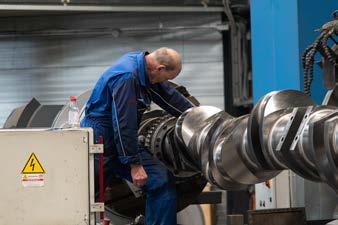

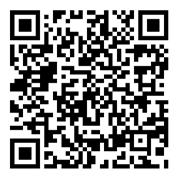
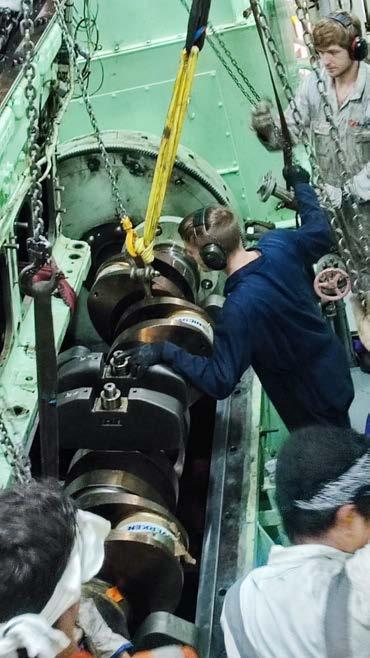
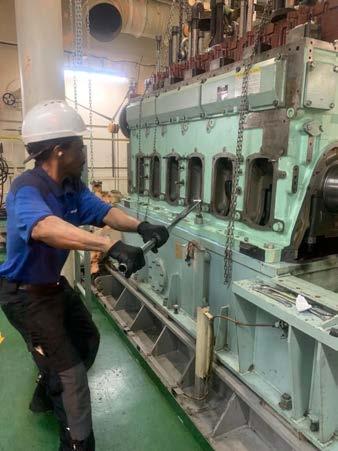

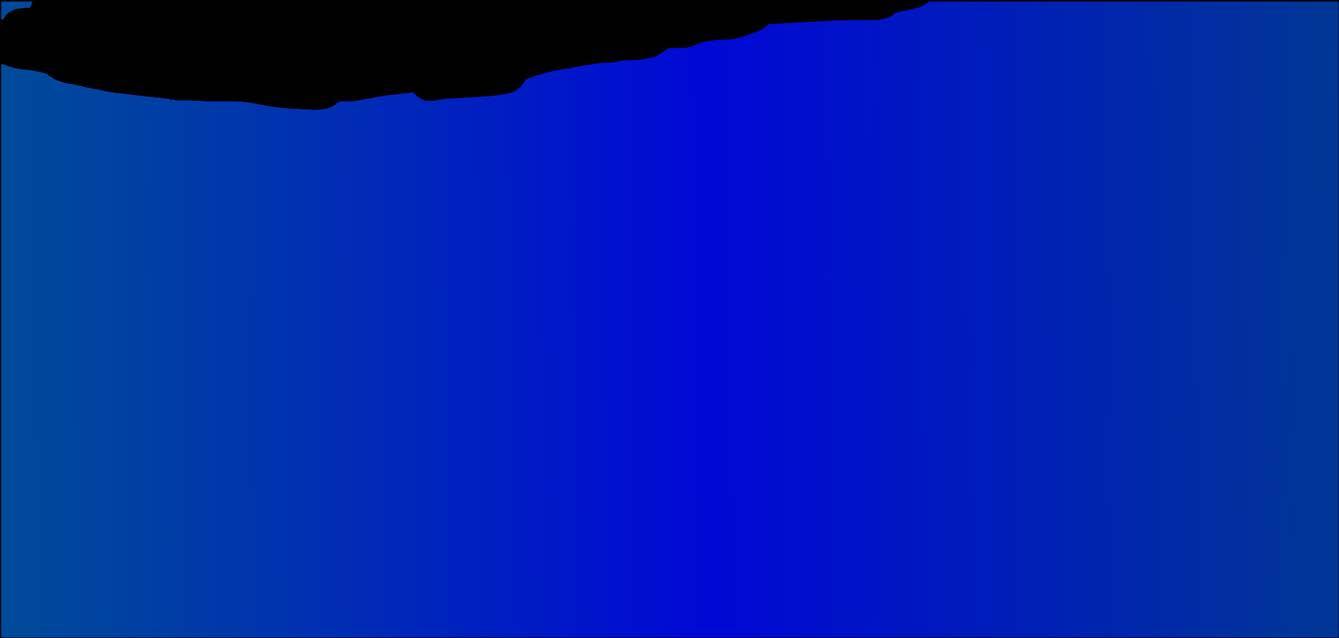
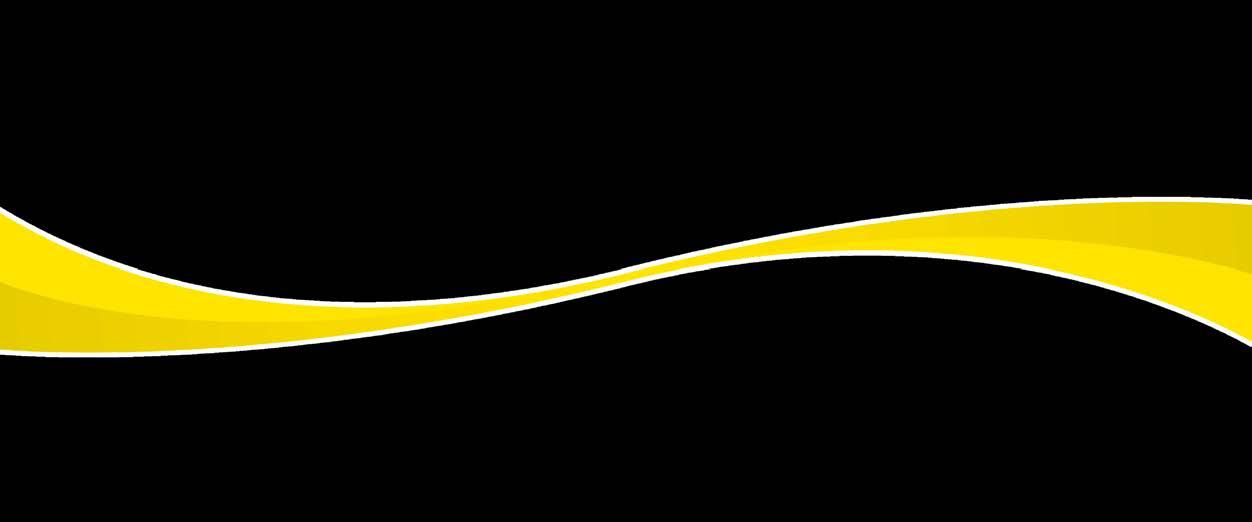
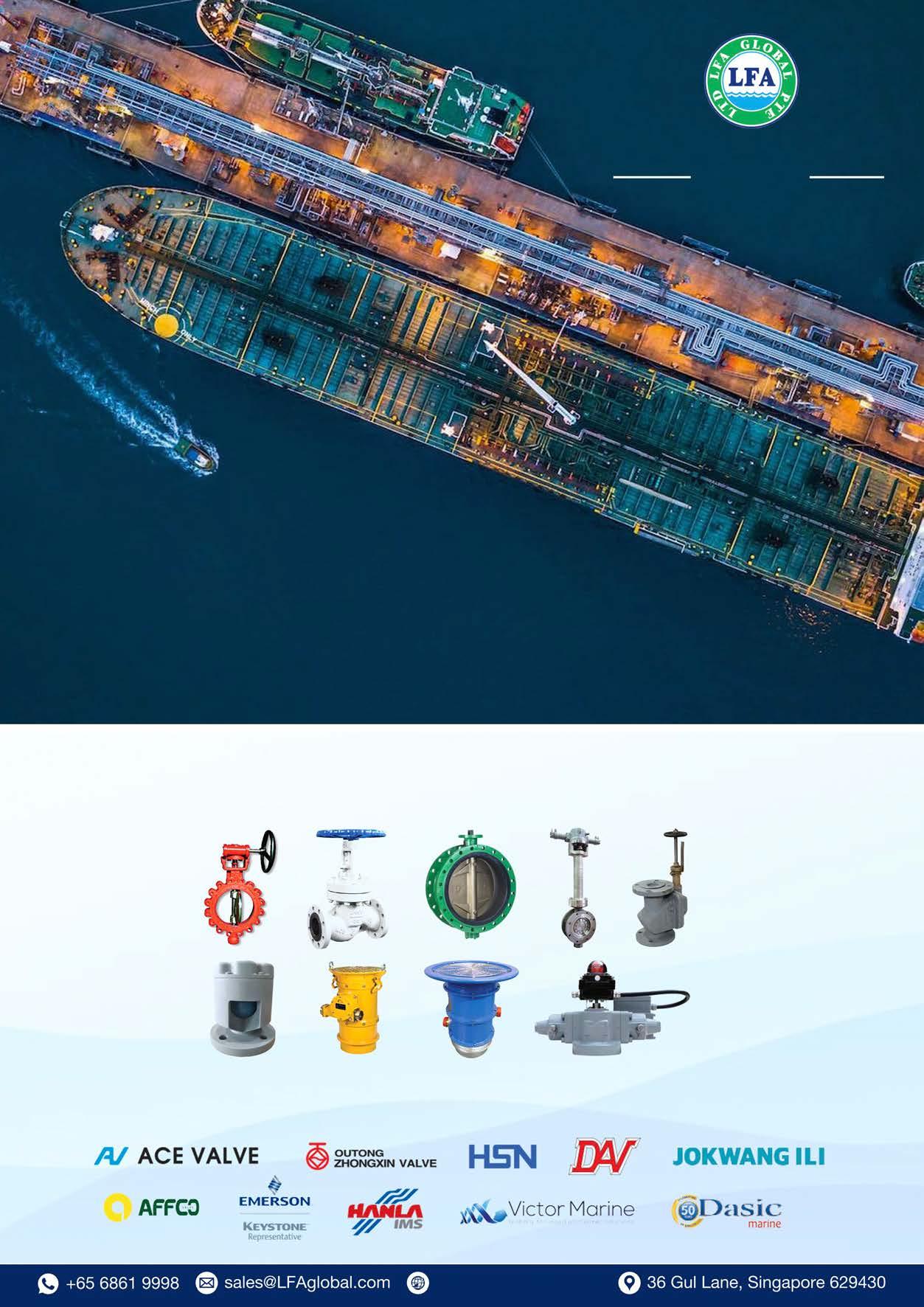


• L ong-Term Agreements: Consider longer-term agreements to ensure stability and predictability for both the surplus and deficit vessels.
• In ternal vs. External Pools: Pricing may differ depending on whether the pool is within a single company or across multiple companies.
• Transparency and Communication: Maintain open communication with partners and ensure transparency in all aspects of the pooling process.
The EU Emissions Trading System (ETS) increases the cost of conventional fuels, further driving demand for alternative fuels and increasing the value of compliance surpluses. Simultaneously, the US Inflation Reduction Act (IRA) provides significant subsidies to produce alternative fuels, reducing their costs and making them more competitive. The IRA provides tax credits for clean hydrogen production (45V) and carbon capture (45Q), which significantly lowers the cost of e-fuels like e-ammonia, e-methanol, and e-methane. These policies complement each other, accelerating the transition to green shipping. Transatlantic routes are particularly impacted by both EU and US policies, creating a testing ground for the scaling of alternative fuels.
The combination of the FuelEU pooling mechanism, the
EU ETS, and the US IRA creates a compelling business case for early investment in alternative fuels. Companies that act quickly to form compliance pools and utilize RFNBOs can gain a competitive advantage by:
• Re ducing operational costs by lowering their FuelEU and ETS liabilities.
• G enerating revenue through the sale of compliance surpluses.
• S ecuring long-term partnerships and contracts.
• A ttracting customers that are seeking greener shipping options.
• B uilding a reputation as a leader in sustainability and innovation.
Compliance pooling is not just a means of adhering to the FuelEU Maritime regulation but a strategic imperative for shipping companies. The time-limited benefits for RFNBOs, combined with the increasing costs of fossil fuels, make it urgent for companies to invest in alternative fuels and participate in compliance pools. By embracing this opportunity, companies can reduce costs, create revenue, mitigate risks, and contribute to a more sustainable future for the maritime industry. Delaying action will not only lead to increased costs and penalties but also result in a missed opportunity to gain a competitive edge in the evolving regulatory landscape. ▄



As the marine industry changes, Alfa Laval is a constant you can rely on. For nearly a century, we’ve supplied the equipment and services that safeguard and enhance your performance. No other supplier offers such a wide range of proven solutions, or covers so many critical operations on board.
“It is our ambition to develop viable technology solutions in cooperation with other marine players, so that our customers can achieve their climate goals irrespective of the selected fuel pathway.”
Sameer Kalra President of the Marine Division

By Rajesh Kumar Singh | Roll Number 3313 | Class of 1986
Every job, every activity carries risk. There is nothing called ZERO risk in life. To reduce the dangers, all the risks are to be assessed, and actions taken to either reduce the risks as much as possible.
Carrying out a risk assessment requires a comprehensive analysis of the entire process. If the process is not analyzed properly, then some of the critical risk can remain hidden and can have a devastating impact.
Can the risk assessment become a risk in itself? The answer is yes. The way risk assessment is done makes the difference. Below are a couple of points that can lead to higher risks.
Some companies are trying to standardize the risk assessment. The system develops standard risk assessment for standard jobs or routine jobs and creates a library of risk assessments. These risk assessments consider that the situation and risks will always remain the same throughout the fleet of ships. However, these routines and processes can be different for the same job on a different type of ship or even on a sister ship. The make, model, construction of machine or the maintenance equipment can differ and present different risks. For example, a risk assessment for unit decarb of a 2-stroke crosshead type engine can differ for different makes and models, as the connections and fittings can be different and requirements for isolation can be different. A generic risk assessment will not be able to capture all the main risks.
Another tendency of generic risk assessment is to bunch the similar types of jobs or activities together. Example is the fluid under pressure. However, the characteristics and conditions can be very much different. A pipe carrying
refrigerant at 6 bar and another carrying seawater at 6 bar will present a very different risk. Similarly, a pipe carrying fuel at 600 bar and a pipe carrying fuel at 6 bar will present very different risk factors.
Some of the generic risk assessments found in the library have higher than acceptable risk value. Additional control measures are required and have been included in the risk assessment. If these jobs are routine and been carried out regularly, then these should be addressed in SMS. It is often noted that these regular or routine jobs always require the same additional controls - in such cases it is best that SMS address those risks. In case, any risk is found which requires additional control measures, then it will be because of changes in process and environment and hence, it must be done on the spot. It cannot be done as a standard method.
There are some jobs which have multiple activities. For example, hot work in a pipe tunnel. This kind of job requires completion of multiple risk assessments such as risks associated with enclosed space and risk involved with hot work. Further, these risk assessments need to be combined. That means the risk factors get multiplied. However, the generic risk assessments do not cover this, and as a result true risks may not get analyzed or reduced. In addition to above, the generic risk assessments from libraries fail to encourage the personnel carrying out jobs to do an adequate risk assessment. It is psychologically considered to be safe and hence the risk assessment is not reviewed during the work for job specific risks.
Thus, it is obvious that a generic risk assessment becomes a risk in itself, as it misses out on a number of actual risks which in turn might result in complacency.


By Ritbik Kumar | Roll Number 8923 | Class of 2023
Introduction
Shipping makes up for 3% of global GHG emissions and it is a strategic necessity for the maritime industry to build sustainable and resilient seaborne supply chain. As per UNCTAD, seaborne trade is expected to grow at 2.4% in the period 2025-29. Global climate change and consistent increase in trade volumes make it critical to plan and move towards carbon neutrality in shipping, to meet global temperature increase to well below 2 deg C in line with the Paris Agreement. Despite being the most eco-friendly nature of transport, the carbon and energy intensity of global shipping continues to be a major concern due to densification of trade routes, increased number, and size of ships (Mao et al., 2024). The International Energy Agency reports that international shipping contributed approx. 706 Mt CO2 in 2022 with energy demand reaching 9.2 EJ. Fossil based fuels met over 99% of total energy demand in 2022. While UNCTAD review of maritime transport mentions
that the share of alternative fuels has grown in 2023 reducing the fossil share to 98.2% from over 99% in 2022.
As per Veritas in 2023, VLSFO was the most popular marine fuel with 54.3% of the fuels used, followed by 29.5% High Sulphur Fuel Oil HSFO (a growth of 15.4% over 2022), 14.2% MGO, 1.2% ULSFO and 0.8% Biofuels. IMO envisions reducing the direct CO2 emissions per transport work by at least 40% by 2030 with a focus on adoption of adoption of zero or near-zero GHG emission technologies, fuels, and/or energy sources in international shipping. More than 99% of the ships use conventional fuels, as of now, in international shipping. Alternative marine fuels enlist LNG, Methanol, Ammonia, Hydrogen ICE, Fuel Cells, LPG, and Battery-powered propulsion.


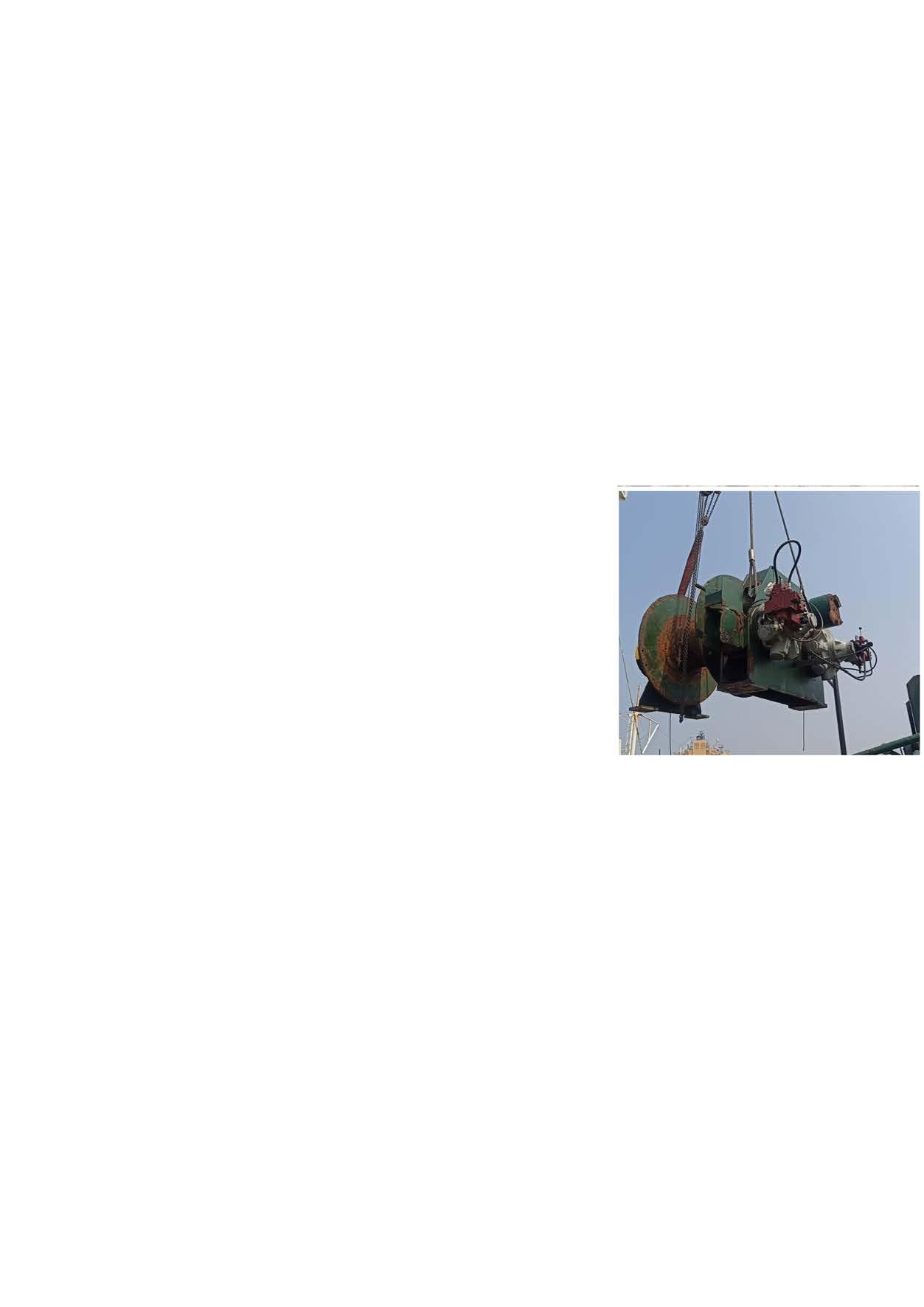
However, because of sensitization towards climate change and global standing on meeting ambitious goals of GHG reduction, the orders for new ships for the last 12 months as reported by Future Fuels and Technology Project, IMO consists of 20% alternative fuels with LNG having biggest share (10%), followed by methanol (7%) and LPG and ammonia (3%). Container ships account for 45.15% of the total new adoptions of alternative fuel technologies, making them the dominant segment in this transition. Therefore, this article limits the scenario analysis for container ships
The worldwide container fleet stood at 6115 vessels in 2023 as per the data by U.S. Department and has witnessed nearly 3% year-over-year growth. Alternative fuels adoption, especially for LNG, Methanol, LPG, and Ammonia, have shown good growth across the years. According to DNV’s Alternative Fuels Insights, LNG and Methanol, the key alternative fuels discussed in this arti
cle have demonstrated an average annual growth rate of




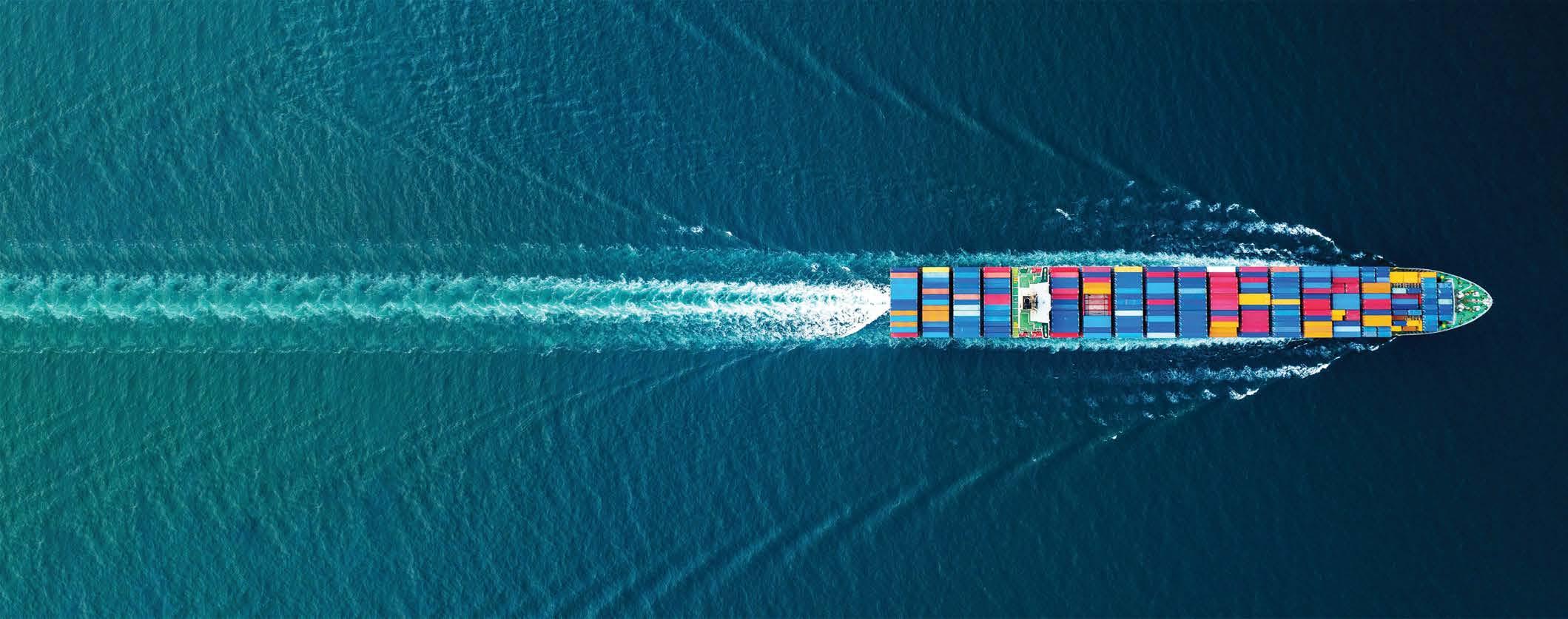
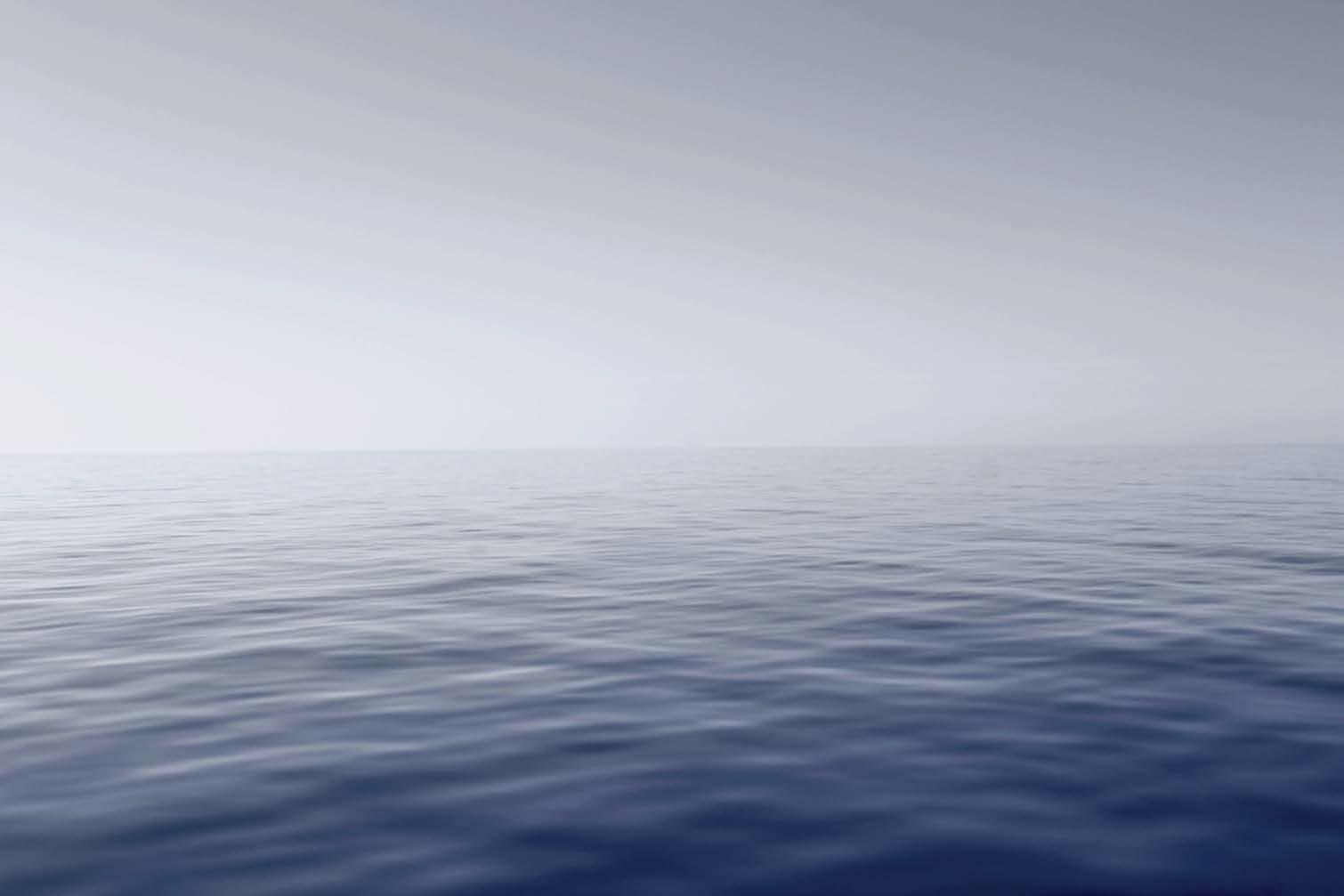

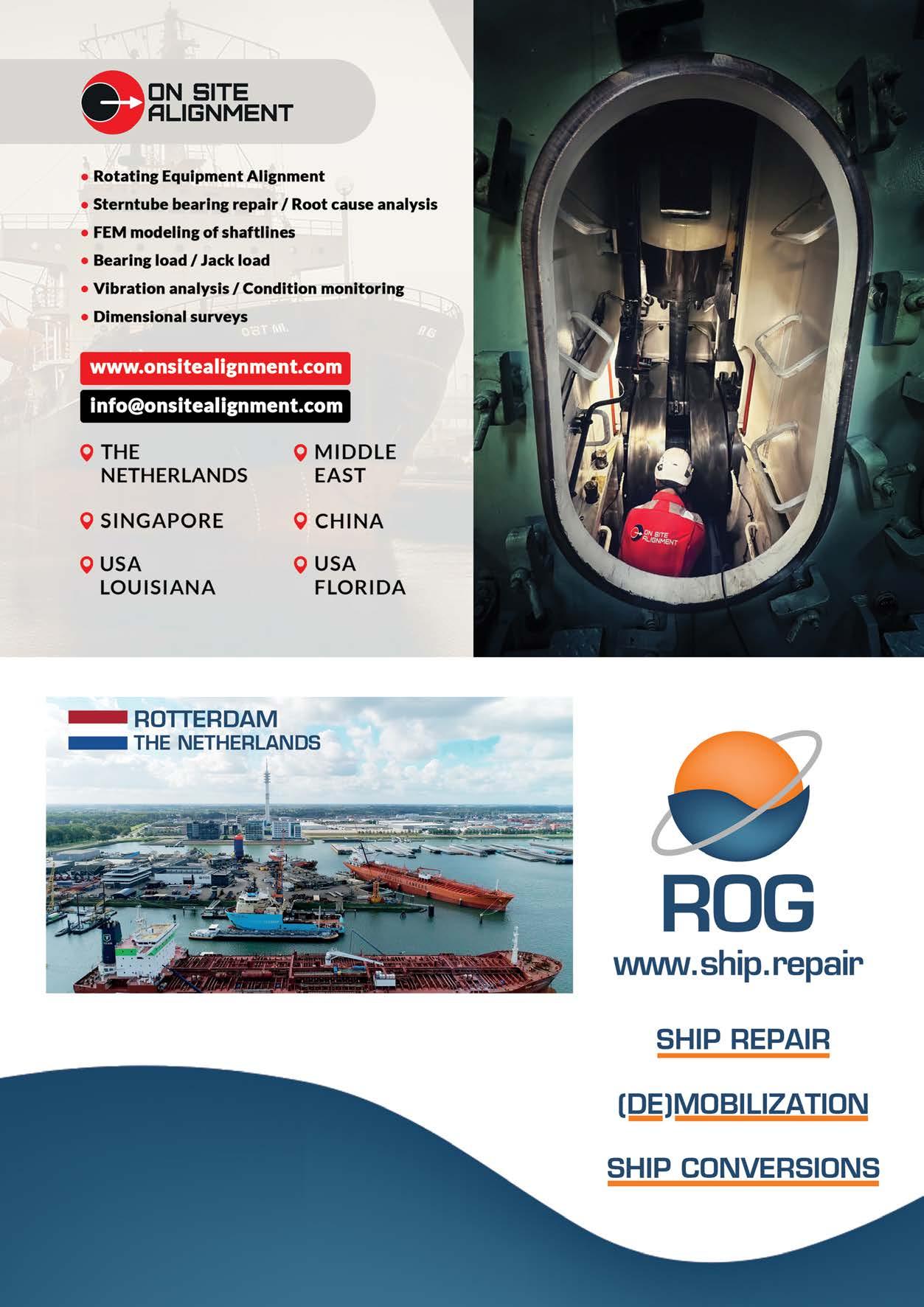
The current energy mix in this article is represented in terms of the number of ships. In practice, vessels operate with a combination of fuels - including VLSFO, HSFO, and MGO - depending on operational needs and regulatory compliance. This flexibility allows ships to optimize fuel consumption based on availability, cost, and emissions regulations. Assuming the average power of a container ship to be 30,000 kW and variable engine load data (Aijjou et al., 2019), the average daily GHG emissions for fleet was calculated for the year 2024 and year 2029 (as simulated through data). It was observed that the overall GHG emissions from container-fleet will continue to rise, owing to increasing fleet and demand for sea-borne trade.

This analysis, though very conservative, presents a key finding that the alternative fuel technology adoption rate should be increased. In addition, it motivates detailed GHG emissions analysis, such as Life Cycle Analysis (LCA) and Techno-Economic Analysis (TEA). LCA evaluates the total GHG impact of a fuel across its entire life cycle, including feedstock processing, conversion, purification, and the use phase (USEPA, 2024). Integrating LCA with a cost-benefit analysis for various GHG reduction strategies and effectively communicating the findings to stakeholders can drive the accelerated adoption of alternative fuels. By demonstrating both environmental and economic benefits, such an approach can encourage industry-wide transitions to more sustainable fuel options. ▄
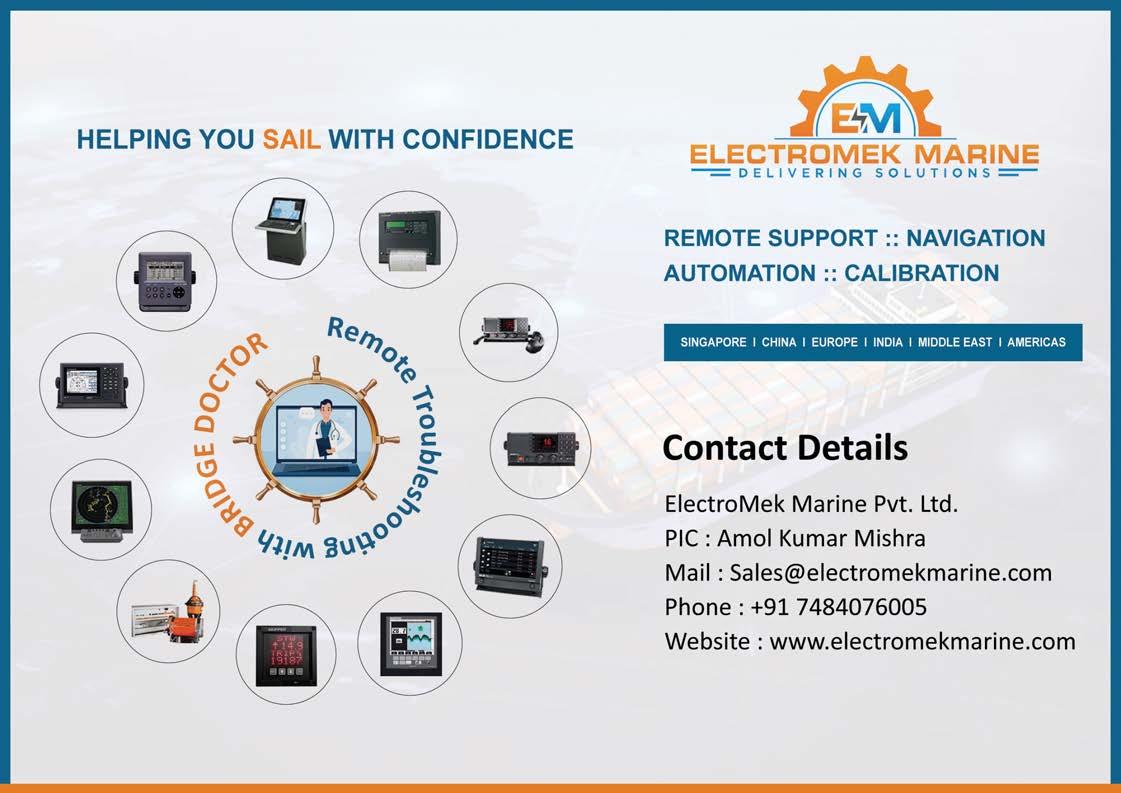






Our experienced and skilled divers know the hull of a ship like the back of their hands. We can repair, remove or install a range of underwater equipment.

Our experienced and skilled divers know the hull of a ship like the back of their hands. We can repair, remove or install a range of underwater equipment.
Our experienced and skilled divers know the hull of a ship like the back of their hands. We can repair, remove or install a range of underwater equipment.
Our services include:
Our services include:
Our services include:
• Underwater hull cleaning and propeller polishing;
• Underwater hull cleaning and propeller polishing;
• Underwater hull cleaning and propeller polishing;

• ROV solutions for Inspections and Hull Cleaning with fouling reclaim; Underwater Repair solutions, UT gauging;
• ROV solutions for Inspections and Hull Cleaning with fouling reclaim; Underwater Repair solutions, UT gauging;
• ROV solutions for Inspections and Hull Cleaning with fouling reclaim; Underwater Repair solutions, UT gauging;

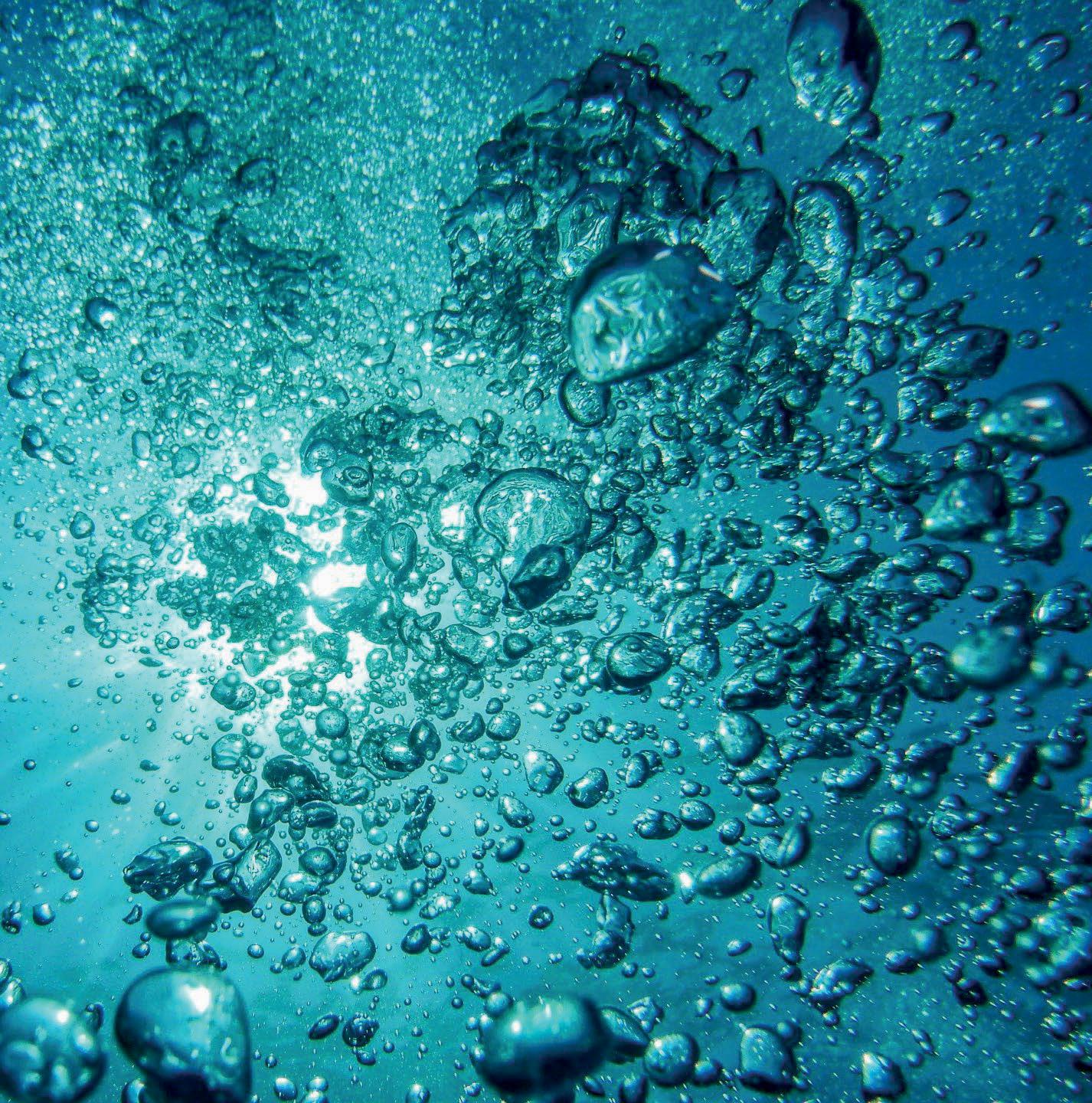




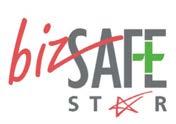

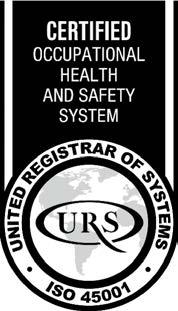














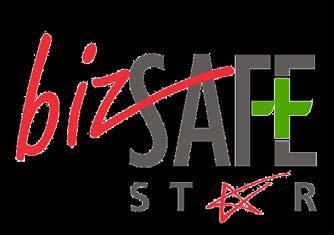












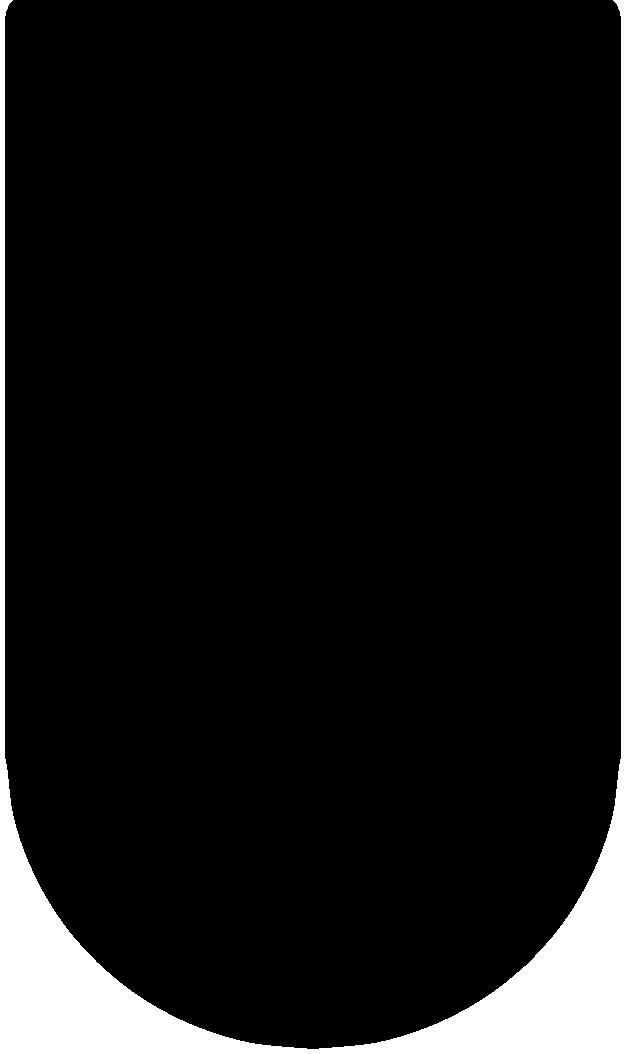








Engineers perform daily checks and maintenance on critical systems, such as engines, pumps, and navigation equipment. Neglecting these routines could lead to costly failures or
Regularly reviewing your investment portfolio is like maintaining the ship. One needs to ensure your asset allocation is still appropriate, dividends are reinvested, and underperforming
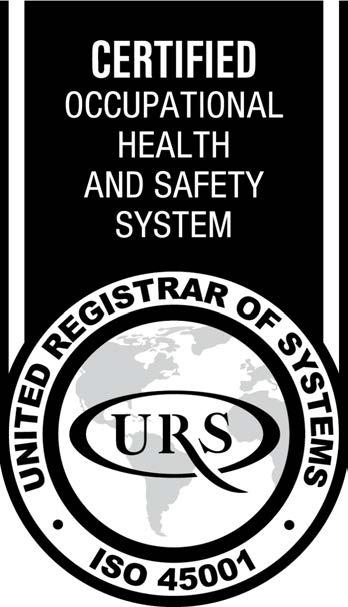


nance are vital to ensure long-term performance, The crew relies on radar, GPS, and advanced navigation systems to guide the ship. These tools provide the data needed to make informed decisions about speed, direction, and
statements, market analytics, and investment platforms to make informed decisions. These tools help analyse risks, track performance, and







: Tarkan Avcı
+90 532 638 31 35
(532) 136 98 62 Accounting Department tel.no: +90 (533) 573 68 17 HEAD OFFICE INTERNAl tel.no: +90 (232) 616 86 88 https://moreshipping.com/en

Risk Management and Safety (Diversification and Hedging)
On Ship: Ships are equipped with lifeboats, safety drills, and contingency plans in case of emergencies like engine failures or leaks. Redundant systems and risk mitigation strategies ensure safety.
Investing: Diversifying across asset classes (stocks, bonds, real estate) and using risk management strategies like stop-loss orders or hedging with options provide a safety net against market downturns.
Key Lesson: Preparing for worst-case scenarios ensures you survive and thrive, no matter what comes your way.
Efficient Fuel Management (Optimizing Expenses)
On Ship: Fuel is one of the largest operational costs for cargo ships. Engineers carefully monitor fuel efficiency, adjusting speed or routes to minimize consumption.
Investing: Managing costs, like brokerage fees, taxes, and expense ratios, is crucial for maximizing returns. Small inefficiencies in costs can significantly impact long-term wealth.
Key Lesson: Efficiency in resource management— whether fuel or financial expenses—maximizes overall success.
9
10 5 6 7 8
The Role of the Crew (Financial Advisors and Teamwork)
On Ship: A successful voyage depends on the expertise and collaboration of the crew, from engineers to navigators to deckhands. Each plays a critical role in ensuring the ship reaches its destination safely.
Investing: Successful investing often involves a team, including financial advisors, tax planners, and estate attorneys. Their expertise helps you make informed decisions and avoid costly mistakes.
Key Lesson: Just as a ship requires a skilled crew, investors benefit from a team of experts to navigate their financial journey.
On Ship: When storms arise, the crew must remain calm, relying on their training and experience to weather the situation. Panicking could lead to poor decisions and greater risks.
Investing : Market downturns and crashes are inevitable. The key is to stay calm, avoid emotional decisions like panic selling, and stick to your longterm plan.
Key Lesson: Composure and a clear strategy help you navigate through turbulent times.
Anchoring at Port (Taking Profits and Resting)
On Ship: Anchoring at a port is a planned stop for offloading cargo, refuelling, and conducting inspections. It is a chance to reset before continuing the journey.
Investing: Taking profits, rebalancing your portfolio, or withdrawing funds for planned expenses are like anchoring at port—necessary pauses that keep your financial journey on course.
Key Lesson: Planned stops allow you to assess progress and prepare for the next phase, whether in sailing or investing.
Continuous Learning and Adaptation (Financial Education)
On Ship: Crews undergo regular training to stay updated on modern technologies, regulations, and best practices to improve their efficiency and safety.
Investing: Successful investors commit to continuous learning about market trends, new asset classes, and emerging financial tools.
Key Lesson: Staying informed and updating your knowledge is a lifelong process that enhances decision-making in both fields.
Navigating a cargo ship and managing an investment portfolio share a core principle: preparation, precision, and adaptability are non-negotiable. As a marine engineer, you already possess the skills to succeed in the financial markets—strategic thinking, risk management, and a calm demeanour under pressure. By applying these maritime principles to investing, you can steer your wealth toward lasting success.
Just as the sea rewards the skilled navigator, the markets reward the disciplined investor. Set your course, prepare your vessel, and sail toward your financial goals with confidence. ▄



Batch reunions evoke cherished memories of college days, rekindling bonds and fostering renewed energy among batchmates
Batch of 1982 - 1986
At Goa, India with their better halves in Sep 2024.
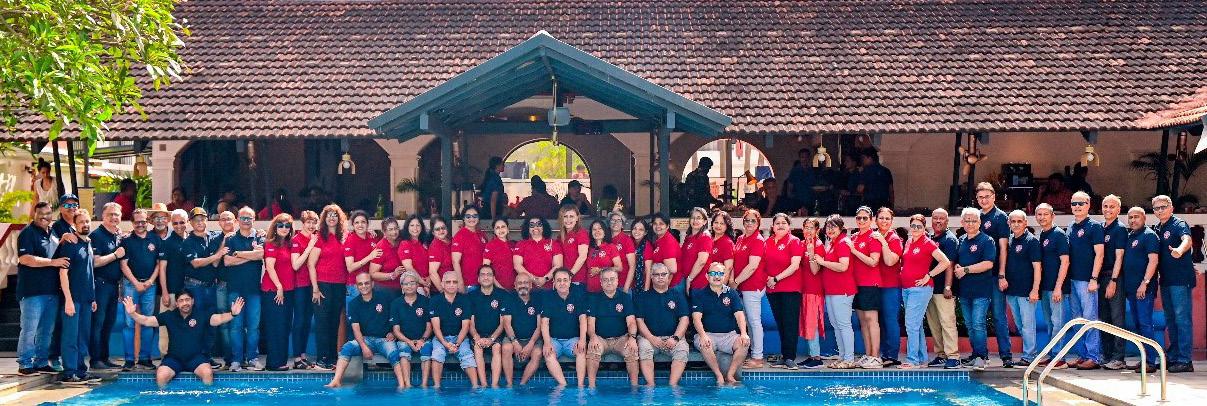
Batch of 1988 - 1992
At Tatsaraasa resort in Udaipur, Rajasthan and relived the good old college days from 24 – 27 December 2024.

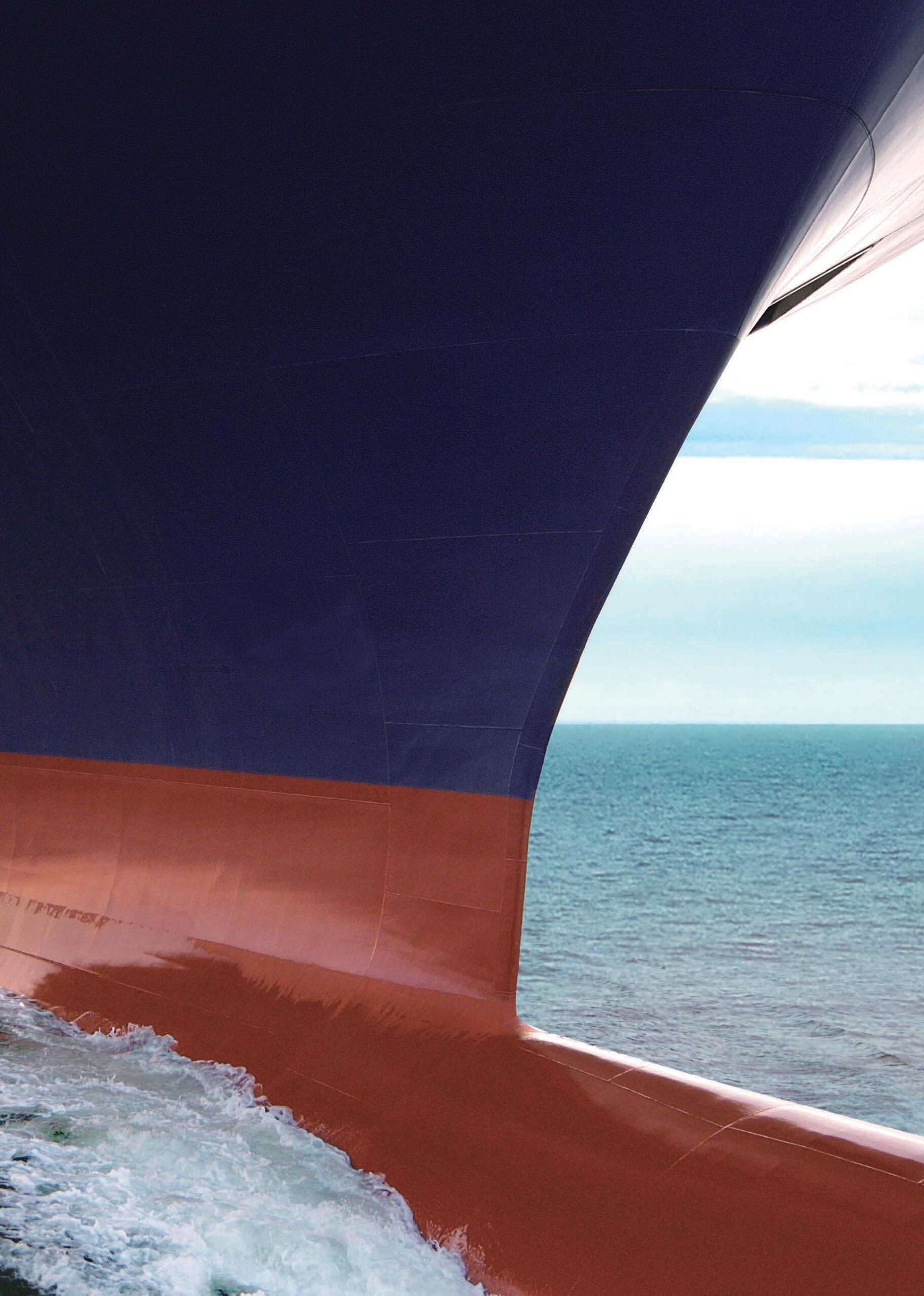




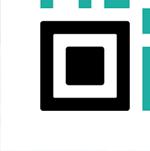




In the race to zero emissions, our solutions, technical expertise and industry-firsts will support your safe, sustainable Maritime Energy Transition.
Scan the QR code or visit lr.org/met
Batch of 1997 - 2001
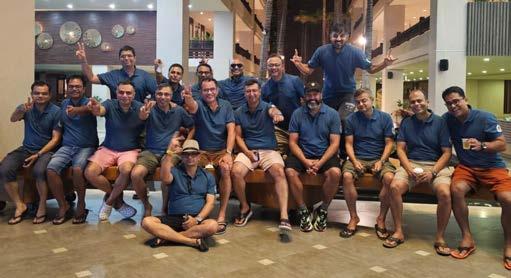
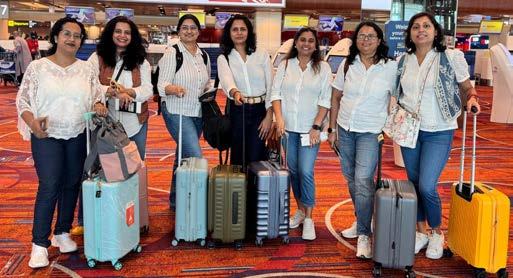
Organized
of 1998 - 2002







By Satyadeep Gupta | Roll Number 5806 |
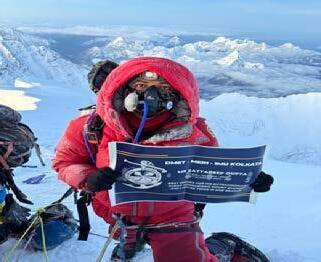
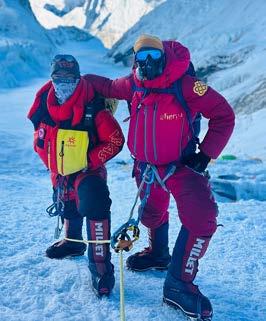
Ten years back, I dreamt of climbing Mount Everest for the 1st time. Back then, I knew nothing about it. As my journey of climbing mountains began, I faced many failures with only a few successes. There were hurdles such as money, fitness, and social pressure. I climbed several mountains, learning and gaining confidence along the way. It was only last year that I decided to make this dream a reality. Once again, the biggest challenge was money.
My DMET batch of 2007 supported me like never before. I was also supported by boots, crampons and the YTT group. The idea of climbing Mount Everest was first proposed to me by my climbing partner, Bharath, in January 2023. We wanted to be fully prepared, so we planned the expedition for 2024. I trained for an entire year, working out for up to six hours a day, sometimes even longer. My family thought I had gone mad. Financial constraints were a constant challenge, but then I met Prateek Khanna, my DMET junior, who was confident he could gather the necessary funds. Thanks to his colossal efforts, we were able to collect the funds quickly.
Just 30 minutes before starting my first Everest climb, I developed health issues. It was ironic and tricky, as I never usually fall sick. Despite this, I continued and summited Mount Everest (8,848 meters) in 8.5 hours on May 21st. Afterward, I descended to Camp 4 and summited Mount Lhotse (8,516 meters, the 4th highest peak in the world).
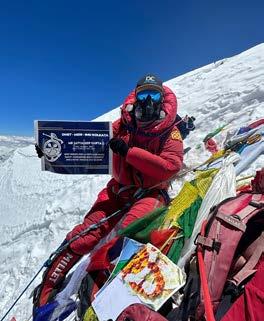

The next morning, I began descending toward base camp. By Camp 2, my body had become weak, and I was severely dehydrated. I could barely walk and was forced to think about resting at Camp 2, but that would jeopardize my project as the weather was turning bad. After two hours of rest, I decided to push on and return to base camp. Everyone at base camp, seeing my condition, thought the project was over. I went to the Everest Base Camp clinic and took medicine for the first time in many years. Within 24 hours, I felt much better. Time was running out, and after another day of rest, I decided to go back up. Other than my friend Bharath, no one believed I could do it. But at 00:52 hrs. on May 27, 2024, I stood atop Mount Everest for the second time. After just a brief 2-hour rest at Camp 4, I summited Mount Lhotse again at 12:02 hrs. on May 27. It was done. A world record was made.
Now, I have a bigger task ahead: how to inspire others to dream and dream big. “If your dreams don’t scare you, they aren’t big enough,” and my dreams scare me more than I can express. My next mission is to give back to society and help people understand the importance of following their dreams.
Special thanks to:
My entire DMET alumni for supporting me and being part of my journey. My beloved batch of 2007—this record belongs to all of us. ▄
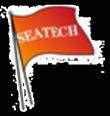




























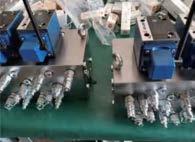
We SEATECH MarineEngineeringCo.,Ltd wasfoundedin2009,China.Withmorethan10 yearsofdevelopmentandhighreputationfrom theshippingindustry.Wehaveestablishedsteady andmutualrelationshipswithmanyshipping companiesandowners.
Infuture,ourteamwillcontinuetofocuson customerrequestsandservices.Toimproveour performanceandmakecustomerssatisfy.
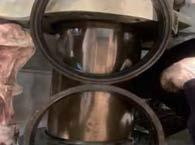
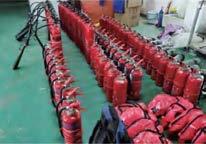

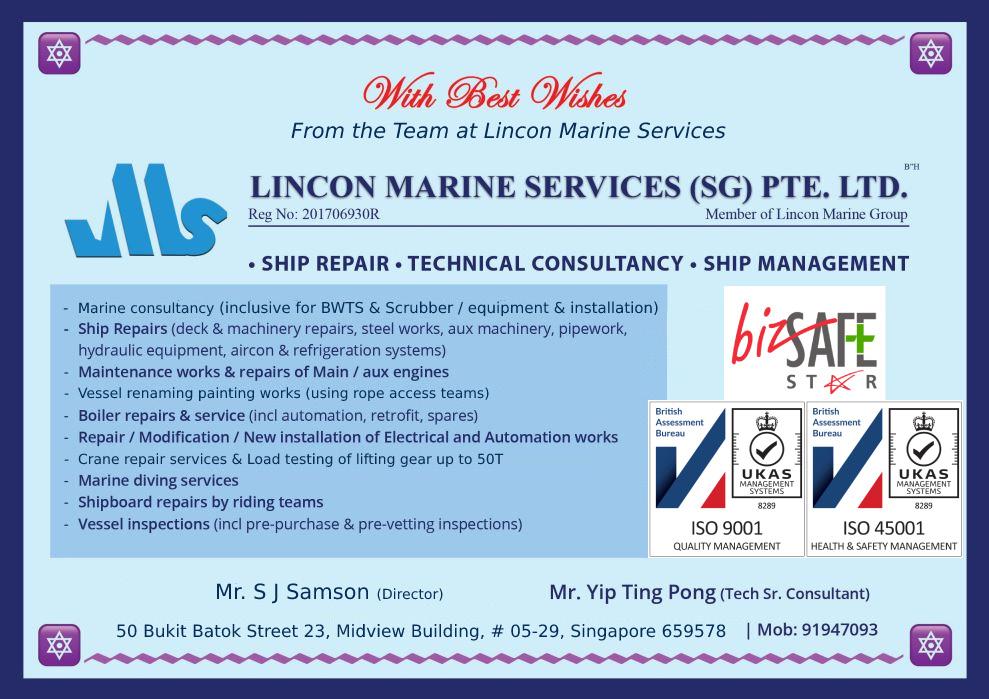

By Jafar Ismail | Roll Number 3582 | Class of 1988
George Mallory famously responded to why he wanted to summit Mount Everest with, “Because it’s there.” Since Sir Edmund Hillary and Tenzing Norgay’s first ascent in 1953, Everest has captured the dreams of countless climbers. It was my dream too, and I am thrilled to share that on May 19, 2024, at 7:24 AM Nepal time, I stood on the summit of Mount Everest. Overwhelmed with joy, exhaustion, and exhilaration, I had achieved what once seemed impossible.
Growing up in India, this dream felt unreachable—no clear path, no resources. Life moved on with education, work, marriage, and family, pushing the dream further away. But as the saying goes “ Kehte hain agar kisi cheez ko dil se chaho toh puri kainaat usse tumse milane ki koshish mein lag jaati hai ”(If you truly desire something, the universe conspires to bring it to you.)
My journey into mountaineering began in 2012 with my first summit of Mt. Kilimanjaro (19000 feet). That climb ignited a passion, leading me to tackle peaks across the globe, including Mt. Elbrus in Russia and Mt. Cotopaxi in Ecuador. Some climbs ended in retreat, reinforcing the lesson that mountains must be respected, not conquered. With each climb, Everest felt closer.
In January 2023, I summited Mt. Aconcagua in Argentina (23,000 feet). It was then I knew Everest was next. Preparing for it became my singular focus—rigorous physical training, mental conditioning, and meticulous planning consumed the latter half of 2023 and early 2024. I trusted the process, even as doubts arose.
The journey to Everest began with the trek to Base Camp, followed by acclimatization climbs on Mt. Lobuche and Kala Patthar. The final ascent started at 1 AM on May 14, 2024. The climb was gruelling, temperatures plunged, the air thinned, and dangers multiplied with each step. Crevasses, avalanches, and the sheer Lhotse Face tested my endurance. At Camp 4, I was told that only 30% of my energy had been used so far—the hardest 3,000 feet still lay ahead. The “death zone,” above 26,000 feet, turned every step into a battle for survival.
At my lowest moments, I turned to faith. “Ask for help from Allah and seek His guidance.” A simple yet powerful prayer gave me the strength to continue, and step by step,
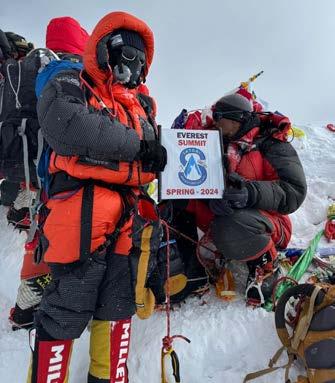
I pushed forward. After 11 excruciating hours, I stood atop Everest. Looking down from the highest point on Earth, I felt humbled. In the face of nature’s vastness, I was just a speck, even smaller before the Creator of the Universe.
However, the descent posed new dangers. Snow blindness blurred my vision, making each step treacherous. What should have been a 5–6-hour descent to Camp 4 stretched into nearly eight hours. By the time I reached Camp 4, my vision had improved by 50%, and with the help of my team, I made my way safely down to Camp 2, then Kathmandu, and finally home.
The climb was the most physically and mentally demanding experience of my life, but it was worth every moment. I am honoured to be the first DMETian to summit Everest, unfurling the DMET flag at the top. Even more inspiring was the success of fellow alumnus Satyadeep Gupta, who summited Everest two days later, then Lhotse, and ultimately made history by summiting both peaks twice in the same season.
Since my return, I have been overwhelmed by the recognition. My hometown of Leonia honoured me with “Jafar Ismail Day” on September 16, 2024, and I have received commendations from various organizations. But this success was not mine alone—it belonged to my family, my friends, and the incredible Sherpas, especially Shyam and Dorje of Satori Adventures, whose guidance was invaluable.
This journey reaffirmed a simple truth: no dream is too big, and no obstacle too great. With the right intention, planning, and perseverance, anything is possible.
In the end, we all have our own Everest to climb. For me, it was literal; for others, it is symbolic. Our DMET community has excelled in diverse fields, making our institution proud. The common denominator of our success lies in another small speck of land with the address of P-19 Taratalla Road.
As Gulzar beautifully puts it: “Mujhe uchaiyon par dekh kar hairaan hain bahut log, Par kisine mere pairo ke chhaale nahi dekhe.” (“Many may admire or be astonished by a person’s success or achievements, they often overlook the struggles, hardships, and sacrifices that went into reaching those heights”) ▄



By Nanakjeet Bajwa | Roll Number 4229 | Class of 1995
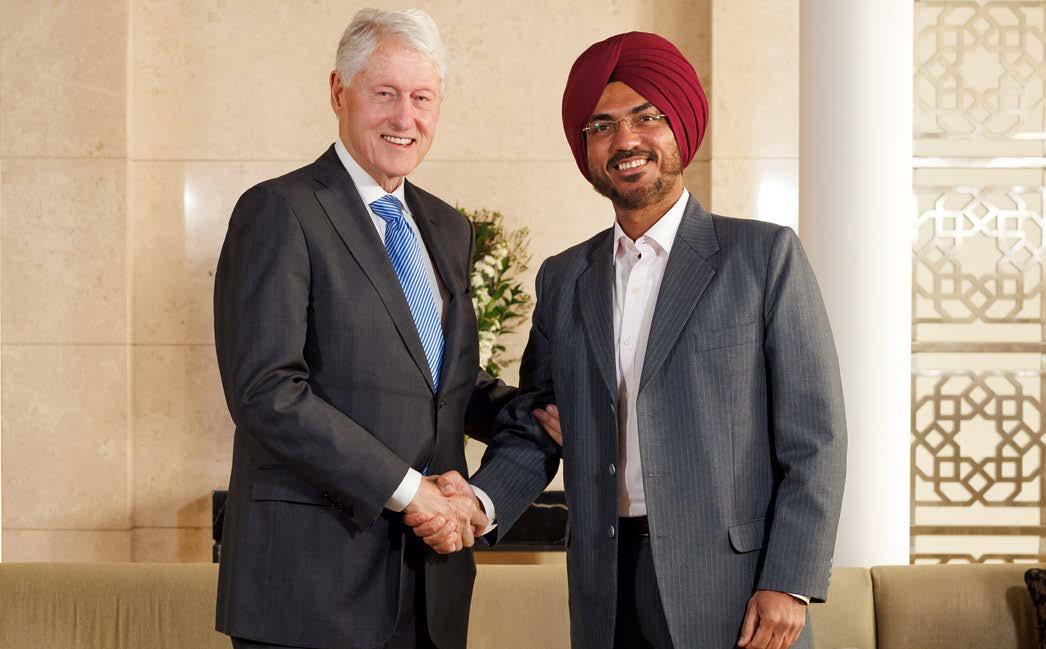
Iam a proud alumnus of DMET-MERI. Driven by a passion for continuous learning and the desire to pursue higher education brought me to Bayes (formerly known as Cass) Business School, City University of London in 1999. This was an opportunity for me to pivot my career from the marine engineering to the finance, marking the beginning of my journey in the financial sector in 2001. This bold leap was made possible by the strong technical foundation and problem-solving skills instilled in me at DMET. The rigorous training and discipline at the institute not only shaped my analytical mindset but also gave me the confidence to navigate the complexities of a completely new domain. DMET’s legacy of excellence continues to inspire me, reinforcing the belief that a solid engineering background can open doors to diverse and unconventional career paths.
First with a transportation focused bank - DVB Bank, then with an alternative investment firm – Fortress Investment Group and now with a sovereign wealth fund – Emirates Investment Authority (EIA) which is the sovereign wealth
fund of the federal government of the United Arab Emirates (UAE). At EIA, I am currently Head of Private Equity & Infrastructure and hence responsible for all investments in the private equity, infrastructure and natural resources sectors. We are an active investor in the infrastructure space in the US.
In this context I had the privilege to meet with President Bill Clinton who was in Abu Dhabi in January 2025 to meet with investors like us. We discussed the urgent need and massive scale of investment that is required to revamp the ageing infrastructure in the US and how institutional investors like us need to be incentivized by attractive returns from investing in US infrastructure.
It was a meeting that I will always remember and cherish as President Clinton was very humble and unassuming and was genuinely interested in knowing more about me as a person. ▄
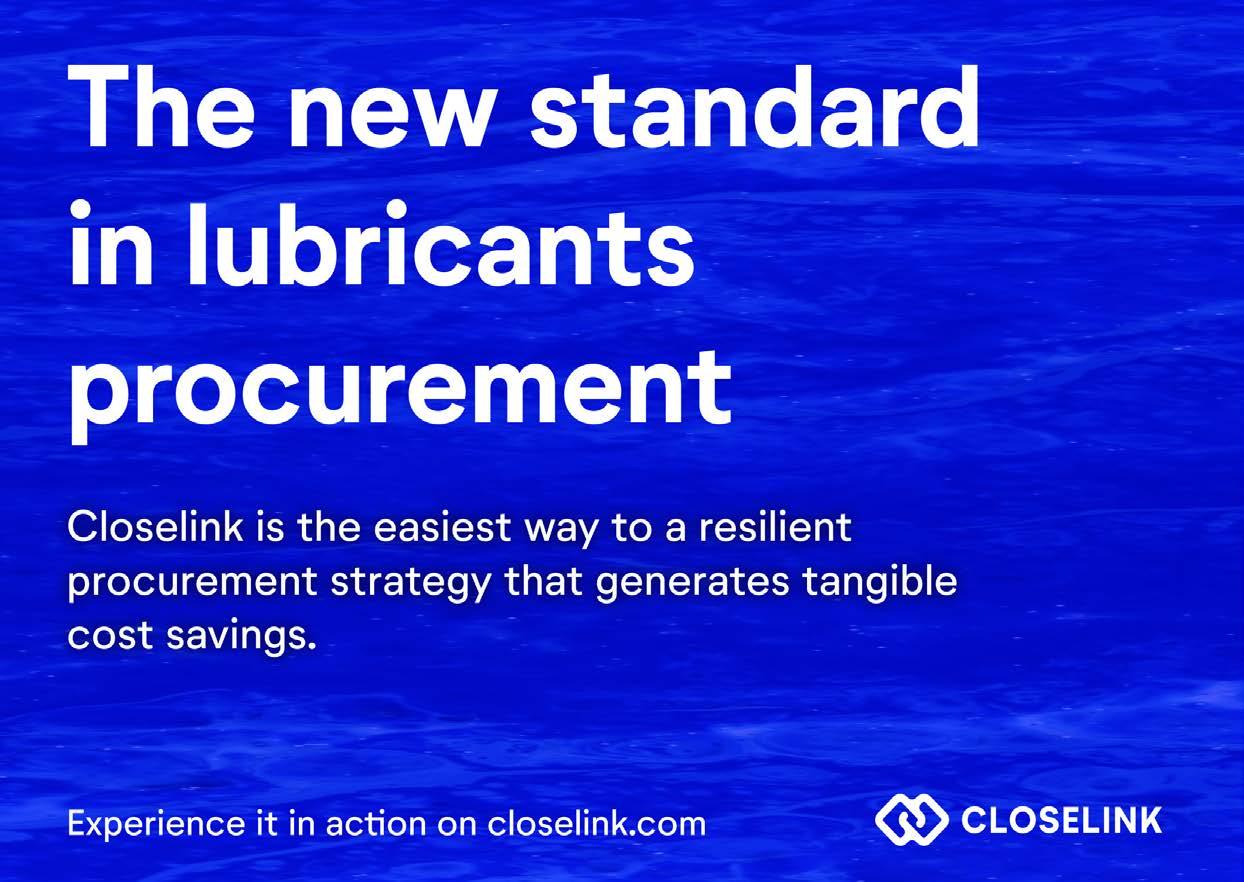

By DMET-XI Cricket Team


During one of our lively bonhomie sessions with Mritunjay (fondly known as Mishra Ji, our strike bowler), we realized our love for cricket needed a bigger purpose. The sporting culture of our beloved college had always been strong, and the camaraderie among us was unmatched. However, something was missing—a platform where we could channel our passion for the game, relive our playing days, and create something lasting for the future. It was at that very moment that the idea of DMET XI was born. The concept was simple yet appealing: a cricket team that would represent the true spirit of our DMET, bringing together alumni to celebrate the sport we cherished.
With a mix of persuasion and shared nostalgia, we managed to rope in Anshuman Sir (Batch of 2000) as our captain to add seriousness and sense of responsibility in self and Mishraji. Once he was in, the core committee assembled and soon, we found ourselves entrusted with the most sacred mission of procuring the kit. Thanks to Mishra Ji’s boundless energy and a bit of crowdfunding among the initial members, we got it done.
With just few weeks of preparation, we registered for our first tournament. Our debut match was held as per schedule on Sunday morning at 7:30 AM at Merlion Ground. I still remember driving to the match with Anshuman Sir, anxiously discussing whether everyone would show up so early. To our surprise and delight, all twelve confirmed players made it to the ground on time. The profile picture of our WhatsApp group still proudly displays that first DMET XI Singapore team. We lost the match, but the real highlight was watching Dev Sir play a spectacular knock, a true testament of his passion for the game and treat for all of us. Defeat? Yes. But inspiration? Priceless
From that point on, there was no looking back. We played numerous matches, entered multiple tournaments, and
even managed to win a few! The team’s progress has been nothing short of phenomenal. Along the way, we discovered hidden talented players among us who played a huge role in our victories. More recently, young, and exciting talents have joined our squad. Watching them in action is pure cricketing joy, and they could easily hold their own at any level in Singapore.
What started as a simple idea has now exceeded all our expectations. We recently finished as runners-up in a tournament organized by Seagull, where we competed against seven other veteran teams. The journey to the finals was nothing short of heroic, defeating seasoned teams along the way.
There are countless stories from our matches. One that stands out is when a senior, who had come to support us, was actively coaching his son (a member of our team) on field placements and bowling strategies. Generational cricketing wisdom passed on, live and in action!
And then, there is the legendary moment that gave birth to a new cricketing term. In one intense match, one of our batsmen was struggling to clear the ropes. The ball kept finding fielders. That is when someone from our team, bursting with passion, shouted at the top of his lungs:
“GOGONÉ GOGONÉ SIRRRR!!!” (Take the aerial route!)
And like magic, the very next ball launched over long-on for a thunderous SIX! That day, cricket’s most loved shot, the sixer earned a brand-new synonym:
GOGONÉ GOGONÉ!
The game has just begun. ▄
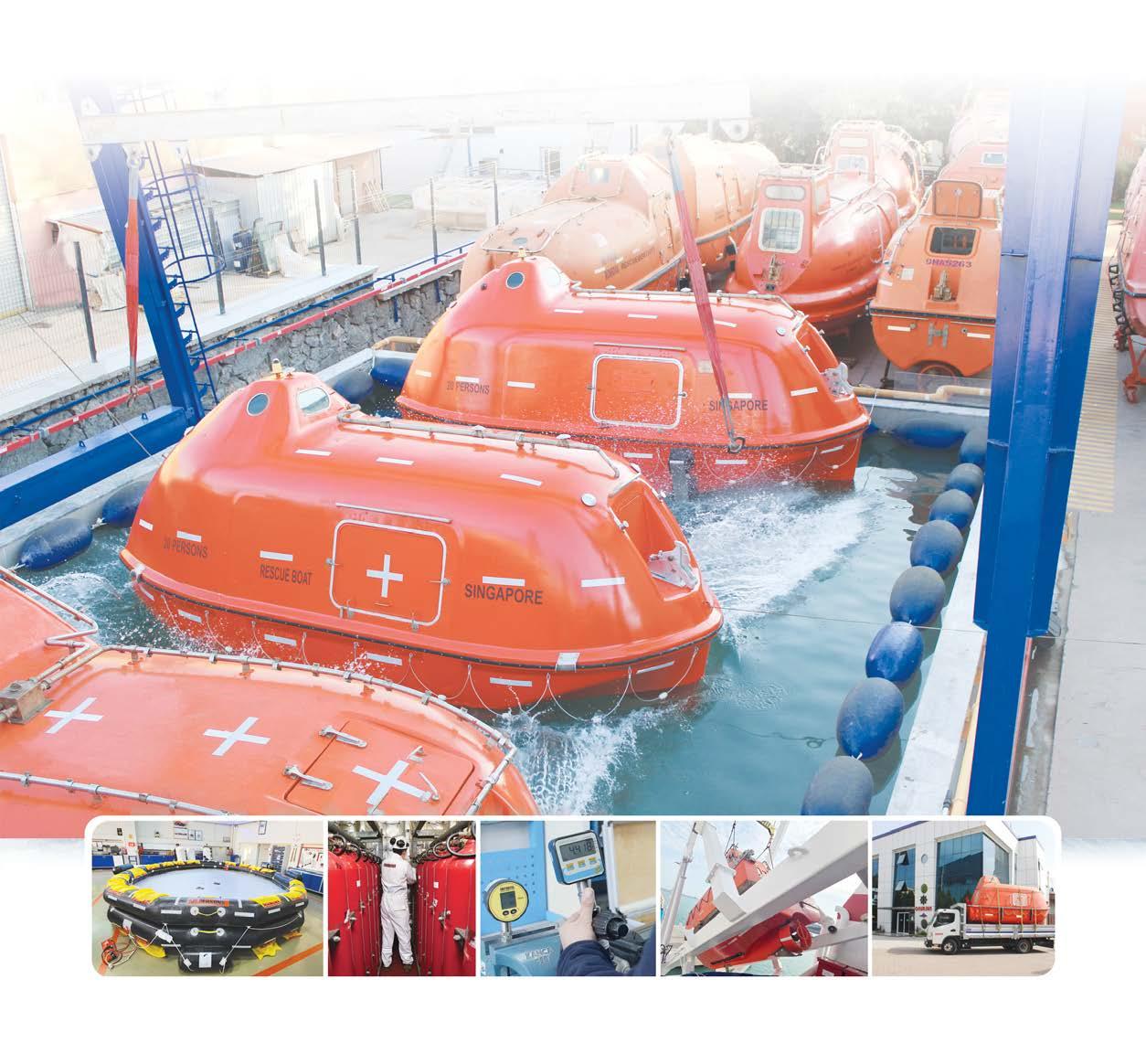
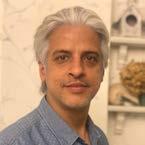
By Amit Suri | Roll Number 4866 | Class of 1999
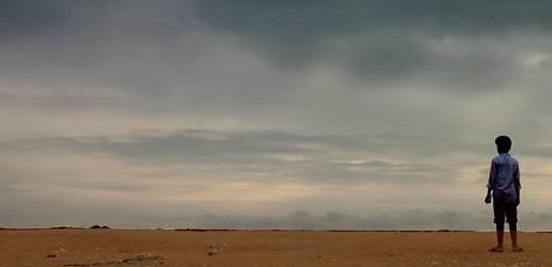
There’s something undeniably inspiring about the start of a new year. Maybe it’s the crisp January air or the fresh energy of the newness of the year. Whatever it is, it pushes many of us to set resolutions, draft to-do lists, and chase new goals. Sure, past experiences might whisper that these convictions could fizzle out, but many still march forward with unwavering hope that this year will be surely different. Sound familiar?
At a recent book-reading club event (yes, I’m a proud member of one in my neighbourhood), a speaker shared her micro-habits for fitness, inspired by the book of the month – James Clear’s ‘Atomic Habits’. She encouraged everyone to find motivation within to transform their habits and achieve more. Then, someone piped up with a simple yet profound question: “Where do I find motivation because I can’t find it within?”
Cue the laughter. The speaker, momentarily thrown off, explained how her motivation always comes from within, perhaps from a deep desire to be fitter, healthier, and better. She ruminated that perhaps she also liked setting an example for herself and others. But the questioner persisted: “What if I don’t feel inspired or motivated, even when I can know the benefits?”
More laughter followed, but I felt a pang of bonding with the questioner. I’ve been in that boat too – searching for motivation within, only to lose steam before it formed into a habit. Until one day, I stumbled upon a framework that works for me every time. Well, I’m no guiding beacon of motivation gyan, but I do have a system that might help. Let me break it down.
The Motivation Framework: Me, We, They
Mode ‘Me’: Start Within
Every great journey begins with introspection. It might spark from a dream, a desire, or even a painful experience – like a scar, from an insult, or bitter experience, or a scare, that festers until we address it. But here’s the catch:
motivation from within often fizzles out before it becomes a habit. Why?
It’s easy to blame a lack of drive, but the truth is harsher. Sometimes, external factors – like a tough environment, financial struggles, strained relationships, or a series of failures – dampen the spark. When this happens, it’s time to shift to Mode ‘We’.
Mode ‘We’: Strength in Numbers
What we can’t do alone, we can achieve with others. We need to surround ourself with like-minded individuals or those in similar circumstances. Together, we learn to harness collective energy to stay motivated. Sometimes, it’s peer pressure that gets the ball rolling. Other times, it’s shared inspiration. Either way, the group’s common purpose becomes the vehicle for our personal goals. Mode ‘We’ works when Mode ‘Me’ falls short. But what if we can’t find or sustain a group? That’s where Mode ‘They’ comes in.
Mode ‘They’: Learn from the Legends
Throughout history, ordinary people have achieved extraordinary things. These are the superheroes, the gurus, the high achievers – the ‘They’ who’ve transcended mortal limits that define humans. Their stories are everywhere, their energies pervade long after they are gone, waiting to inspire us. Whether it’s a mythological figure, a real-life hero, or a top athlete, ‘They’ can motivate us through their stories, deeds and legacies. We can tap into their energy when ‘Me’ and ‘We’ aren’t enough.
Conclusion: Motivation is Everywhere
What we can’t find in ‘Me’, we can discover in ‘We’. And what ‘We’ can’t provide, ‘They’ can offer. Over time, we might learn to draw motivation from all three sources – or perhaps we’ll become so deeply rooted in our habits that we would no longer need to search for motivation. We ‘become’ the motivation.
So, where’s your motivation mojo hiding? Start looking –it’s may be closer than you think. ▄

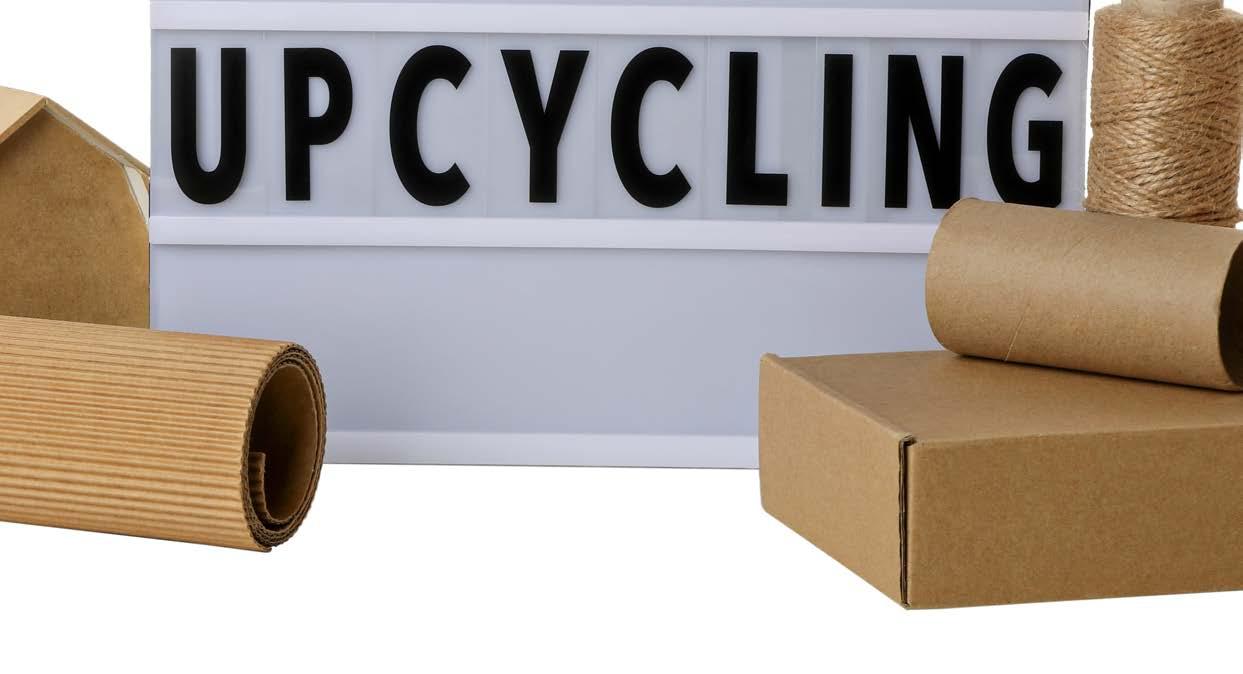

By Manish Singhal
Roll Number 5057
Life at sea is a journey of discovery—not just across oceans, but within oneself. It can also be both exhilarating and isolating, especially when you’re the only person from your cultural background. During one such voyage, what could have been a period of solitude became the spark for a creative journey. My hobby of crafting intricate models from outdated navigation charts transformed into a source of inspiration, storytelling, and mindfulness.
A Hobby Born from Solitude: For centuries, paper navigation charts guided mariners across the world’s waters. These meticulously crafted maps were once indispensable, detailing coastlines, depths, and hazards. However, with the advent of ECDIS (Electronic Chart Display and Information System), traditional charts have become redundant. Many ships now rely solely on electronic systems, rendering these paper charts obsolete.
Rather than letting them fade into obscurity, I found a new purpose for these relics. While the plans for many of my creations are sourced from the internet, each piece carries my personal touch and the story of where it was built.
Models with Meaning: Over the years, I’ve crafted various models, each with its own charm and significance:


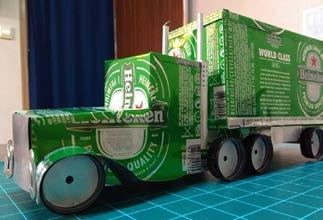




A Moving V12 Engine: A mechanical masterpiece built entirely from paper, showcasing intricate motion and engineering precision. Watching it in action is a satisfying reminder of how creativity, art, and engineering intertwine.
A Carousel: This moving piece symbolizes life’s ups and downs—a poetic reminder that despite the challenges, we must hold on and keep moving.
Wandering in the Sky: A whimsical creation of a clown on a bicycle that adds a touch of humor and joy, showing how even the simplest ideas can bring a smile.
The Beer Can Truck: A Tribute to Creativity (and Beer): Among my favorite creations is a truck model fashioned from scrap beer cans. As I often say, “God bless the man who invented beer.” This model not only celebrates ingenuity but also adds a touch of fun to the art of upcycling.
The Cutty Sark Ship and a Pendulum Clock: Maritimeinspired models that echo the stories of the sea and the passage of time.
The Chess Set: Engineering Meets Strategy: Crafted from scrap metal found in the engine room after machinery
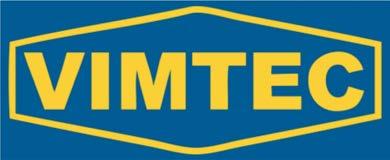
Discover VIMTEC, Singapore’s premier Hydraulic service provider. We specialized service portfolio consists of repairs, upgrades, and modernization as well as field services. We specialize in repairing products such as; Hydraulic Cylinders, Hydraulic Pumps/Motors, Hydraulic Hoses and Fittings, and Hydraulic Winches.
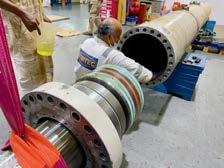

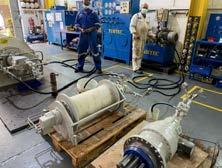


+65 9851 3282
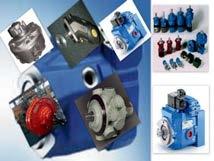
HYDRAULIC CYLINDER
Specializing in all types of cylinders service and supplies high-quality cylinder parts
HYDRAULIC PUMP/MOTOR
Expert repair and servicing of Hydraulic pumps and motors from renowned brands worldwide.
HYDRAULIC WINCH
Comprehensive service and spares for all types of winches.
DECK CRANE SERVICE
Specialize in the installation, operation, maintenance, and inspection of all types of offshore and marine cranes.
DECK MACHINERY CATEGORIES
Service all types of deck machinery such as General Winches, Anchor & Mooring Winches, Capstan Winches, Cargo Winches, Capstans, Sheaves, Fairleads, and Line Monitoring systems.
SALES OF HYDRAULIC
We provide a wide range of Hydraulic spares for various leading brands such as Hydraulic motors, pumps and Accumulators.
overhauls, this unique creation reflects a resourceful approach to upcycling. It stands as a testament to how even discarded materials can find a new purpose, mirroring the ingenuity and adaptability required at sea.
Materials and Tools: The medium I use—navigation charts—is both practical and symbolic. The sturdy paper lends itself well to precision crafting, while the charts’ faded lines and markings add a nautical character to the designs. Armed with basic tools like scissors, glue, and a ruler, I breathe new life into materials that would otherwise be discarded.
The Crafting Process: Each model begins with a plan, typically sourced from the internet. I adapt these designs to the material at hand and meticulously cut, fold, and assemble them into complex shapes.
Building moving models, such as the V12 engine, requires patience and precision, especially aboard a moving ship where conditions aren’t always ideal.
Challenges and Lessons Learned: Crafting aboard a
ship comes with its challenges: limited space, a moving environment, and finite resources. Despite these hurdles, each finished piece is a testament to persistence and creativity. More than just art, these models represent my journey and the lessons learned along the way.
Why It Matters: What began as a way to pass time and cope with isolation has grown into a meaningful part of my life. Crafting gives me a sense of purpose and teaches me to appreciate transformation—both of materials and of perspectives. Sharing my creations through YouTube and conversations has allowed me to connect with others who find inspiration in my work.
A Hobby Worth Exploring: This hobby isn’t just about making models; it’s about storytelling, perseverance, and finding joy in the process. Whether it’s the motion of a paper engine or the symbolism of a carousel, these creations remind me of life’s intricacies and possibilities.
I hope my story encourages others to explore their creative side, no matter their surroundings or resources. Take a closer look around you—your next masterpiece might be hidden in something as simple as a scrap of paper.


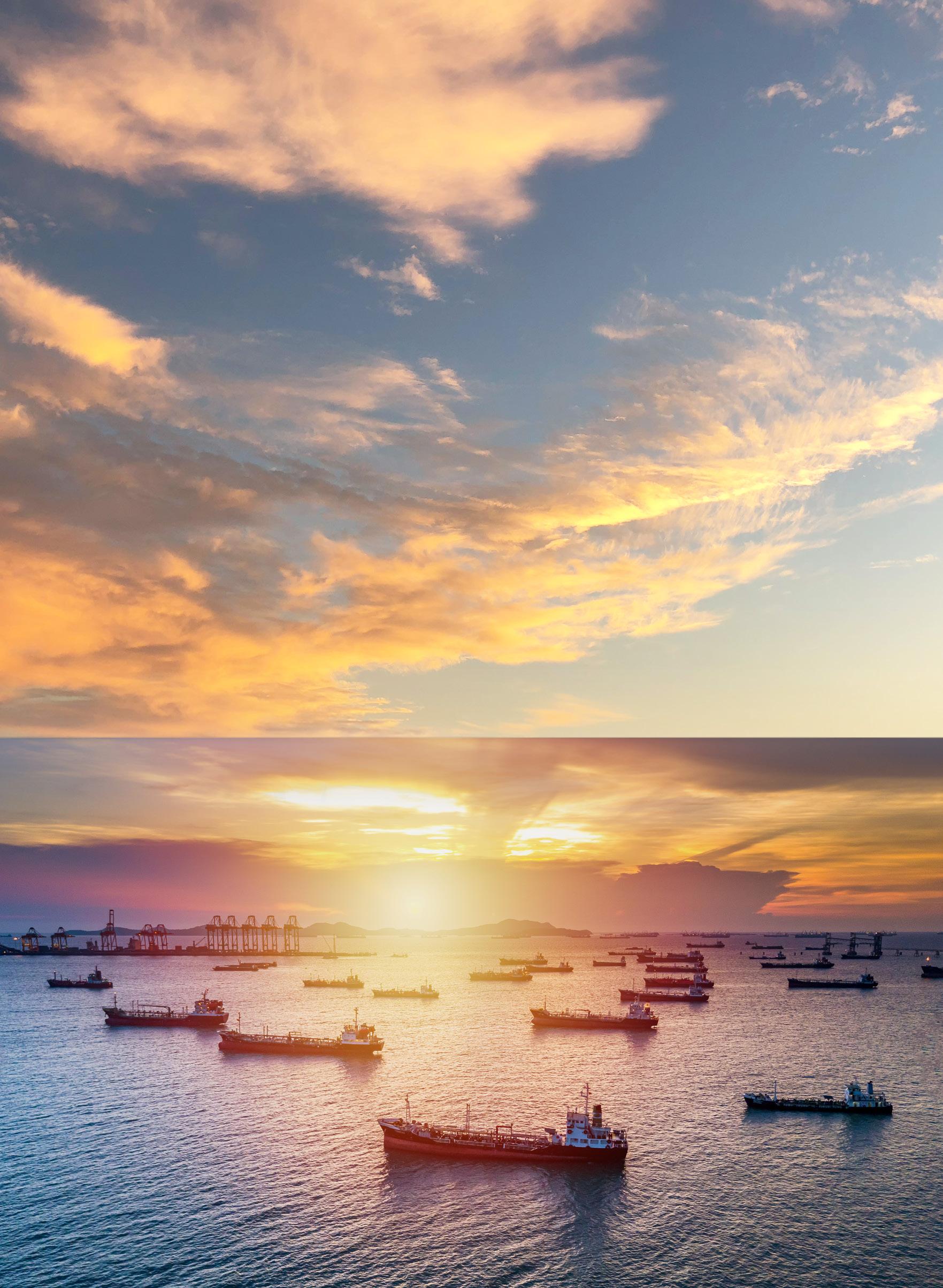
Drew Marine is dedicated to delivering smart and sustainable solutions designed to enhance the safety and efficiency of your vessels. We extend our warmest wishes for a wonderful year and a joyful evening.
We provide a comprehensive suite of solutions tailored to your needs, including water treatment, fuel management, maintenance cleaning, welding safety, innovative refrigeration for future-proofing, and cargo hold cleaning. We aim to help you meet regulatory standards while maximizing operational performance.
By Joyashish Basu Roy S/O Jagadendu Basu Roy | Roll Number 5399
Oxygen was on his way to school. He was in a particularly good mood as he had full marks in his recent mathematics exam when suddenly the one person who he hated had to come, Bully Arsenic. Also known as the leader of the Metalloids gang. They were the most vicious gang and loved to bully Oxygen as he was very gullible. “Who is going to help you now?” Arsenic said as he got his fist ready to bash into Oxygen’s face. “HYDROGEN!” Oxygen screamed with all his might. Hydrogen was Oxygen’s best friend who always had his ears perked up as he knew that Oxygen was very vulnerable to bullies. He ran to him and told the bullies to go away and not to mess with them. The bullies were very scared of Hydrogen as he was extraordinarily strong. Oxygen thanked Hydrogen again for saving him from the tough situation.
They then went off to their class. The name of their class was Nonmetals. Oxygen was overly excited as they were going to study chemistry with Mr. Argon. Oxygen’s favorite subject and favorite teacher made it a double bonanza for
him. Mr. Argon had given them homework and Oxygen decided to call Hydrogen for a sleepover so they could study together and play some games. Hydrogen was overjoyed hearing this and agreed instantly. That evening Hydrogen came to Oxygen’s house, and he also brought his younger brother, Hydrogen Junior, along as he wanted to come. They did their homework together, played video games and then had their dinner, which is when Oxygen’s mother announced it was time for bed. They quickly got into bed. Oxygen, Hydrogen and Hydrogen Junior read scary stories to pass the time, but later they got tired and slept. Early in the morning Oxygen woke up to a wet sensation. He thought that he was just dreaming but then he realized that his bed was dripping wet with water. Hydrogen and his brother also could not understand what was happening when Oxygen used its intelligence and understood that the two Hydrogen molecules and the one Oxygen molecule had joined to form H20 which was water. They all had a good laugh about it. ▄
Poetry is the melody of words, weaving emotions, thoughts, and dreams into a rhythmic dance of language.
By Subodh Kumar Das Madhupati Roll number 5081 | Class of 2001
By Anil Deswal Roll number 4268 | Class of 1995
Death a door to crossover to other realms.
Birth a beginning of small journey. A journey of measured times. Soul has no purpose but just to travel. Learn unlearn and mysteries unravel. Fragrance of Earth. Lingers on with Soul.
It keeps coming back to get some more. And more and more till it has its full.
And once it’s done it goes in rest awhile.
Soul has no purpose but just to travel.
Learn unlearn and mysteries unravel.
By Alok Misra
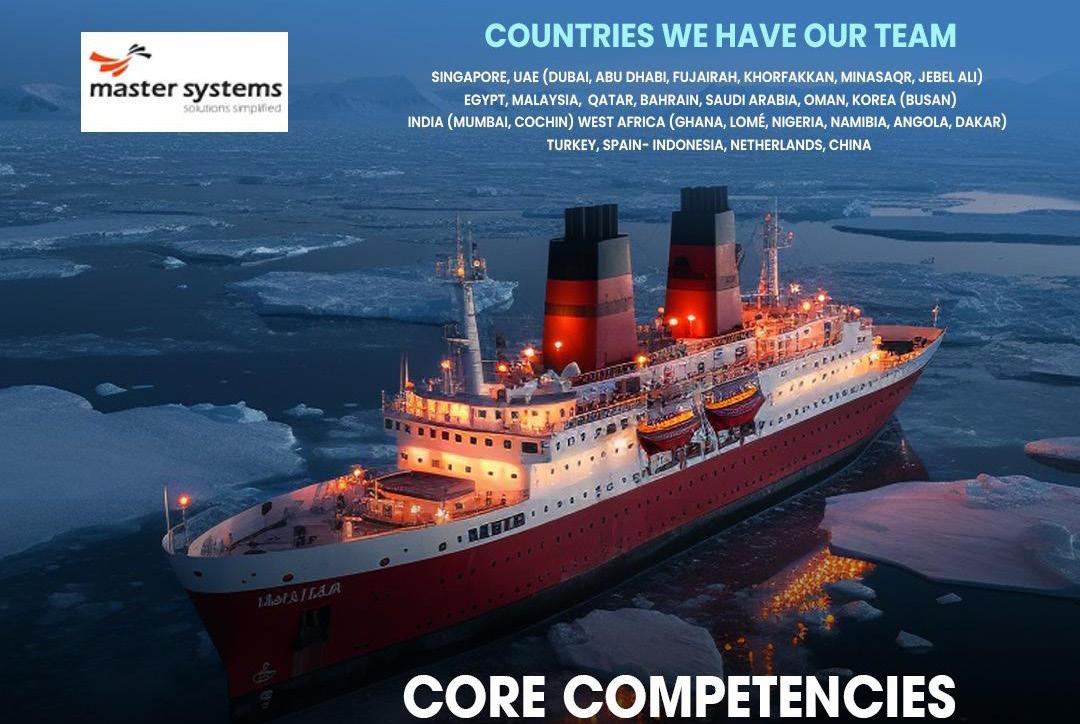





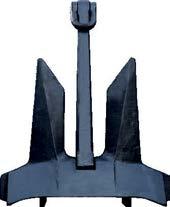
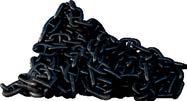















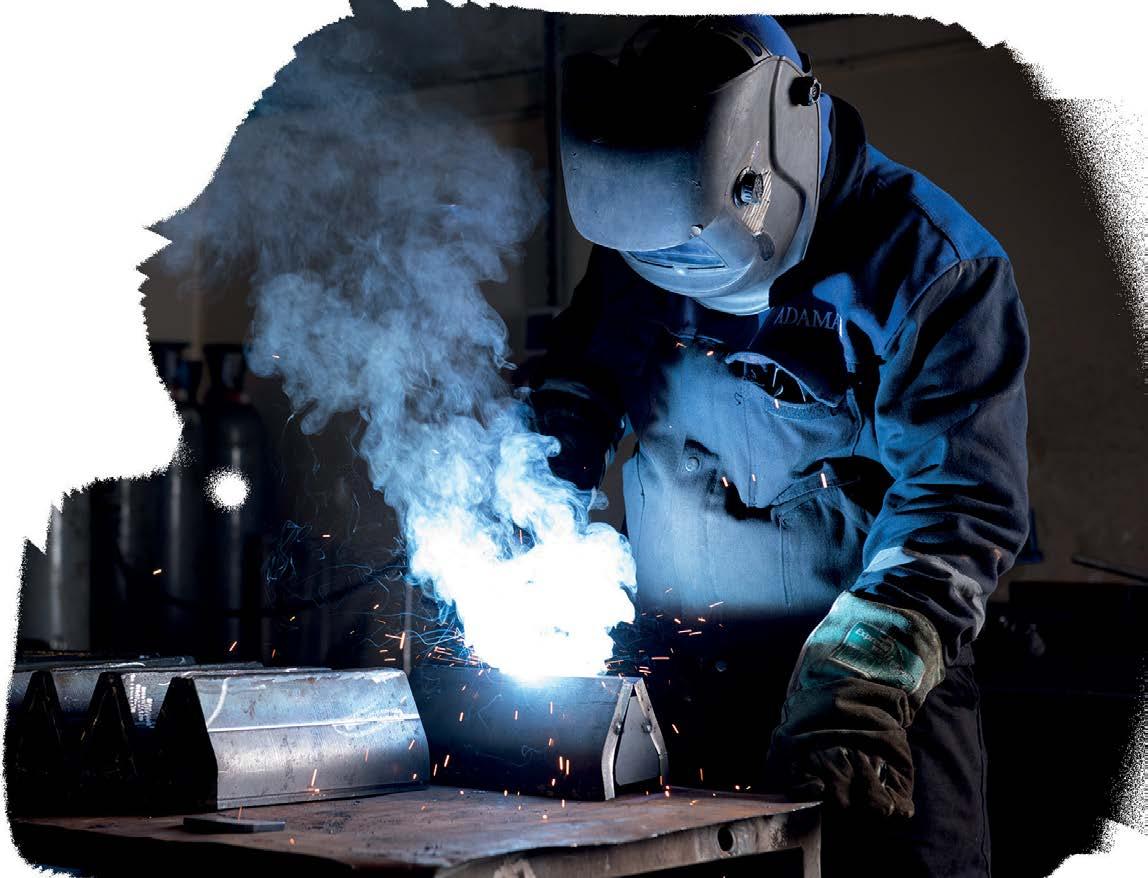

By Rishita Jha D/O Ratan Jha Roll number 4750 | Class of 1998
IIn moments still, a gift is made, Where silent needs and hopes cascade, A drop of life from you to me, Transforms despair to certainty.
In gentle veins, your kindness flows, Where hope revives and healing grows, A crimson tide that mends and frees, A lifeline borne on tender seas.
For every life that you restore, A brighter world, a chance for more, Your gift extends beyond the day, In countless hearts, your love will stay.
Donate blood, save lives!!

Rashee Jha D/O Ratan Jha Roll number 4750 | Class of 1998
In the hush of twilight’s gentle sigh, Where shadows stretch and silence lies, I wander through this crowded space, Yet feel the weight of an empty embrace.
The laughter drifts like autumn leaves, As fleeting moments weave and weave, But here I stand, a ghost in light, Invisible in the vibrant night.
Faces blur, a colourful haze, While I remain in a muted daze, Each hello, a whisper, passing by, Each gaze is a star that fails to fly.
I search for echoes in the crowd, A heart to speak, a voice aloud, But every smile, a distant shore, And I, a ship, longing for more.
Oh, to be seen, to feel the thread, Of connection’s warmth, where dreams are fed, Yet I drift on this quiet sea, A soul adrift, yearning to be free.
So here I stand, amidst the crowd, With stories buried, a silent song, Yet hope flickers, a candle’s glow, For in the dark, the light may grow.
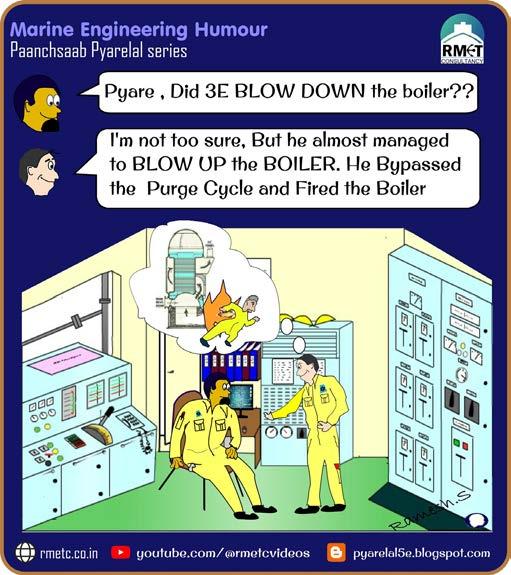

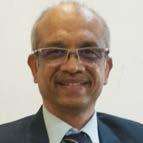
By Ramesh Subramanian


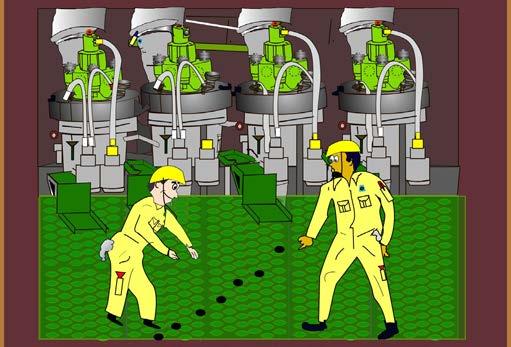
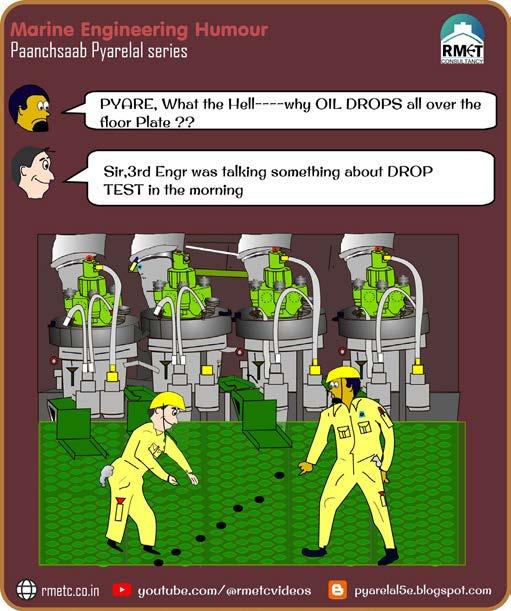
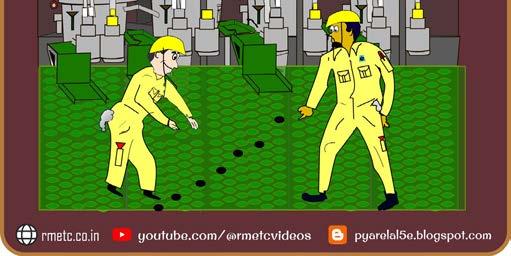
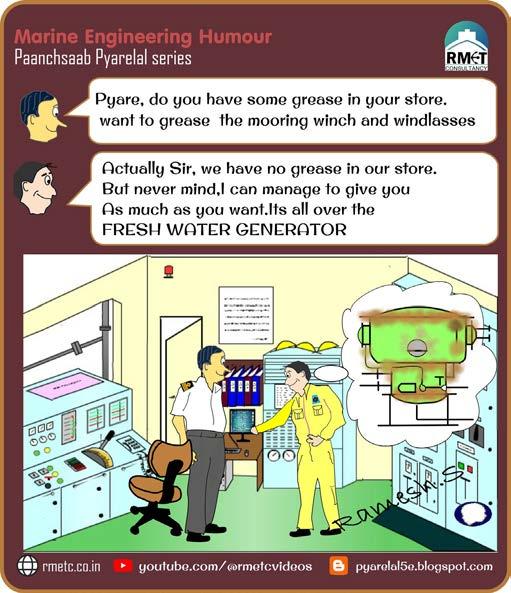

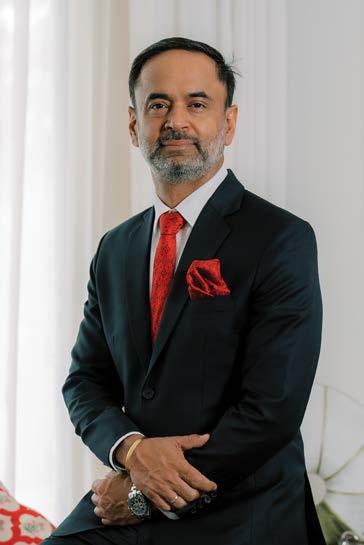
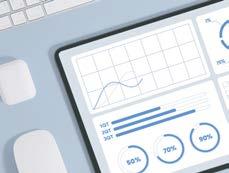

“The future of the world is dependence on the adaptation towards Digitalization and AI . This is the way forward and keeping in mind every individuals CSR contribution and reducing carbon emissions.”
Capt. Harminder Singh, CEO & Founder
BLU Healing Hearts was founded with a mission to heal hearts and create meaningful change. Guided by Capt. Harminder Singh, a visionary leader with over 30 years in the maritime industry, BHH builds on a legacy of success and compassion.
Mission and Vision
To heal hearts by addressing community needs through impactful contributions. A world where compassion bridges the gap for the underprivileged.
For any donations or charity work please get in touch with us +65 8189 3543 or contact@bluhealinghearts.com


Exclusive Partnership with:
Drydocks World Dubai, UAE
Tersan Shipyard, Turkey
BLRT Lithuania, Estonia & Finland SY
HaLong Dockyard(Nosco),Vietnam
Sociber, Valparaiso, Chile
Diaplous Group-Maritime Security
Oceanus Maritime Svcs – Houston, US
Inspections, surveys for H&M, P&I, Audits in all US Ports
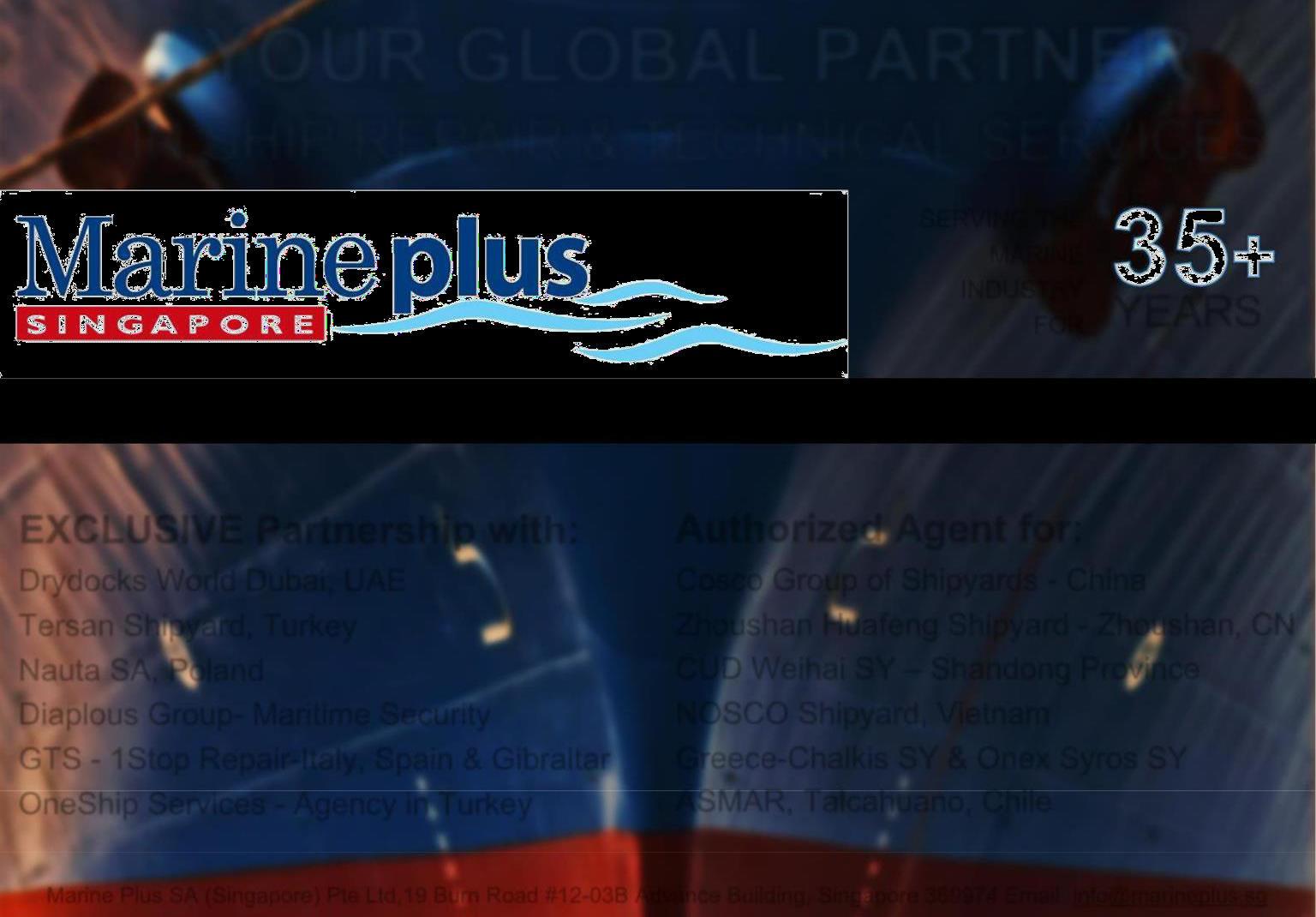
Representation Worldwide Authorized Agent for:
Cosco Group of Shipyards
CUD Weihai Shipyard -Shandong Province
Huafeng SY – Zhoushan & Daishan
Fujian Boen & Boyang Shipyards
Yiu Lian Dockyard – Hong Kong
Onex Syros & Elefsis SY, Greece
JAM Marine Dockyard & Diving-Panama
CDESL – Trinidad & Tobago


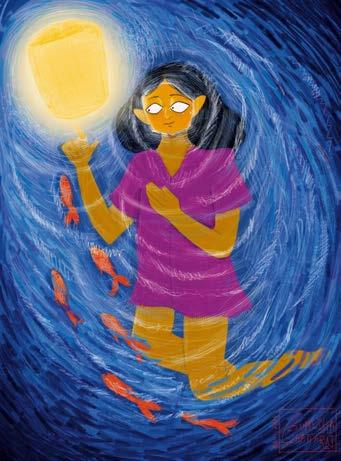

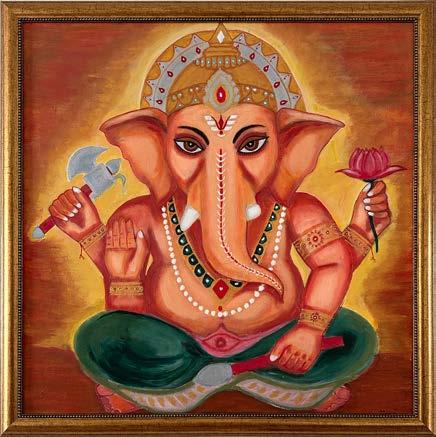
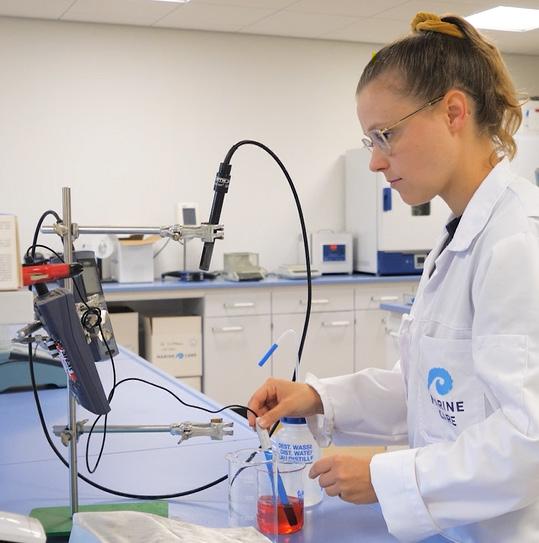



We optimize your supply of Caustic Soda, Urea and Magnesium Oxide, Our bunkering team are always on call .
Our range of Fuel treatment, Engine room, Water treatment and cleaning chemicals ensure optimal performance and flexibility.
www.marine.care







Abstract


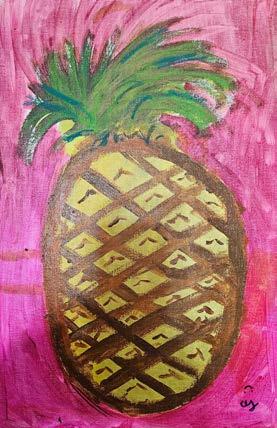
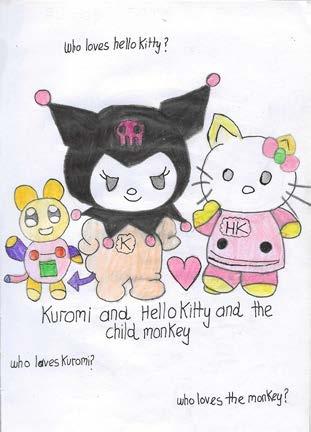






Remembering and preserving the important events and people in our lives
March 2024
Reunion Event

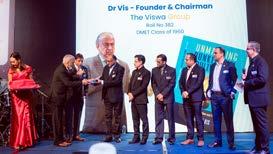


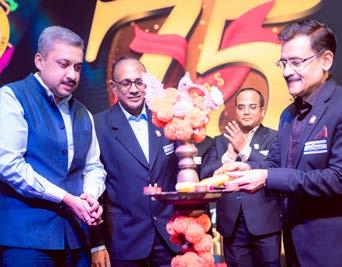
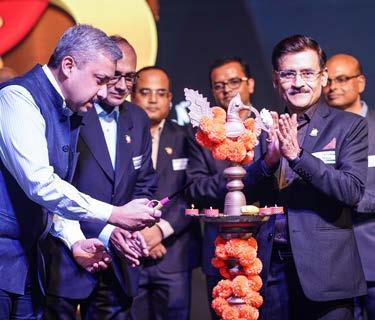

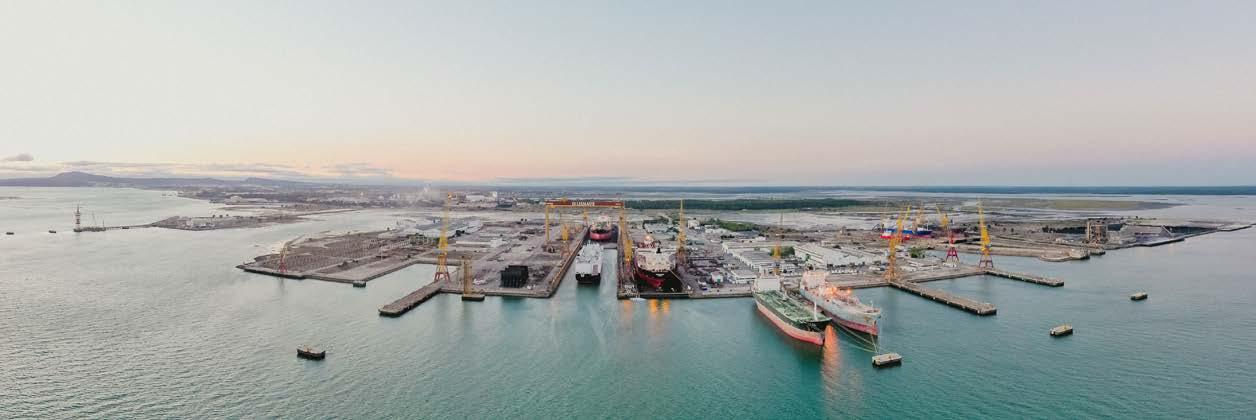













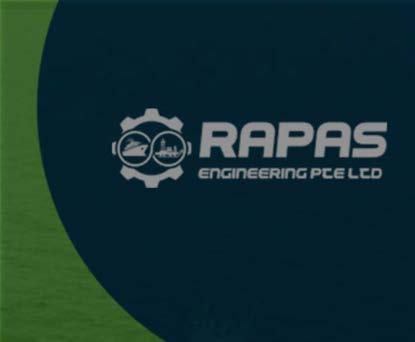
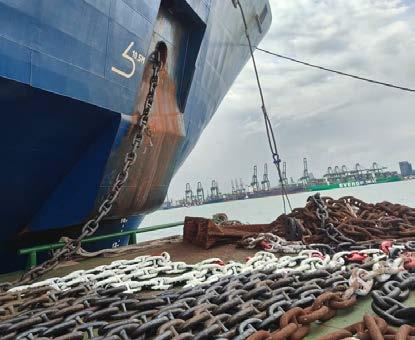















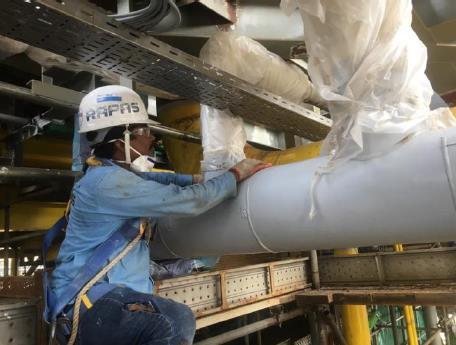

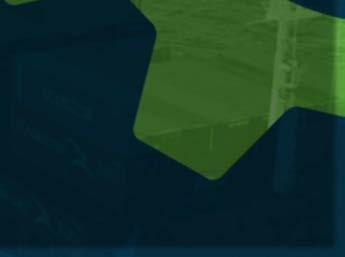

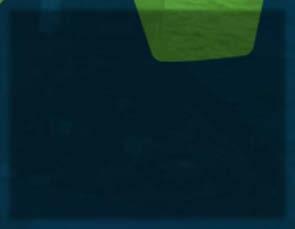



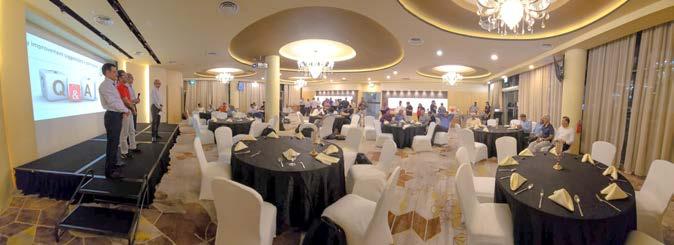

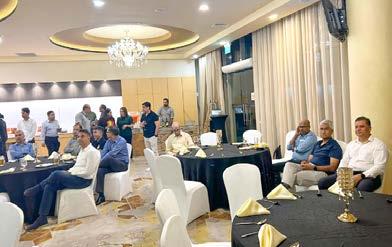
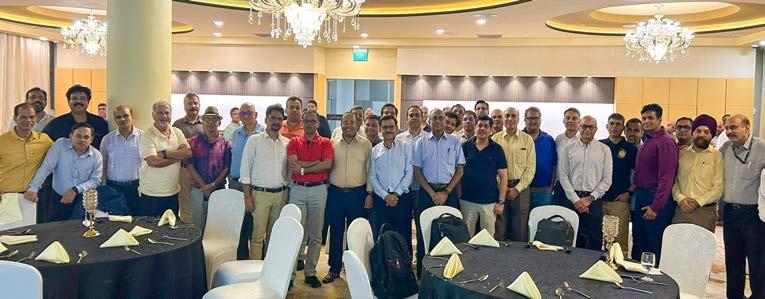

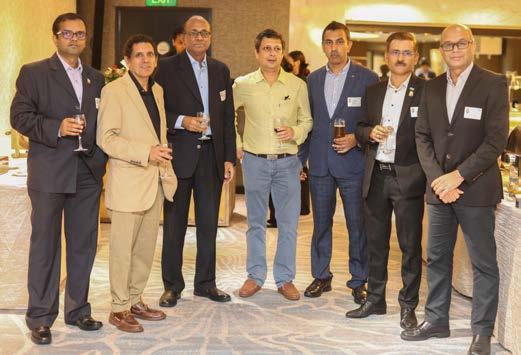


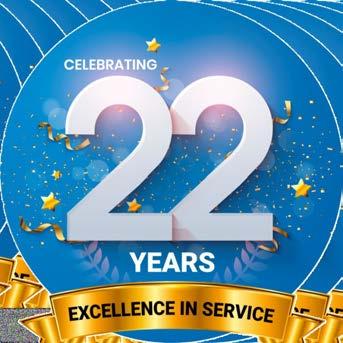

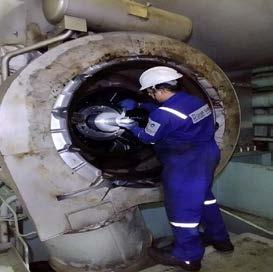
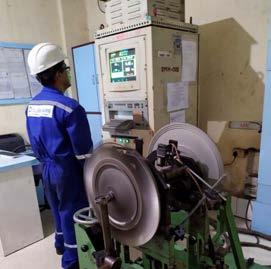


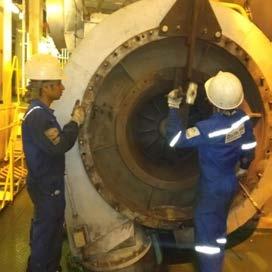
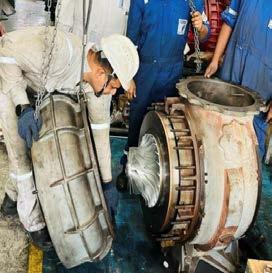






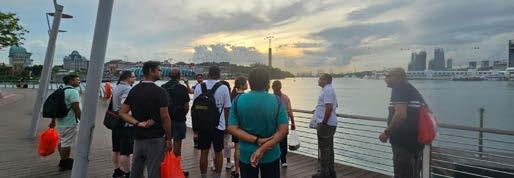

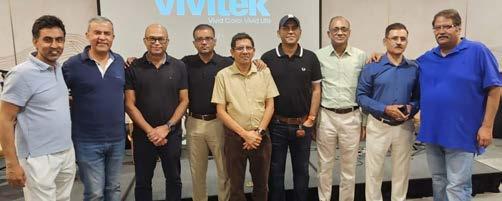
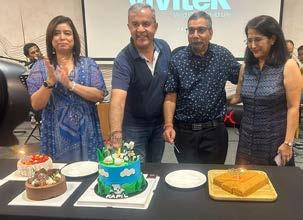

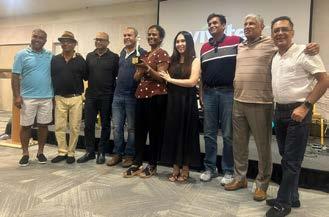

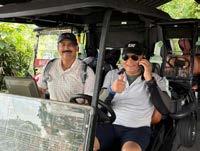

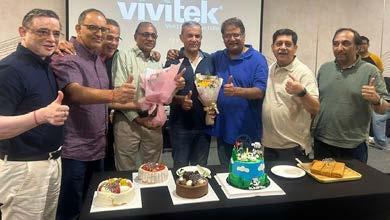
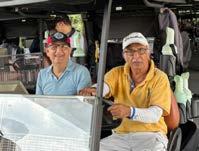

Established in Year 2006 (19th Year of Excellence in Marine Services and Repairs)
Established in Year 2006 (19th Year of Excellence in Marine Services and Repairs)
Established in Year 2006 (19th Year of Excellence in Marine Services and Repairs)
Established in Year 2006 (19th Year of Excellence in Marine Services and Repairs)
Established in Year 2006 (19th Year of Excellence in Marine Services and Repairs)
Established in Year 2006 (19th Year of Excellence in Marine Services and Repairs)
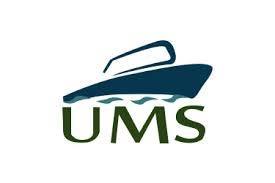
Uni Marine Services / Automation Pte Ltd
Uni Marine Group of Companies
Uni Marine Group of Companies
Uni Marine Group of Companies
Uni Marine Group of Companies
Uni Marine Group of Companies •Uni Marine Services Pte Ltd
Uni Marine Group of Companies
•Uni Marine Services Pte Ltd
•Uni Marine Services Pte Ltd
•Uni Marine Services Pte Ltd
•Uni Marine Services Pte Ltd
•Uni Marine Services Pte Ltd
•Uni Marine Automation Pte Ltd
•Uni Marine Automation Pte Ltd
•Uni Marine Automation Pte Ltd
B. PLC Programming and Configuration
•Uni Marine Automation Pte Ltd
•Ehsan Marine Engineering Pte Ltd
Established in Year 2006 (19th Year of Excellence in Marine Services and Repairs) Uni Marine Services / Automation Pte Ltd Ehsan Marine Engineering Pte Ltd
Uni Marine Services / Automation Pte Ltd
Uni Marine Services / Automation Pte Ltd
•Uni Marine Automation Pte
•Ehsan Marine Engineering Pte Ltd
•Ehsan Marine Engineering Pte Ltd
•Ehsan Marine Engineering Pte Ltd
•Ehsan Marine Engineering Pte
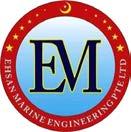
Fabrication works and pipe repairs
C. Computer , Software and IT Support C. All types of mechanical jobs
Ehsan Marine Engineering Pte Ltd
Ehsan Marine Engineering Pte Ltd
Uni Marine Services / Automation Pte Ltd
A. Automation
Uni Marine Services / Automation Pte Ltd Ehsan Marine Engineering Pte
A. Automation
A. Automation
A. Automation
D. Air Conditioning & Refrigeration Repairs
Ehsan Marine Engineering Pte Ltd
D. Steel structural repairs
Marine Engineering Pte
A. Pump and valve overhaul
A. Pump and valve overhaul
A. Pump and valve overhaul
A. Automation A. Pump and valve overhaul
E. LSA / FFA Services
A. Pump and valve overhaul
A. Automation A. Pump and valve overhaul
B. PLC Programming and Configuration
B. PLC Programming and Configuration
B. PLC Programming and Configuration
E. Vessel renaming ( Approved by all Classes )
B. PLC Programming and Configuration
B. PLC Programming and Configuration
F. Switchboard High , Medium and Low
C. Computer , Software and IT Support
C. Computer , Software and IT Support
B. Fabrication works and pipe repairs
B. Fabrication works and pipe repairs
B. Fabrication works and pipe repairs
B. Fabrication works and pipe repairs
B. Fabrication works and pipe
B. PLC Programming and Configuration B. Fabrication works and pipe repairs
C. Computer , Software and IT Support
F. Authorised shipyard contractor Voltage D/D Maintenance
C. Computer , Software and IT Support
C. Computer , Software and IT Support
G. Certified Calibration Laboratory
D. Air Conditioning & Refrigeration Repairs
D. Air Conditioning & Refrigeration Repairs
C. All types of mechanical jobs
C. All types of mechanical jobs
C. All types of mechanical jobs
C. All types of mechanical jobs
C. All types of mechanical jobs
D. Air Conditioning & Refrigeration Repairs
C. Computer , Software and IT Support
D. Air Conditioning & Refrigeration Repairs
D. Steel structural repairs
D. Steel structural repairs
D. Steel structural repairs
C. All types of mechanical jobs
E. LSA / FFA Services
H. Free Remote Assistance
D. Air Conditioning & Refrigeration Repairs
E. LSA / FFA Services
D. Steel structural repairs
D. Steel structural repairs
E. LSA / FFA Services
D. Air Conditioning & Refrigeration Repairs
E. Vessel renaming ( Approved by all Classes )
E. LSA / FFA Services
E. Vessel renaming ( Approved by all Classes )
E. Vessel renaming ( Approved by all Classes )
D. Steel structural repairs
E. LSA / FFA Services
E. Vessel renaming ( Approved by all Classes )
E. LSA / FFA Services
E. Vessel renaming ( Approved by all Classes )
F. Switchboard High , Medium and Low
F. Switchboard High , Medium and Low
F. Switchboard High , Medium and Low
F. Authorised shipyard contractor Voltage D/D Maintenance
F. Switchboard High , Medium and Low
E. Vessel renaming ( Approved by all Classes )
F. Authorised shipyard contractor Voltage D/D Maintenance
F. Authorised shipyard contractor Voltage D/D Maintenance
F. Switchboard High , Medium and Low
Voltage D/D Maintenance
Voltage D/D Maintenance
G. Certified Calibration Laboratory
G. Certified Calibration Laboratory
G. Certified Calibration Laboratory
G. Certified Calibration Laboratory
Uni Marine Group of Companies No. 1 Sunview Road #04-25 Eco-Tech@Sunview
Singapore 627615
F. Authorised shipyard contractor
F. Authorised shipyard contractor
F. Switchboard High , Medium and Low F. Authorised shipyard contractor Voltage D/D Maintenance
G. Certified Calibration Laboratory
H. Free Remote Assistance
H. Free Remote Assistance
H. Free Remote Assistance
H. Free Remote Assistance
G. Certified Calibration Laboratory
H. Free Remote Assistance
H. Free Remote Assistance
PIC : Narendra
Mobile : +65-87006028
Email : technical@unimarine.com.sg
Uni Marine Group of Companies No. 1 Sunview Road #04-25 Eco-Tech@Sunview
Uni Marine Group of Companies No. 1 Sunview Road
Uni Marine Group of Companies No. 1 Sunview Road
Uni Marine Group of Companies No. 1 Sunview Road
#04-25 Eco-Tech@Sunview
#04-25 Eco-Tech@Sunview
Uni Marine Group of Companies No. 1 Sunview Road
Singapore 627615
Singapore 627615
Singapore 627615
#04-25 Eco-Tech@Sunview
#04-25 Eco-Tech@Sunview
PIC : Narendra
PIC : Narendra
PIC : Narendra
Singapore 627615
Singapore 627615
Mobile : +65-87006028
Mobile : +65-87006028
Mobile : +65-87006028
PIC : Narendra
PIC : Narendra
Email : technical@unimarine.com.sg
Email : technical@unimarine.com.sg
Email : technical@unimarine.com.sg
Mobile : +65-87006028
Mobile : +65-87006028
Email : technical@unimarine.com.sg
Email : technical@unimarine.com.sg


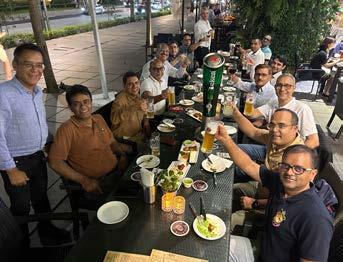
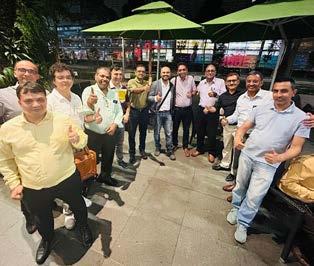
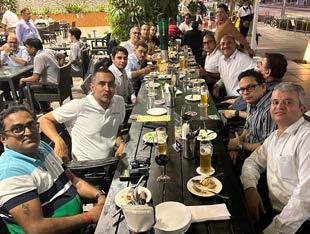
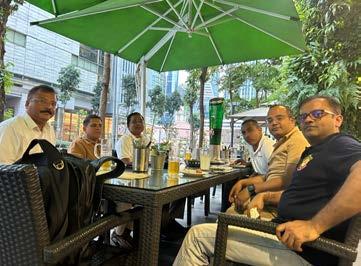
August 2024
Day




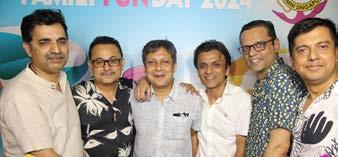
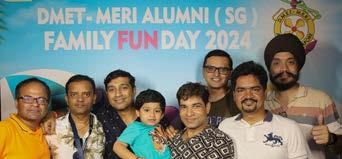
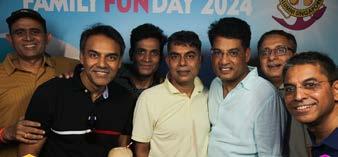

1959 R.K. Agrawal 326
1960 Ramaratnam Visweswaran 382 Viswa Group
1961 K.M. Raju 449
1963 Upendra Salvi 548
1964 R.N. Saxena 685
1969 Ravinder N. Chadha 1164
1969 Syed Mohd. Mahmoodulla 1187
1969 Amit Ray 1210
1970 Vishnu Saili 1242
1970 S. Jairaj 1264
MTM Ship Management Pte. Ltd.
1970 Sushil Kumar Sharma 1270 Conard Engg & Trading Pte. Ltd.
1970 Francis J. Rodrigues 1273
Ecoship Sdn Bhd Malaysia
1970 Anju Bishnoi 1283 Maritec Pte. Ltd.
1971 Pradeep K Misra 1375
1972 Rajan Bhandari 1495
Executive Ship Management Pte. Ltd.
1973 Deepak Kamran 1538 RN Marine
1973 Raj Shekhawat 1563
Sealine Management Pte. Ltd.
1973 Bodh Nath Prasad 1627 IS Container Pte. Ltd.
1974 Vijay Bhandari 1672 Kaizen Maritime Pte. Ltd.
1974 Himadri Shankar Basak 1734
1976 Aditya Kumar Ruhil 1894 Eagle Bulk Pte. Ltd.
1976 Amitabh Agrawal 1903 Wilhelmsen Ship Management Pte. Ltd.
1976 Abani Mohapatra 1915
1976 Sanjay Anand 1933 3 Pillars Pte. Ltd.
1977 J. Orson Lobo 1959
1977 P.K. Thapliyal 1961 Gearbulk Singapore Pte. Ltd.
1977 Rajendra S. Shekhawat 1972 Arti Marine Services
1977 Anil Ahuja 2031 Asian Flavors Pte. Ltd.
1977 Arun Ahluwalia 2519
1977 B.S. Teeka 2540
Executive Group
1977 Unnikrishnan Edakunni 2545 Tiansan Shipping Pte. Ltd.
1977 Kanniappan Cheluvaraj 2558 NYK Shipmanagement Pte. Ltd.
1977 Naresh Chand 2562
Orient Ship Management & Manning Pte. Ltd.
1978 Srinath Medepalli 2042 Singapore Strait Ship Manager Pte. Ltd.
1978 Rashim Berry 2077 Eastern Pacific Shipping Pte. Ltd.
1978 Rahul Bhatnagar 2082
R.B.Offshore (Technical) Pte. Ltd.
1978 Karrah Krishna Kumar 2521 KK Maritime Pte. Ltd.
1978 K Venkatesh 2544
Executive Ship Management Pte. Ltd.
1980 Hariharan Sankaran 2239 MTM Ship Management Pte. Ltd.
1980 Bhavkaran Singh 2255 Freelance
1980 Rajiv Sankar 2325
Exxon Mobil Asia Pacific Pte. Ltd.
1981 Gurjit Singh Chadha 2421 OCS Services DMCC
1981 Deepak Seth 2431 K-Line Ship Management Pte. Ltd.
1981 Bimal Kumar Sinha 2433
1981 Sanford D'souza 2440
1981 Fuad Siddique 2452
1981 Yatin Gangla 2480
1981 Ashutosh Rao 2491
MMS Maritime
V.Ships Offshore (Asia) Pte. Ltd.
Abby Marine
Masthead Enterprises Pte. Ltd.
Marine Power International (Singapore) Pte. Ltd.
1981 Sanjay Verma 2496 Wartsila Singapore Pte. Ltd.
1982 Rajkrish Kumaran 2579 Self Employed
1982 Sheshashayee Venkatraman 2599
1982 Rajiv Pritmani 2625
1982 Rakesh Lamba 2637
1982 P.V. Suresh 2648
Radical Advice Pte. Ltd.
Goodwood Ship Management Pte. Ltd.
Samco Shipholding Pte. Ltd.
Executive Offshore Pte. Ltd.
1982 Kris Kumar 2659 Digital Realty
1982 Prakash Rebala 2812
Synergy Marine Pte. Ltd.
1982 Prashant Chaudhari 2855 MOL Tankship Management Pte. Ltd.
1982 Tatta Seshu Raghavacharyulu 2972 Green Sails
1984 Akhil Dalakoti 3330 Executive Ship Management Pte. Ltd.
1985 Rajendra Gurnani 2985 Avalontec Pte. Ltd.
1985 Anand Rao 3001 Galvantrix Pte. Ltd.
1985 Arvind Raja 3004 Unix Line Pte. Ltd.
1985 Arvind Kumar Saxena 3006 Executive Ship Management Pte. Ltd.
1985 Satyendra Pratap Singh 3007 Executive Ship Management Pte. Ltd.
1985 Vivek Dwivedi 3013 GP Global
1985 Srikant R. Ayyer 3014 Andrew Moore & Associates
1985 Vijay Dattatreya 3015 Omni Offshore Terminals Pte. Ltd.
1985 Sanjay Gupta 3051
1985 Salil Kumar 3060 KK Ship Management Pte. Ltd.
1985 Subroto Mitra 3093 Columbia Shipmanagement Pte. Ltd.
1986 Raminder Singh Chhatwal 3201 Hafnia Pte. Ltd.
1986 Govind Madhav Cowlagi 3226 PT Salam Pacific Indonesia Lines
1986 Ashok Nair 3235 Pacific Carriers Ltd.
1986 Rajesh Sehgal 3239 OSM-Thome Ship Management Pte. Ltd.
1986 Indranil Majumdar 3248 Sophiste Pte. Ltd.
1986 Shridhar Viswanathan 3273 Daya Marine Consultancy Pte Ltd
1986 Brijesh Tewari 3275 Lloyds Register
1986 Bachan Singh Rana 3281 OSM-Thome Ship Management Pte. Ltd.
1986 Abdhesh Prasad 3287 Shoei Kisen Kaisha Ship Management Pte. Ltd.
1986 Arvind Sinha 3300 JLL
1986 Rajesh Kumar Singh 3313 MSI Ship Management Pte. Ltd.
1986 Satrajit Roy 3315 K-Line Ship Management Pte. Ltd.
1987 Konduru Vijay Sekhara Raju 3373 Wallem Shipmanagement Singapore Pte. Ltd.
1987 Deepak Arora 3374 NYK Shipmanagement Pte. Ltd.
1987 Kapil Berry 3381 DNV Singapore Pte. Ltd.
1987 Balaji Krishnamurthy 3382
1987 Alok Misra 3400 Goodwood Ship Management Pte. Ltd.
1987 Devendra Khanduri 3405 Maersk Tankers A/S
1987 Neeraj Loomba 3418 Asia-Pacific Shipmanagement Pte. Ltd.
1987 Jayanta Bishnu Sinha 3420
1987 Sanjay Agrawal 3423
1987 Vishal Gupta 3428
1987 Tapas Roy 3440
1987 Tapan Pattanayak 3442
1987 Prem Chand Singh 3452
1987 Boyanapalli Subbarao 3454
1987 Sunil Kumar Karan 3459
1987 Sanjiv Gupta 3461
1987 Atul Ojha 3469
1987 Manoj Bole 3470
1987 Vinay Gupta 3472
1987 Naveen Kumar 3474
1988 Dharmendra Shirsat 3518
1988 Sandeep Jain 3532
1988 Maharishi Bhargava 3553
1988 Sanjay Patki 3560
1988 Ajay Yadav 3565
1988 Pradeep Unni 3583
1988 Anil Sinha 3589
1988 Om Prakash Tiwary 3595
1988 Amit Srivastava 3601
1988 Vikas Trivedi 3603
1988 Krishan Kumar Sharma 3610
1989 Dina Nath Pathak 3656
1989 Raj Kumar Bose 3660
1989 Chinmoy Ghose 3669
1989 Ajay Chaudhary 3672
1989 Anzarul Hassan 3675
1989 Abhay Kumar 3677
1989 Sandeep Kumar 3678
1989 Uday Kumar 3684
1989 Bal Govind Singh 3686
1989 Sushil kumar Mishra 3702
1990 K Srinivas Patnaik 3724
1990 Rakesh Kumar Agrawalla 3726
1990 Prosanto Roy Choudhury 3732
1990 Vinay Dhillon 3735
1990 Sanjay Kumar
1990 Ramesh Kumar Patro 3742
1990 Darshan Gaur 3753
1990 Ashvin Mande 3754
1991 Praveen Kumar Jindal 3779
1991 Sanjiv Mishra 3806
1991 Sarat Nayak 3807
1992 Sanjiv Varadarajan 3822
1992 Upendra Kumar Dubey 3823
1992 Karmesh Kumar Tiwari 3826
1992 Neeraj Uberoi 3827
1992 Kuldeep Bampal 3840
Bernhard Schulte Shipmanagement (Singapore) Pte. Ltd.
MOL Tankship Management Pte. Ltd.
Grand Blue Shipping Pte. Ltd.
Draco Buren Shipping Pte. Ltd.
Ishima Pte. Ltd.
V.Ships (Asia Group) Pte. Ltd.
AET Ship Management Pte. Ltd.
OSM-Thome
Storm Geo Pte. Ltd.
Bernhard Schulte Shipmanagement (Singapore) Pte. Ltd.
Maritime Port Authority (MPA) of Singapore
Bernhard Schulte Shipmanagement (Singapore) Pte. Ltd.
Reliance Global Energy Services (S) Pte. Ltd.
Aniket Solutions Pte. Ltd.
Columbia Shipmanagement Pte. Ltd.
Eastern Pacific Shipping Pte. Ltd.
NYK Shipmanagement Pte. Ltd.
OSM-Thome
Apollo Maritime Group
Executive Ship Management Pte. Ltd.
Searland Management Services Singapore
Diamond Ship Management Pte. Ltd.
Anglo-Eastern Ship Management (Singapore) Pte. Ltd.
Comaea Consulting Pte. Ltd.
Executive Ship Management Pte. Ltd.
MOL Ship Management (Singapore) Pte. Ltd.
Metis Cyberspace Technology (Singapore) Pte. Ltd.
Synergy Marine Pte. Ltd.
NYK Shipmanagement Pte. Ltd.
Alphard Maritime Group
PiscesER1 Marine Infotech Singapore Pvt. Ltd.
Mitsui OSK Lines Ltd.
Anglo-Eastern Ship Management (Singapore) Pte. Ltd.
Fleet Ship Management Pte. Ltd.
VVS Ship Management Pte. Ltd.
OSM-Thome
V.Ships (Asia Group) Pte. Ltd.
Anglo-Eastern Ship Management (Singapore) Pte. Ltd.
MOL Tankship Management Pte. Ltd.
RR Marine Consultancy Pvt. Ltd.
Genco Synergy Ship Management Pvt. Ltd.
Pacific Gas Pte. Ltd.
MMS Bulkship Management (Singapore) Pte. Ltd.
DNV Singapore Pte. Ltd.
OSM-Thome
Eaglestar Ship Mangement Pte. Ltd.
Laurel Ship Management Pte. Ltd.
MC Shipping Pte. Ltd.
MOL Ship Management (Singapore) Pte. Ltd.
MOL Tankship Management Pte. Ltd.
1992 Arbind Singh 3845
1992 Subhashish Basak 3860
Asian-Alliance Ship Management Pte. Ltd.
Chevron Asia Pacific Pte. Ltd.
1992 Avanish Pandey 3868 OSM-Thome
1992 Dhyan Chandra Jha 3871 GTS
1992 Satguru Saran Singh 3879
1992 Tarkeshwar Prasad 3880
Apeejay Shipping Ltd.
Anglo-Eastern Ship Management (Singapore) Pte. Ltd.
1992 Sanjay Verma 3882 OSM-Thome
1992 Rajesh Kumar 3883
1992 Manoj Kumar 3889
Anglo-Eastern Ship Management (Singapore) Pte. Ltd.
Anglo-Eastern Ship Management (Singapore) Pte. Ltd.
1992 Vibhor Kumar 3895 MOL Tankship Management Pte. Ltd.
1992 Alok Rawat 3903 NYK Shipmanagement Pte. Ltd.
1992 Prem Allencherry 3906
Anglo-Eastern Ship Management (Miami)
1992 Anubhav Garg 3913 NYK Shipmanagement Pte. Ltd.
1992 Anupam Kumar Singh 3933 MOL Tankship Management Pte. Ltd.
1993 Rajesh Sapre 3936 Hafnia Pools Pte. Ltd.
1993 Rohit Chauhan 3938
Anglo-Eastern Ship Management (Singapore) Pte. Ltd.
1993 Saras Tewari 3940 MOL Ship Management (Singapore) Pte. Ltd.
1993 Suryansh Srivastava 3943 Executive Ship Management Pte. Ltd.
1993 Sharadindu Mohapatra 3946 MISC Berhad
1993 Shelu Jha 3949 Anglo-Eastern Ship Management (Singapore) Pte. Ltd.
1993 Ashish Bagchi 3952 MOL Ship Management (Singapore) Pte. Ltd.
1993 Rajesh Verma 3965 Thawe Marine Pte. Ltd.
1993 Ashish Awasthi 3966 MOL Tankship Management Pte. Ltd.
1993 Bhupinder Soin 3970 MOL Tankship Management Pte. Ltd.
1993 Vinay Gupta 3972
1993 Dharmendra Kumar 3975
Union Marine Management Services (UMMS) Pte. Ltd.
Executive Ship Management Pte. Ltd.
1993 Samir Batra 3996 NYK Shipmanagement Pte. Ltd.
1993 Rajeev Bhatt 3999 MOL Ship Management (Singapore) Pte. Ltd.
1993 Gurpreet Singh 4004 Opal Ship Management Pte. Ltd.
1993 Kamlesh Kumar Singh 4005 MOL (Asia Oceania) Pte. Ltd.
1993 Nishit 4008 MOL Tankship Management Pte. Ltd.
1993 Nandan Sharma 4011 Arc Marine Pte. Ltd.
1993 Amitendra Singh 4028 Modec
1993 Tirtha Sarathi Chattaraj 4029
Anglo-Eastern Ship Management (Singapore) Pte. Ltd.
1993 Avijit Parya 4031 MMS Bulkship Management (Singapore) Pte. Ltd.
1993 Mahendra Singh Rawat 4040 Indian Register of Shipping
1993 Rajesh Ranjan 4057 Anglo-Eastern Ship Management (Singapore) Pte. Ltd.
1993 Srinivasan Raghunathan 4059 Executive Ship Management Pte. Ltd.
1993 Pradeep Naik 4065 I-Ships management Pte. Ltd.
1994 Anant A. Kulkarni 4080 Lighthouse Ship Management Pte. Ltd.
1994 Ashish Chandok 4095 NYK Shipmanagement Pte. Ltd.
1994 Manish Singal 4111 Shell Eastern Trading Pte. Ltd.
1994 Sanjeev Dubey 4114 Executive Ship Management Pte. Ltd.
1994 Prodyumna Dutta 4117
1994 Ajay Kumar Mendiratta 4119 OSM-Thome
1994 Pankaj Gupta 4126 Anglo-Eastern Ship Management (Singapore) Pte. Ltd.
1994 Kiron Jacob 4127 ABS
1994 Bharani Krishna Sure 4137 MOL Ship Management (Singapore) Pte. Ltd.
1994 Sumit Kumar 4145 Anglo-Eastern Ship Management (Singapore) Pte. Ltd.
1994 Girish T. Sreeraman 4147 DNV Singapore Pte. Ltd.
1994 Anujit Prasad 4455
1994 Prashant Kumar 4466 Omni Offshore Terminals Pte. Ltd.
1994 Rajiv Malhotra 4499
1994 Basant Pratap 4504
1994 Sonjay Bairagi
1995 Rajiv Biswas 4241
OSM-Thome
Bernhard Schulte Shipmanagement (Singapore) Pte. Ltd.
Tamar Ship Management
Blue Ridge Marine Pte. Ltd.
1995 Amit Chaudhary 4258 CTS Offshore & Marine
1995 Deependra Singh 4274 Ishima Pte. Ltd.
1995 Kamlesh Chauhan 4277 Goodwood Ship Management Pte. Ltd.
1995 Anshul Saxena 4306 Norstar Ship Management Pte. Ltd.
1996 Subodh Kumar Sharma 4331 MOL Ship Management (Singapore) Pte. Ltd.
1996 Ansuman Ghosh 4350 Thomas Miller
1996 Parag Singh 4358 Ishima Pte. Ltd.
1996 Namit Mathur 4381 MOL LNG Transport Asia Pte. Ltd.
1996 Sudeep Ghosh 4388 Executive Ship Management Pte. Ltd.
1996 Surender Lal 4400 Anglo-Eastern Ship Management (Singapore) Pte. Ltd.
1996 Satya Prakash 4408
Ship Management Pte. Ltd.
1996 Diptendra Paul 4418 NYK Shipmanagement Pte. Ltd.
1996 Rama Vara Prasad Vucha 4422 Exxon Mobil Asia Pacific Pte. Ltd.
1996 Sourav Ray 4428 Executive Ship Management Pte. Ltd.
1997 Apurva Agrawal 4533 Fleet Ship Management Pte. Ltd.
1997 Brijendra Singh Bisht 4534 Hafnia Pte. Ltd.
1997 Sandeep Hazra 4535 Fleet Ship Management Pte. Ltd.
1997 Moloy Podder 4557 MOL LNG Transport Asia Pte. Ltd.
1997 Shirish Sharma 4559 Crest Line Marine Solutions
1997 Kaushik Roy 4579
1997 Rajesh Kumar Shah 4583
1997 Kunal Prasad 4621
Ishima Pte. Ltd.
OSM-Thome
Konverge Technologies Pte. Ltd.
1997 Arvind Singh 4637 Fleet Ship Management Pte. Ltd.
1997 Vivek Gupta 4647
1998 Pankaj Singhal
1998 Jayanta Das 4731
1998 Ratan Kumar Jha
1998 Ashish Kanojia 4756
1998 Sanjeev Jha 4761
1998 Jitendra Kumar 4765
1998 Vijoy Dick 4768
1998 Praveen Kumar Sah 4771
1998 Vivek Kumar Misra 4773
Synergy Marine Group
Pte. Ltd.
Logistics Pte. Ltd.
Marine and Offshore Pte. Ltd .
Ship Management (Singapore) Pte. Ltd.
OSM-Thome
Executive Ship Management Pte. Ltd.
Goodwood Ship Management Pte. Ltd.
Eastaway Ship Management Pte. Ltd.
Chevron Asia Pacific Pte. Ltd.
1998 Nawin Ranjan Sharma 4794 MOL LNG Transport Asia Pte. Ltd.
1998 Piyush Raj 4795 ZeroNorth
1998 Anil Kathuria 4796
Shell International Eastern Trading
1998 Abhay Kumar 4797 MOL Ship Management (Singapore) Pte. Ltd.
1999 Mukesh Kumar 4817
Executive Ship Management Pte. Ltd.
1999 Vijay Pratap Rai 4820 Anglo-Eastern Ship Management (Singapore) Pte. Ltd.
1999 Anurag Bhatia 4846
1999 Mayank Agarwal 4863
MTM Ship Management Pte. Ltd.
Executive Ship Management Pte. Ltd.
2000 Alok Pandey 4878 Bernhard Schulte Shipmanagement (Singapore) Pte. Ltd.
2000 Anshuman Agrawal 4931 Fleet Ship Management Pte. Ltd.
2000 Shriyush Thakur 4943 Western Shipping Pte. Ltd.
2000 Dheeraj Kumar Singh
2001 Atman S. Kumar
2001
2001
2001 Shashank Kumar
2001 Harsh Kumar
2001 Rajesh Mishra
2001 Sunil Anand Roy
2001 Ashish Srivastava
2001 Brijesh Kumar Pandey
2001
2001
2002 Ruchi Tripathi
2002
2002
2002
2002
2003
2005 Gaurav Agrawal 5504
Ship Management Pte. Ltd.
2005 Ranjan Kumar Tripathi 5553 Shinpo Engineering Pte. Ltd.
2005 Saurabh Malhotra 5564 Ishima Pte. Ltd.
2005 Susant Nameirakpam 5570 Fleet Ship Management Pte. Ltd.
2006 Arpit Jain 5601 Fleet Ship Management Pte. Ltd.
2006 Ayush Kumar 5617 Fleet Ship Management Pte. Ltd.
2006 Barun Gupta 5619
2006 Kunal Gautam 5636
2006 Vaibhav Dixit 5700
2007 Abhishek Gupta 5724
2007 Nilay Bipul 5778
2008 Anshu Gupta 5849
2008 Sunil Chauhan 5943
2008 Vikash Kumar 5949
2009
2009 Sankalp Dubey
2009 Varun Kapoor 6062
2009
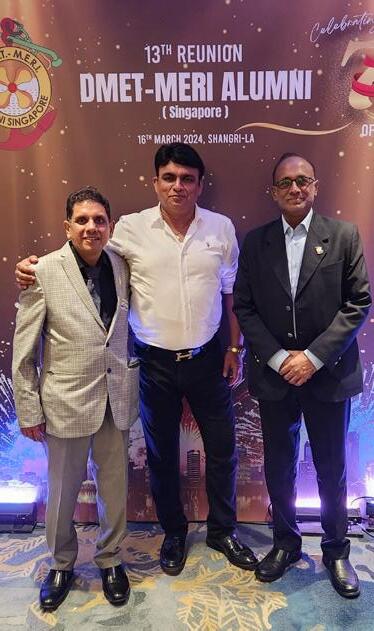
Management Pte. Ltd.
Ship Management Pte. Ltd.
Ship Management Pte. Ltd.
Ship Management Pte. Ltd.
Management Pte. Ltd.
Pacific Shipping Pte. Ltd.
Ship Management Pte. Ltd.



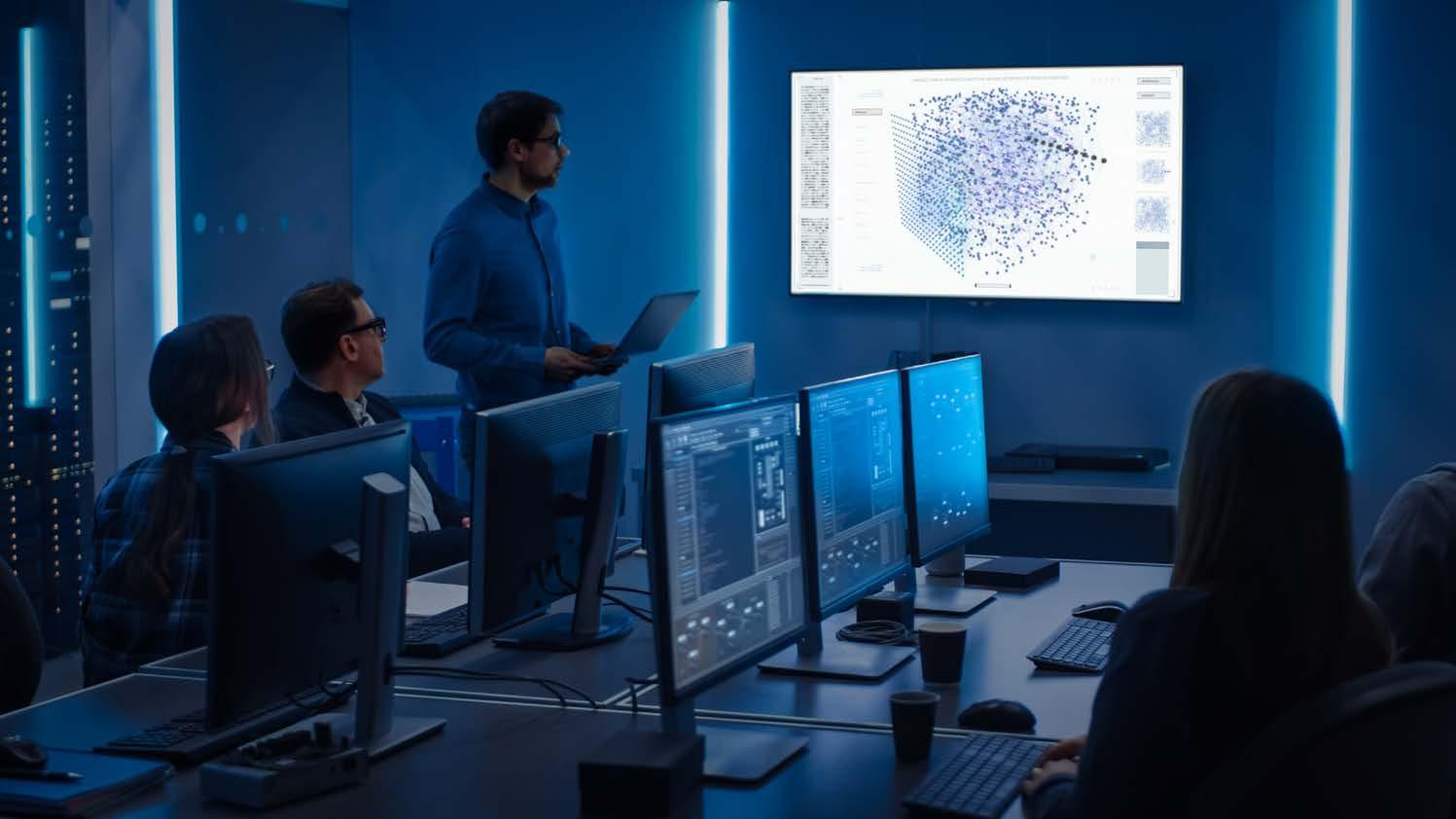
“SADAN”
At sea and ashore, Synergy has proudly and successfully engaged a great many DMET alumni.
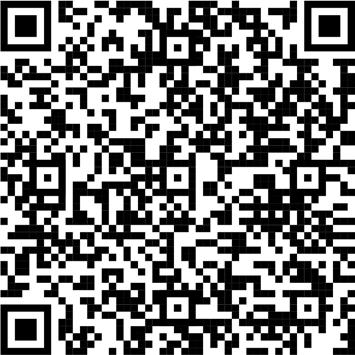

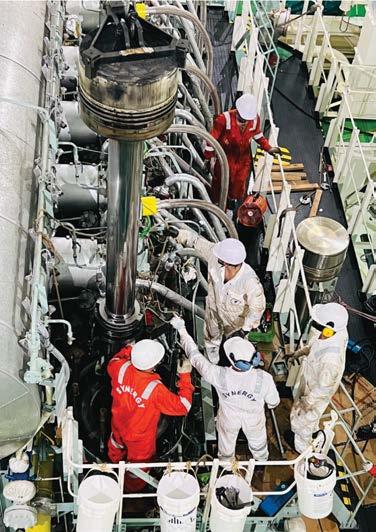

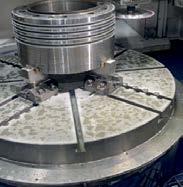
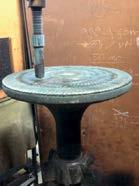
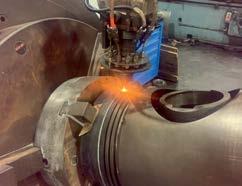
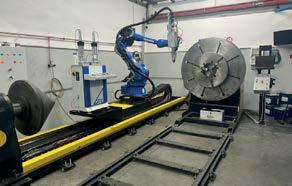

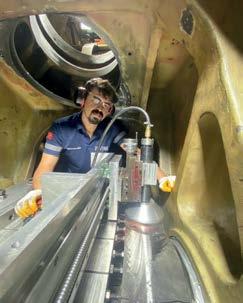


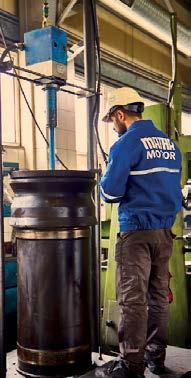



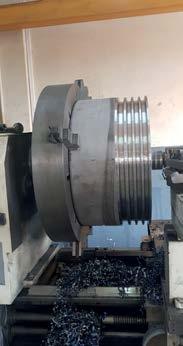

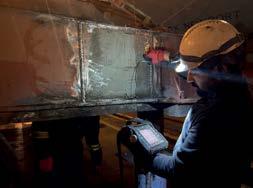

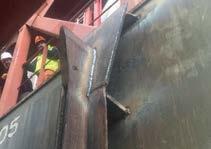

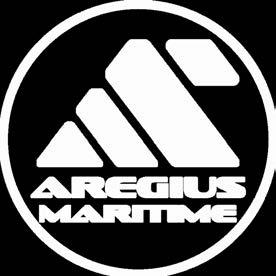







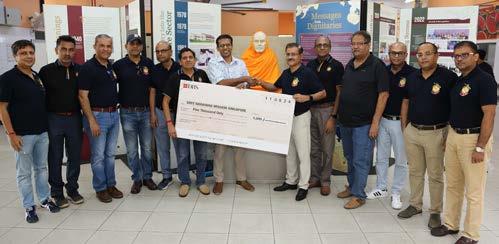
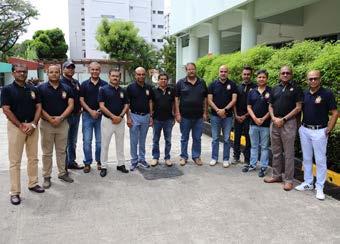

RAMAKRISHNA

